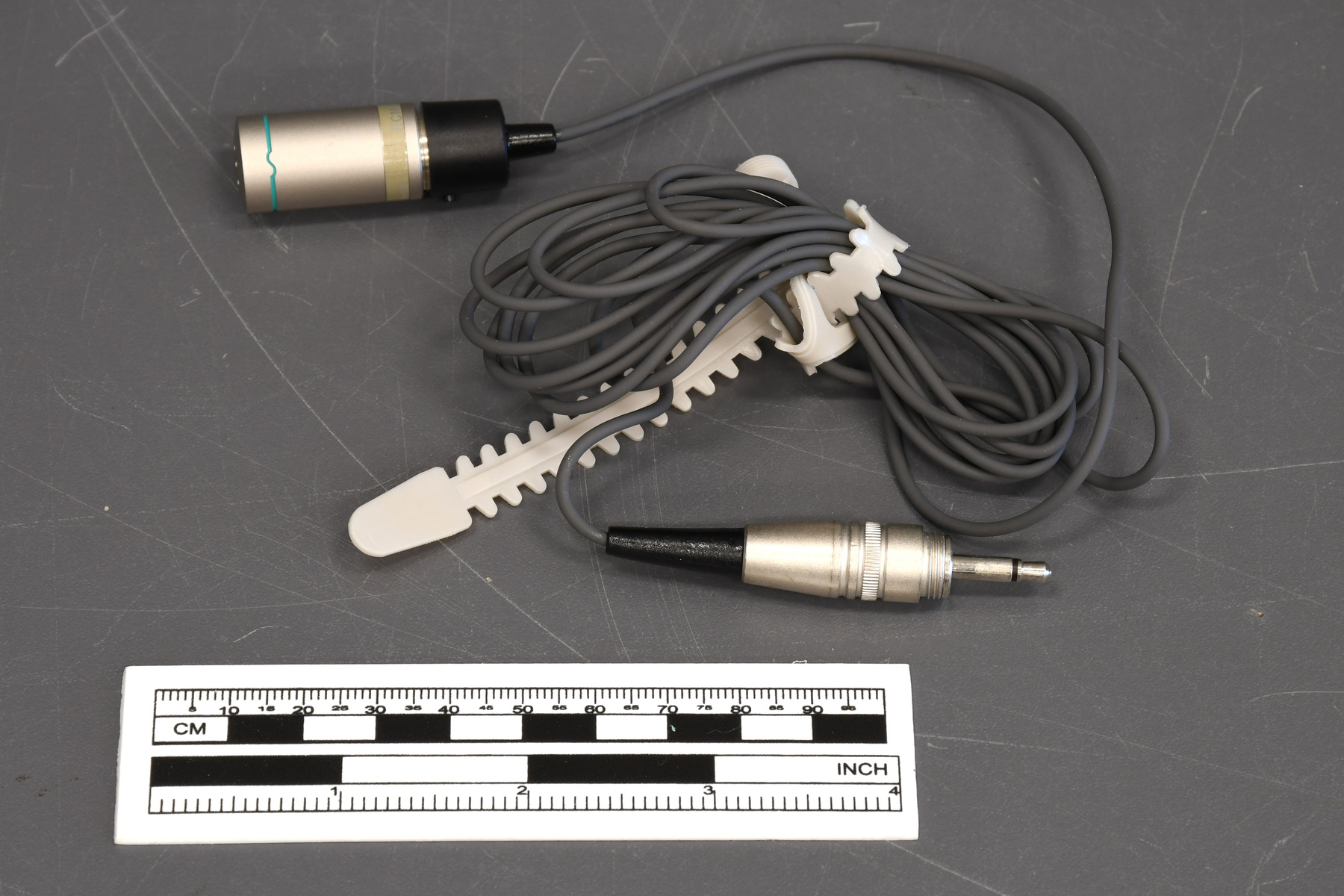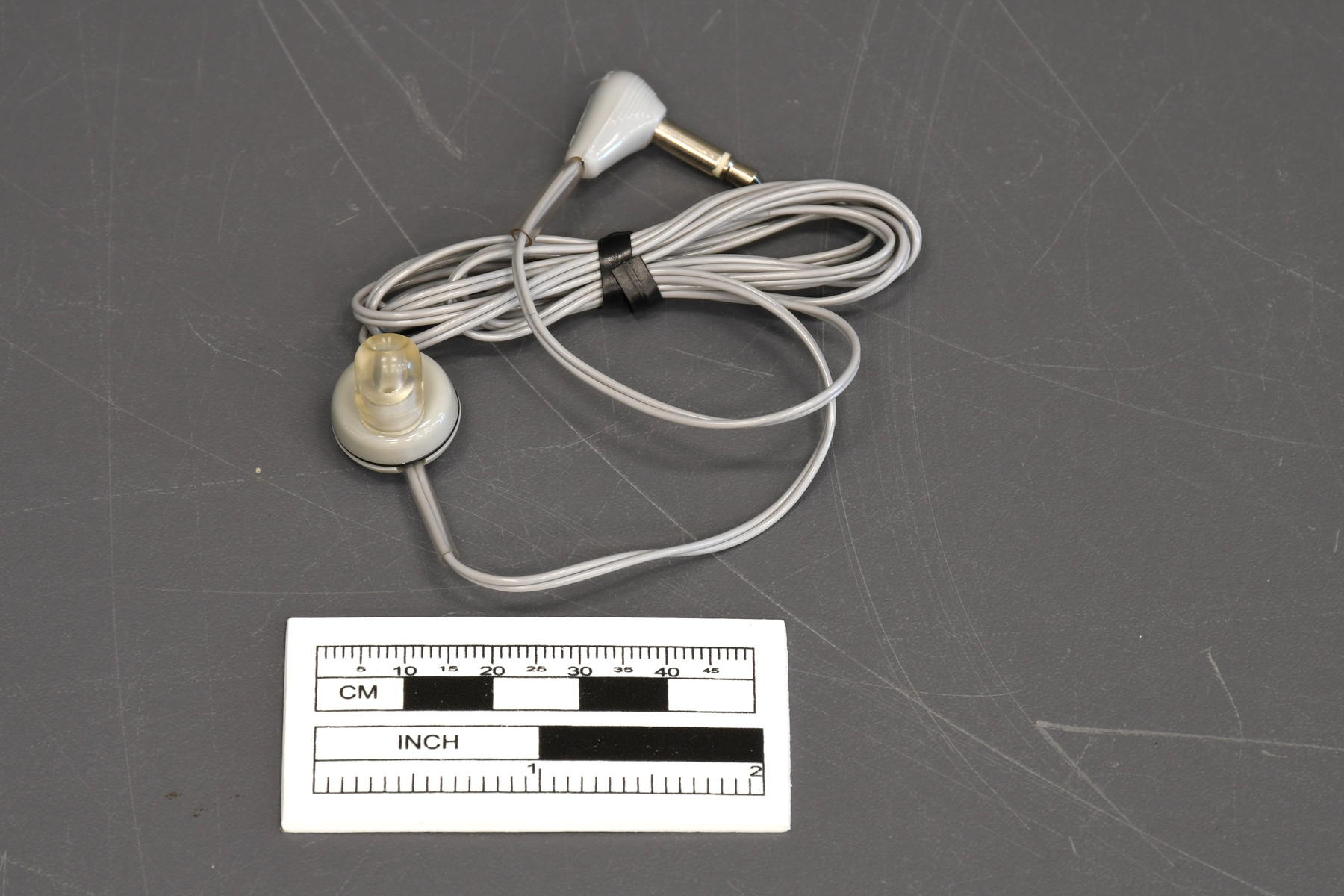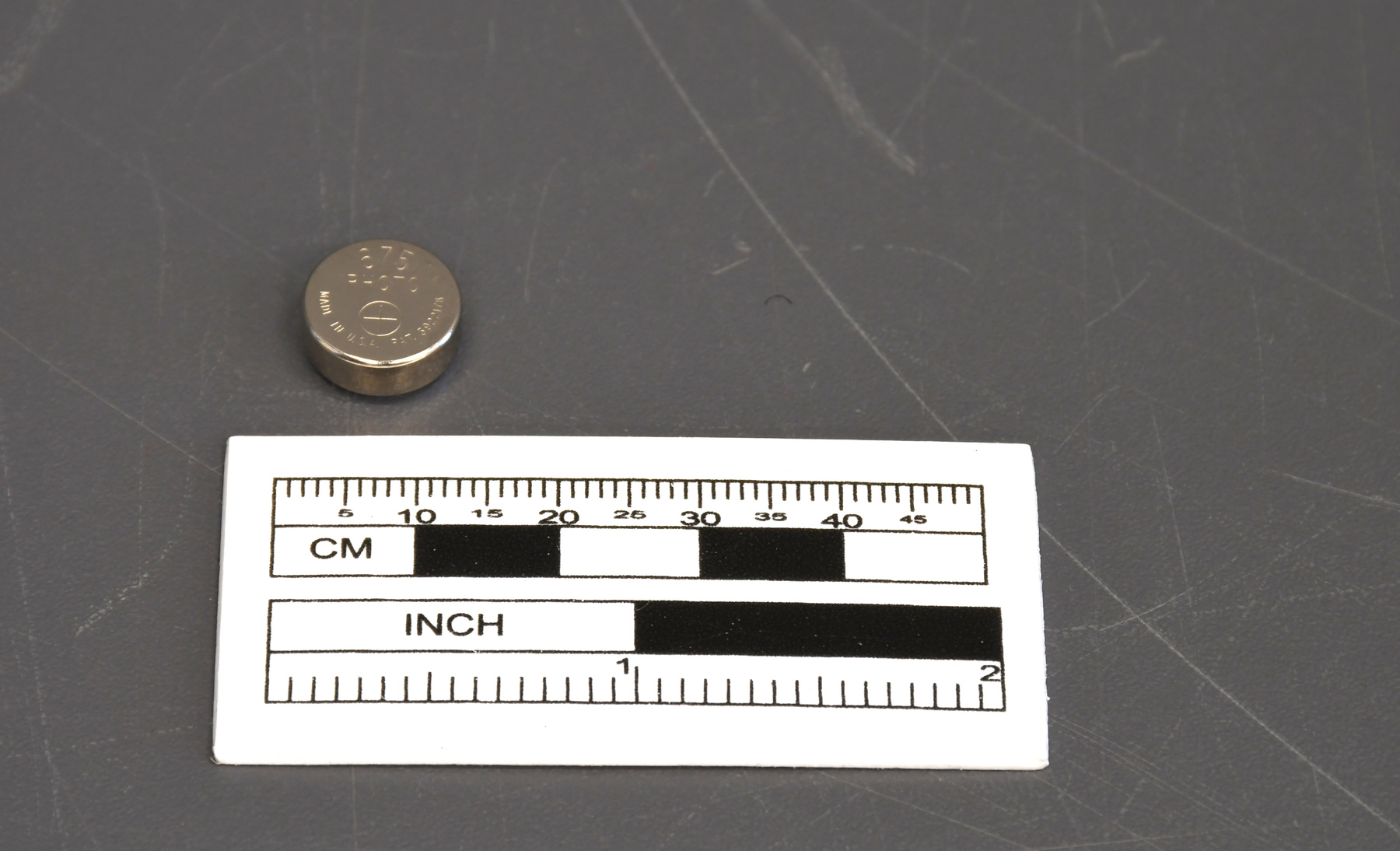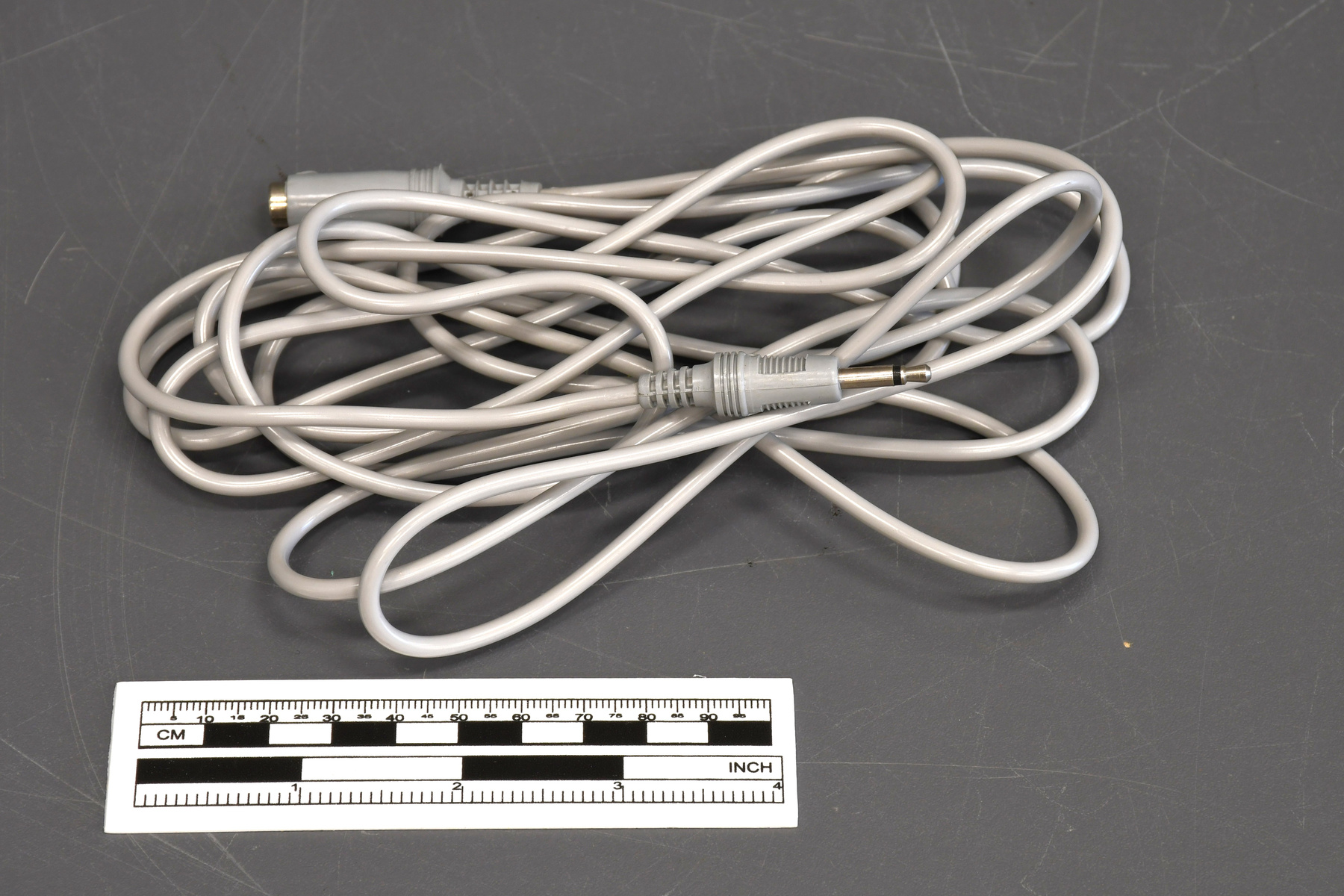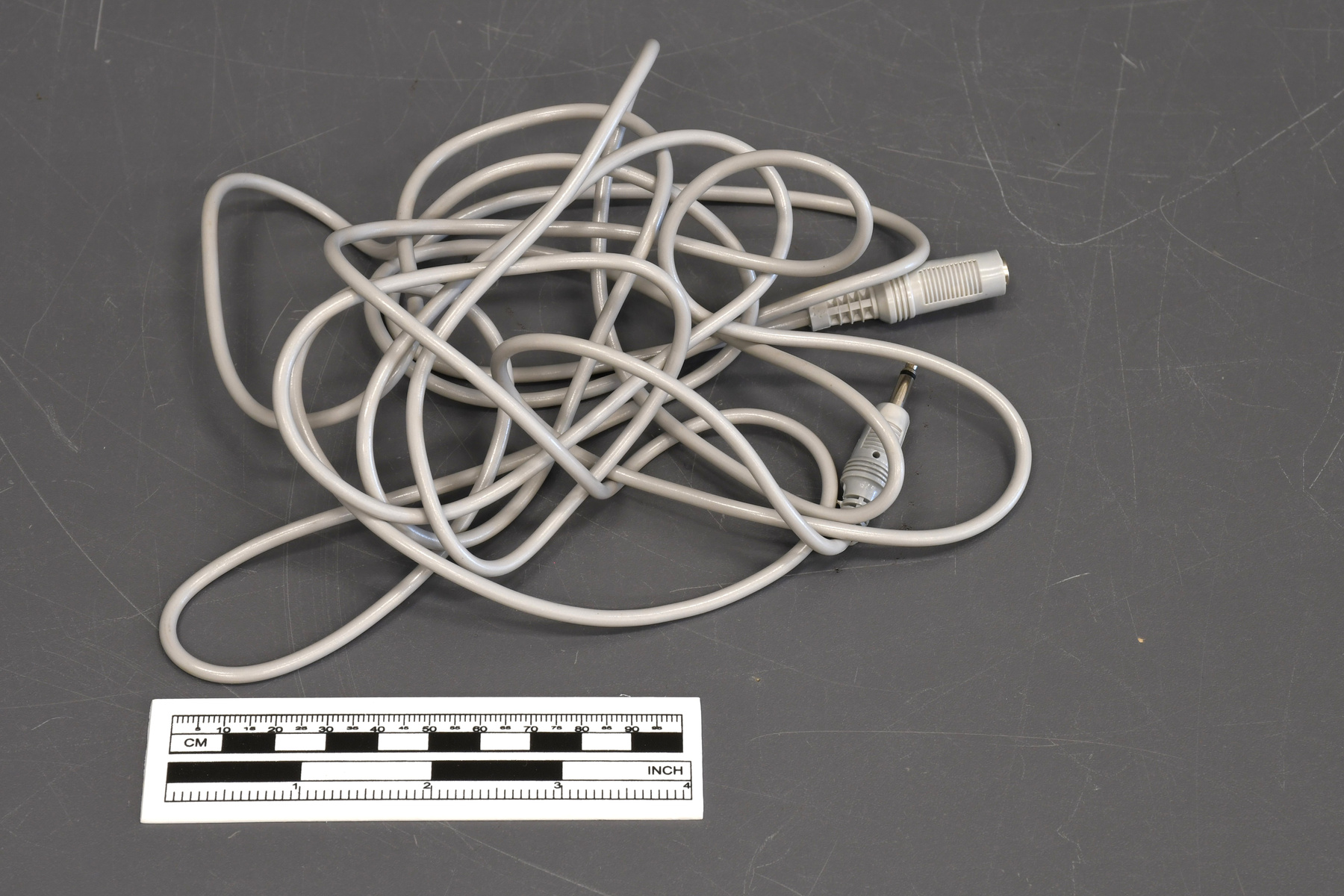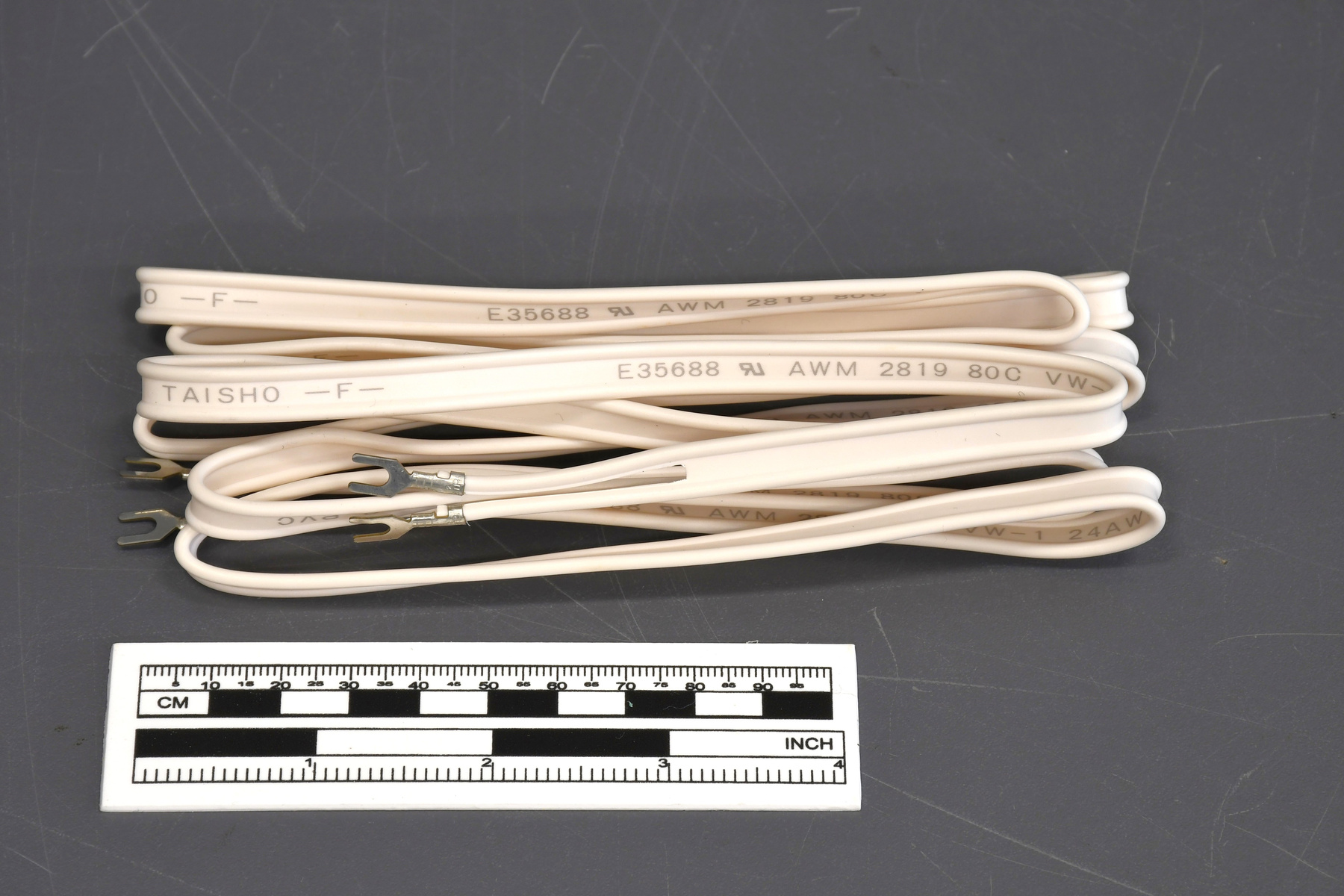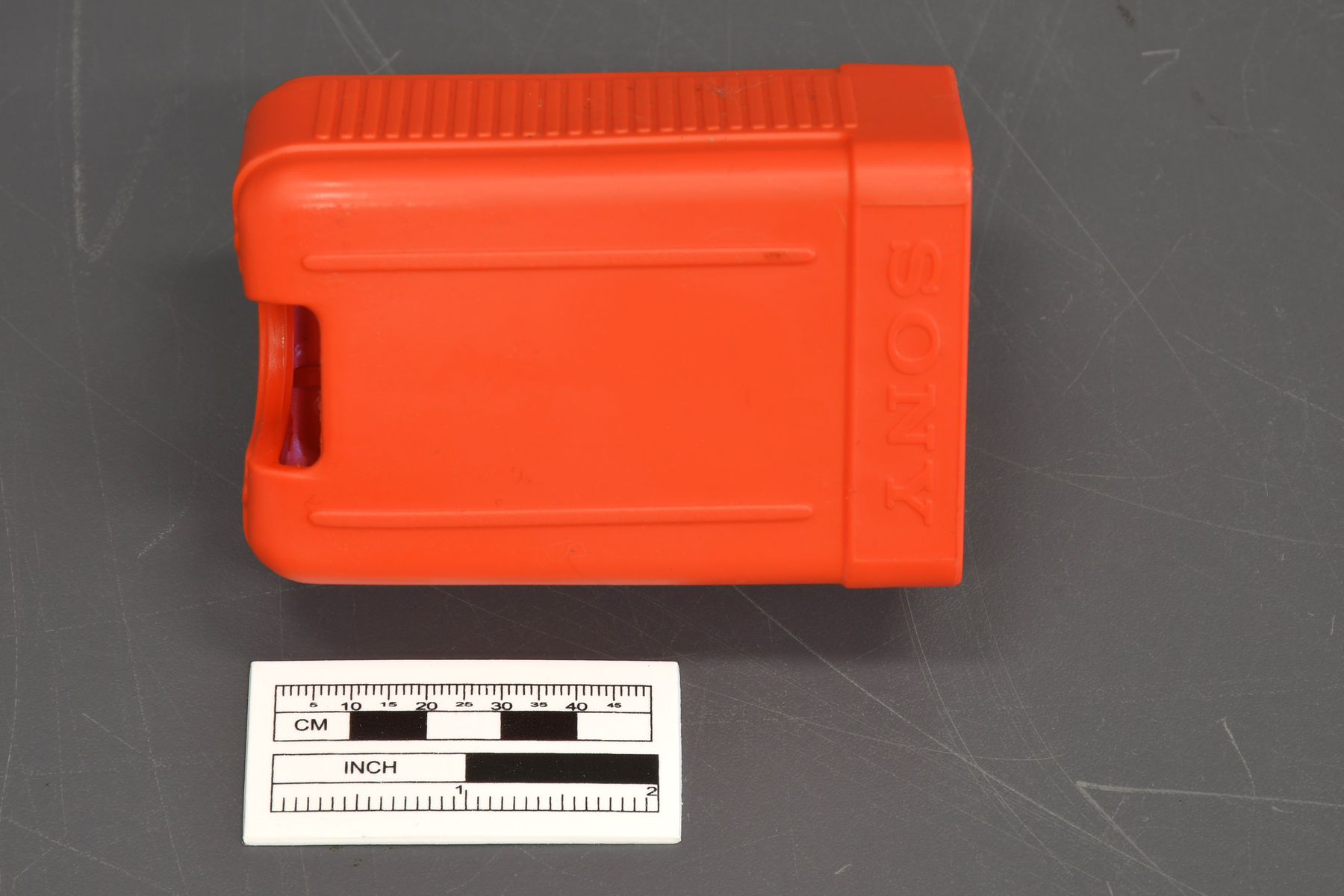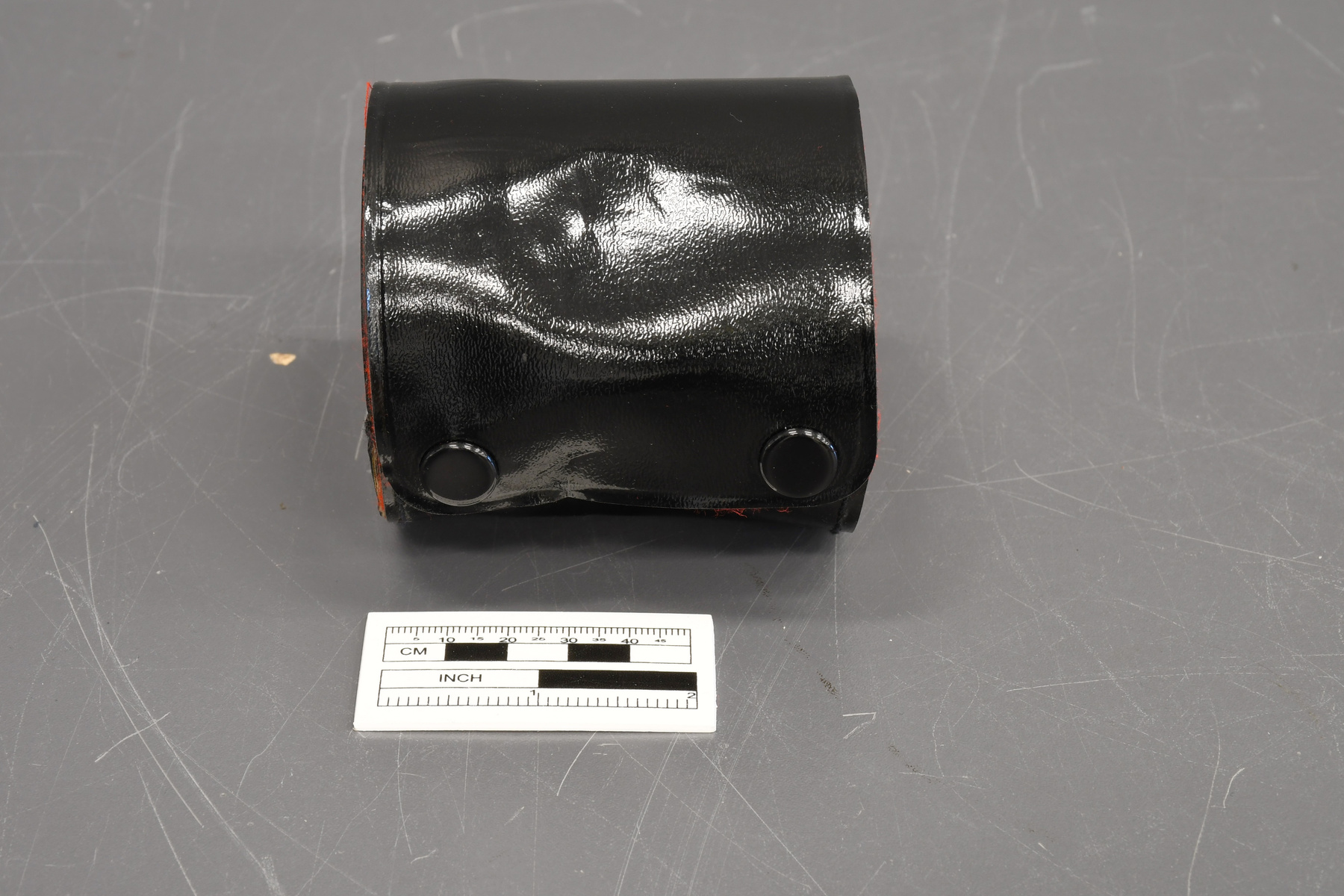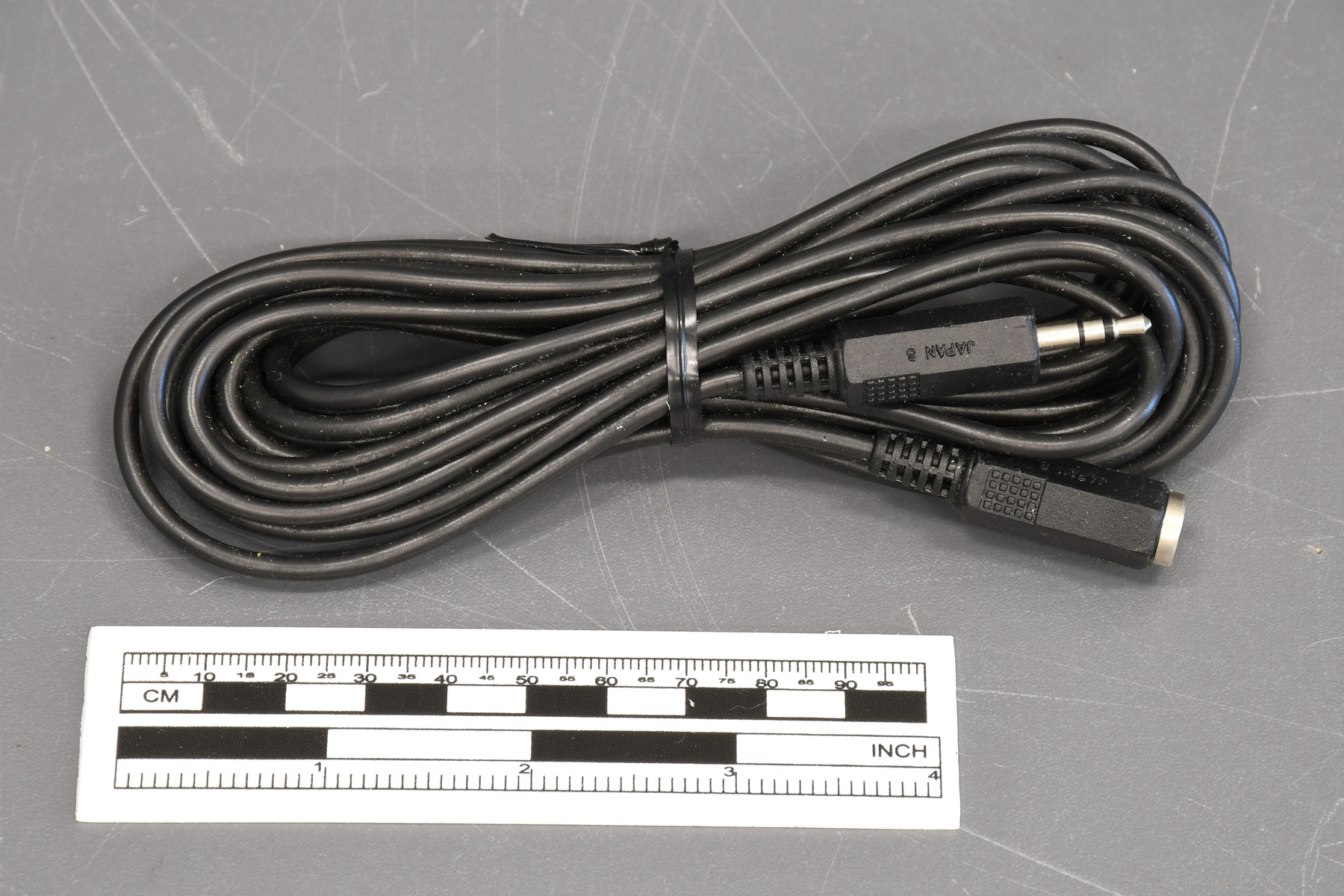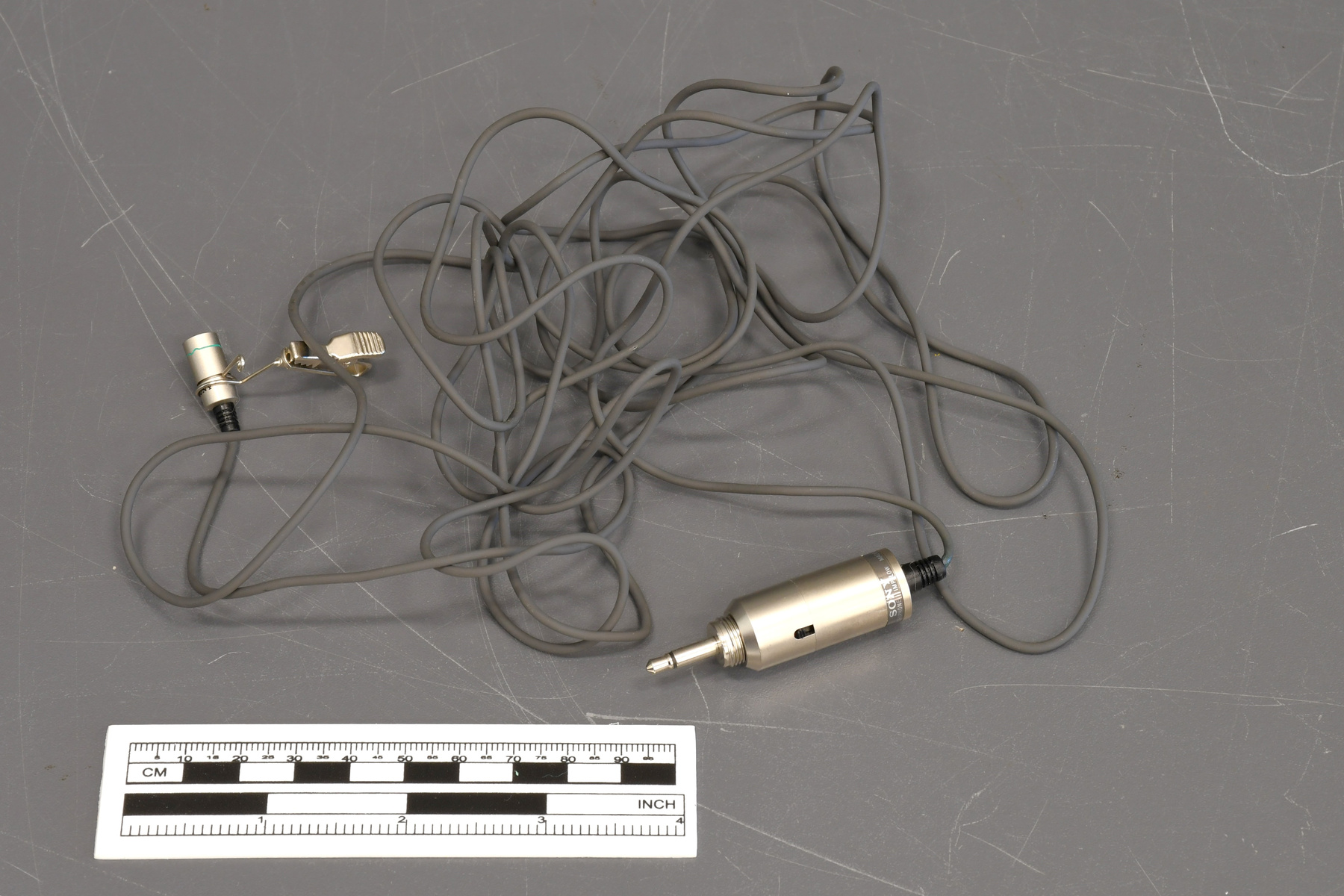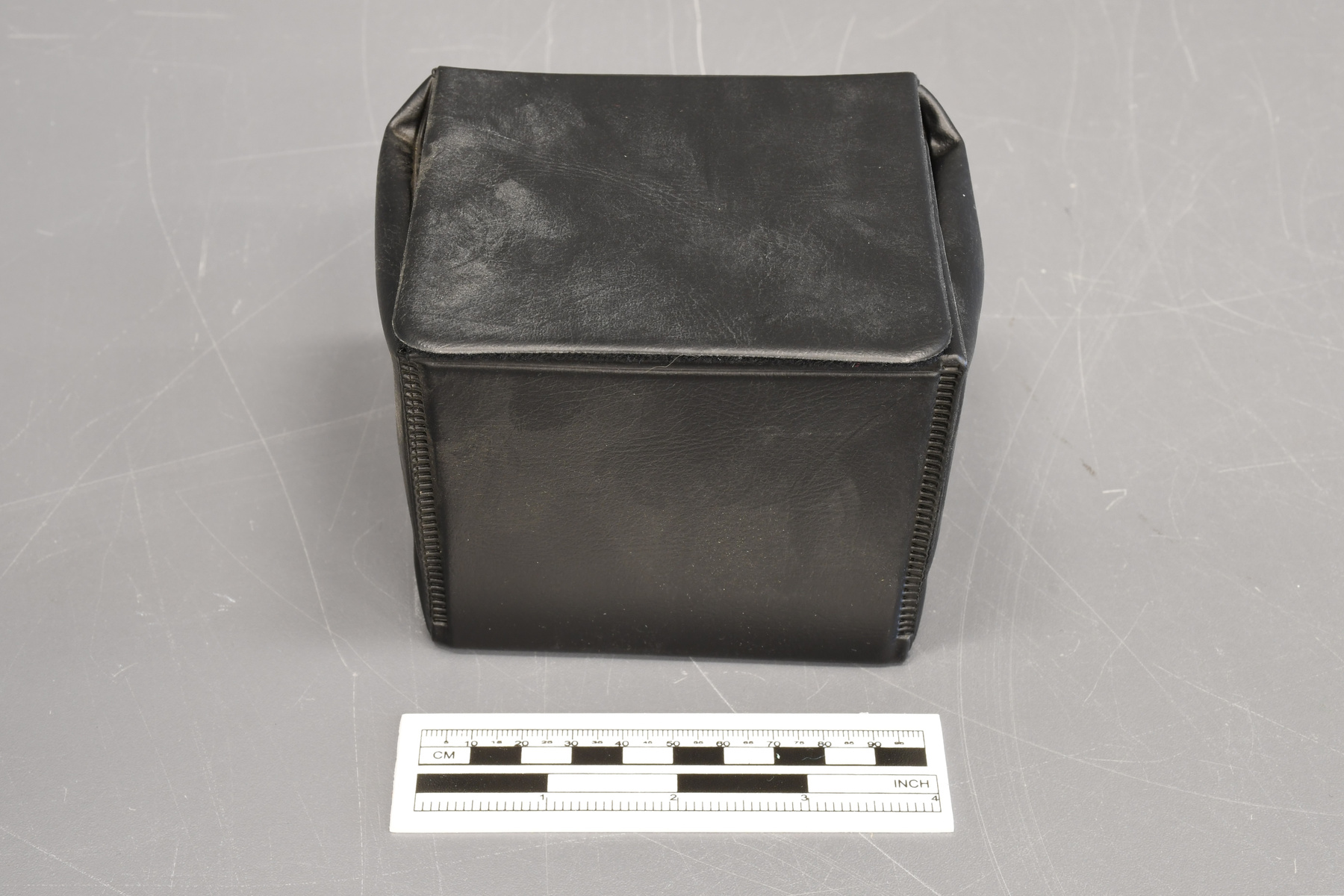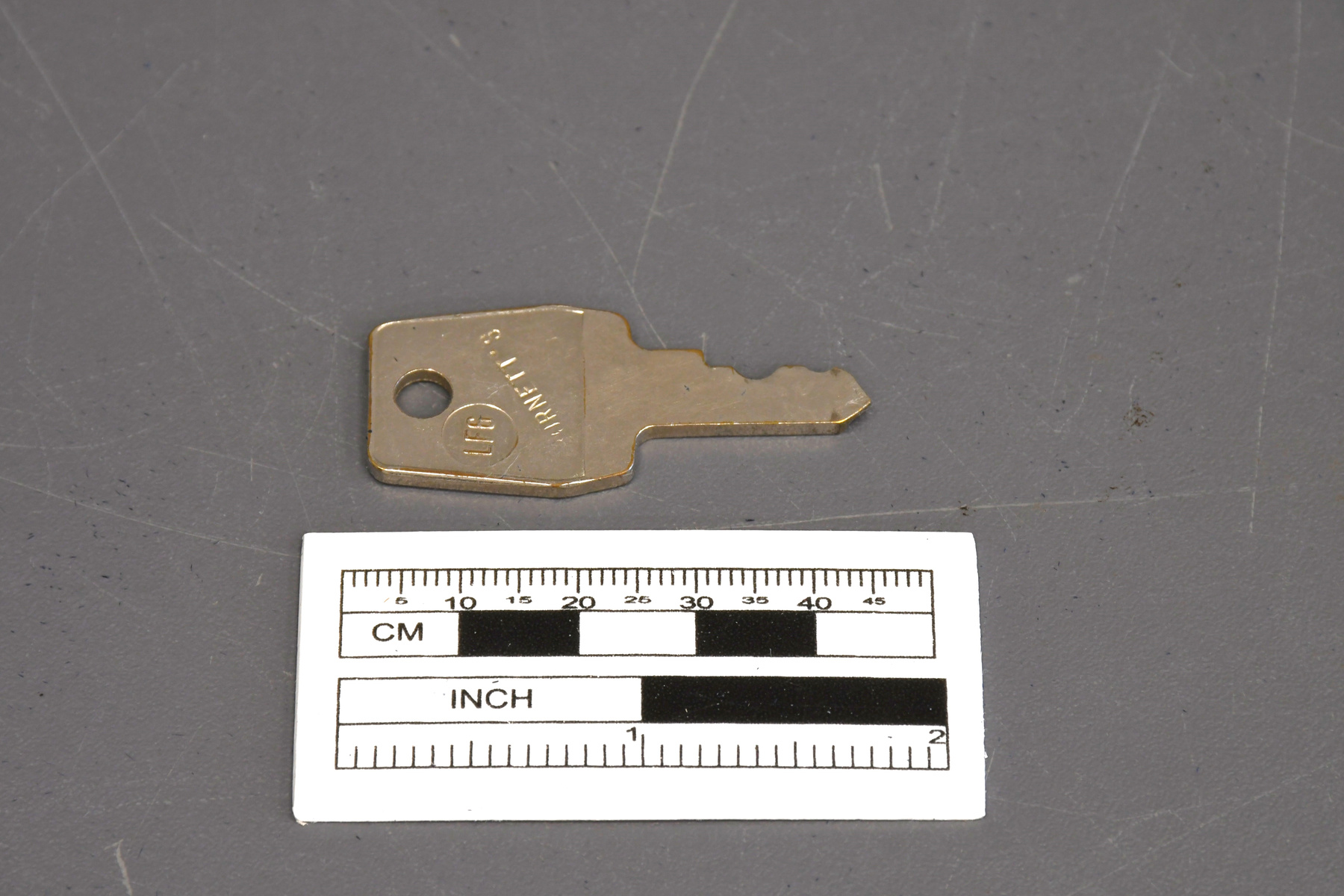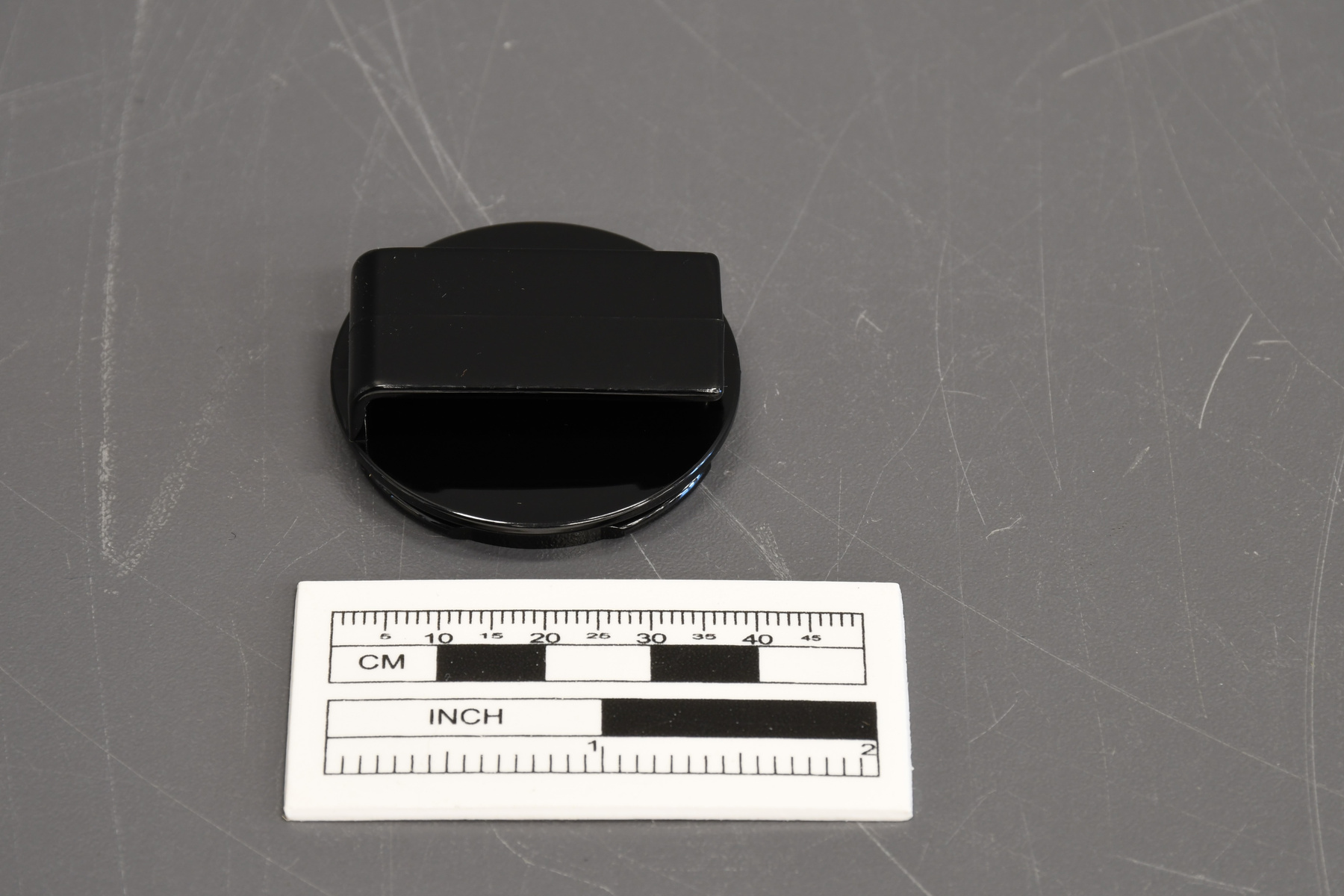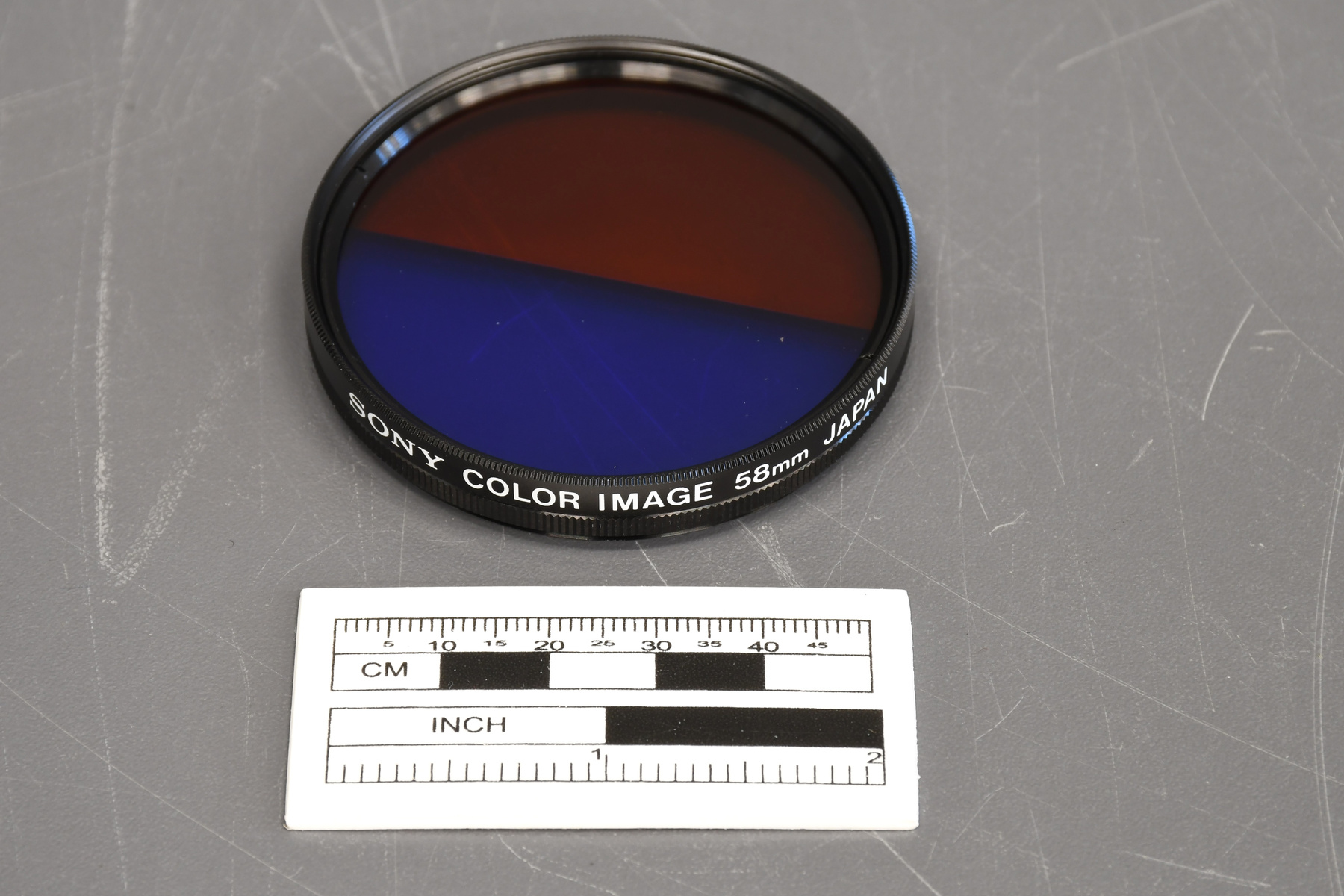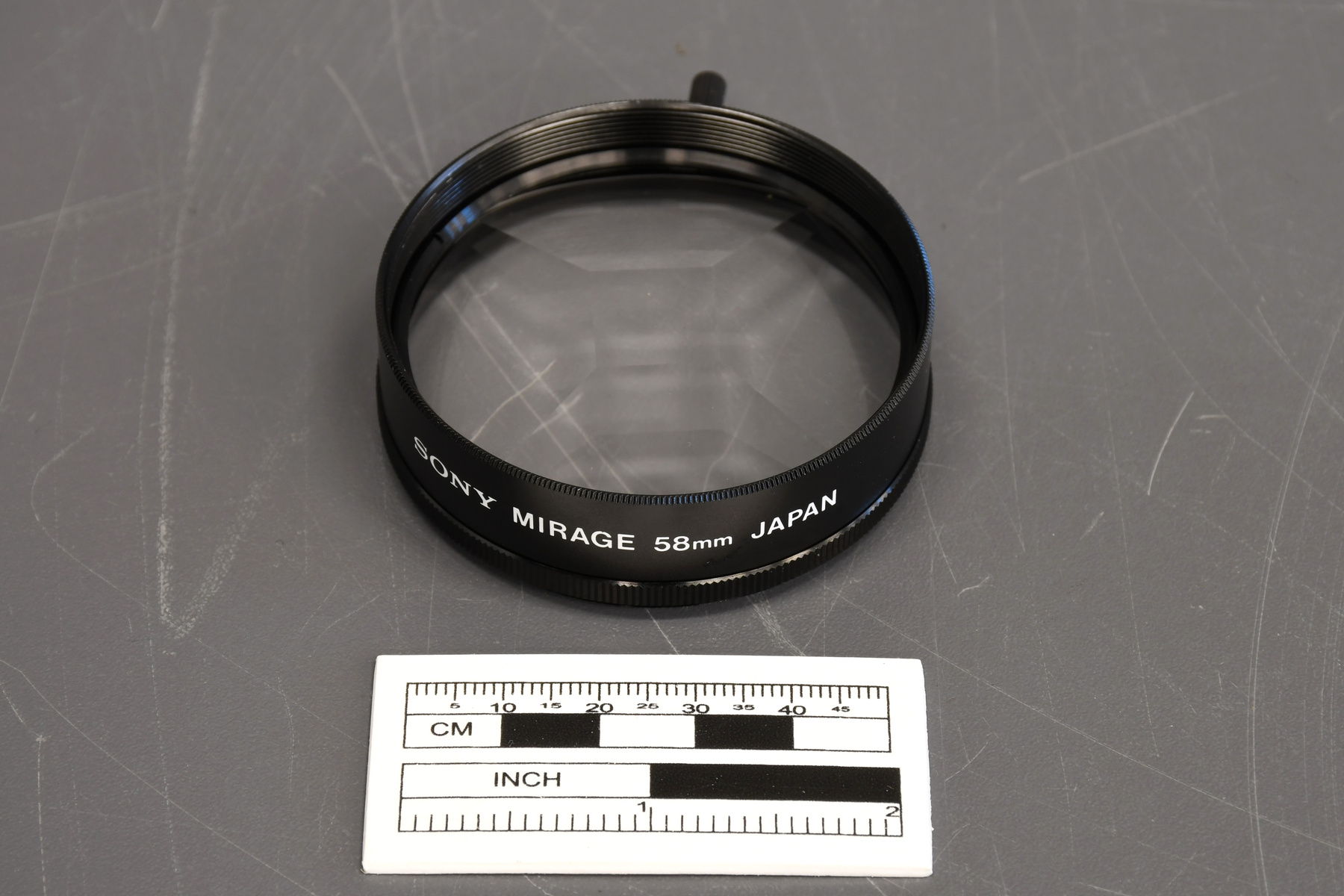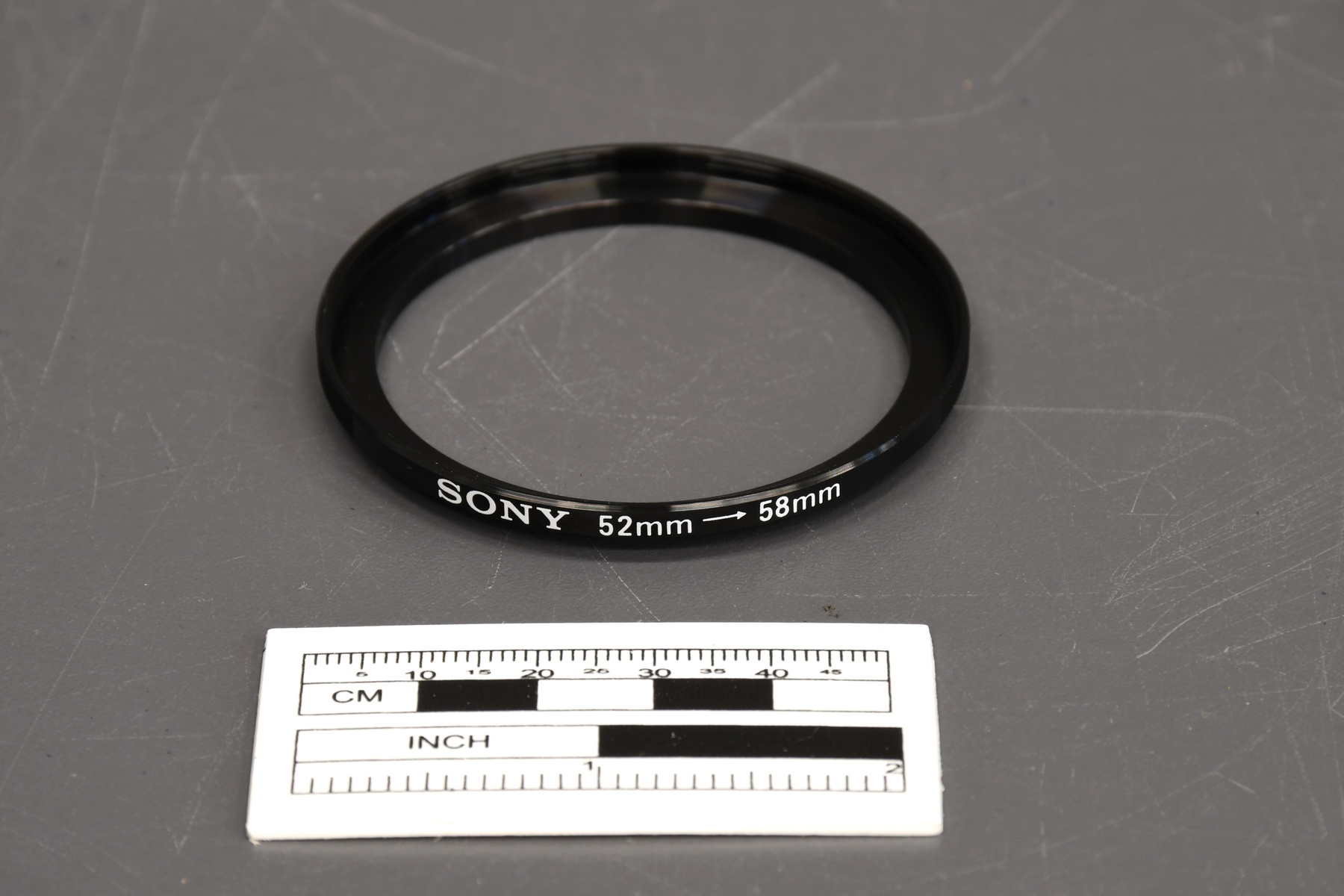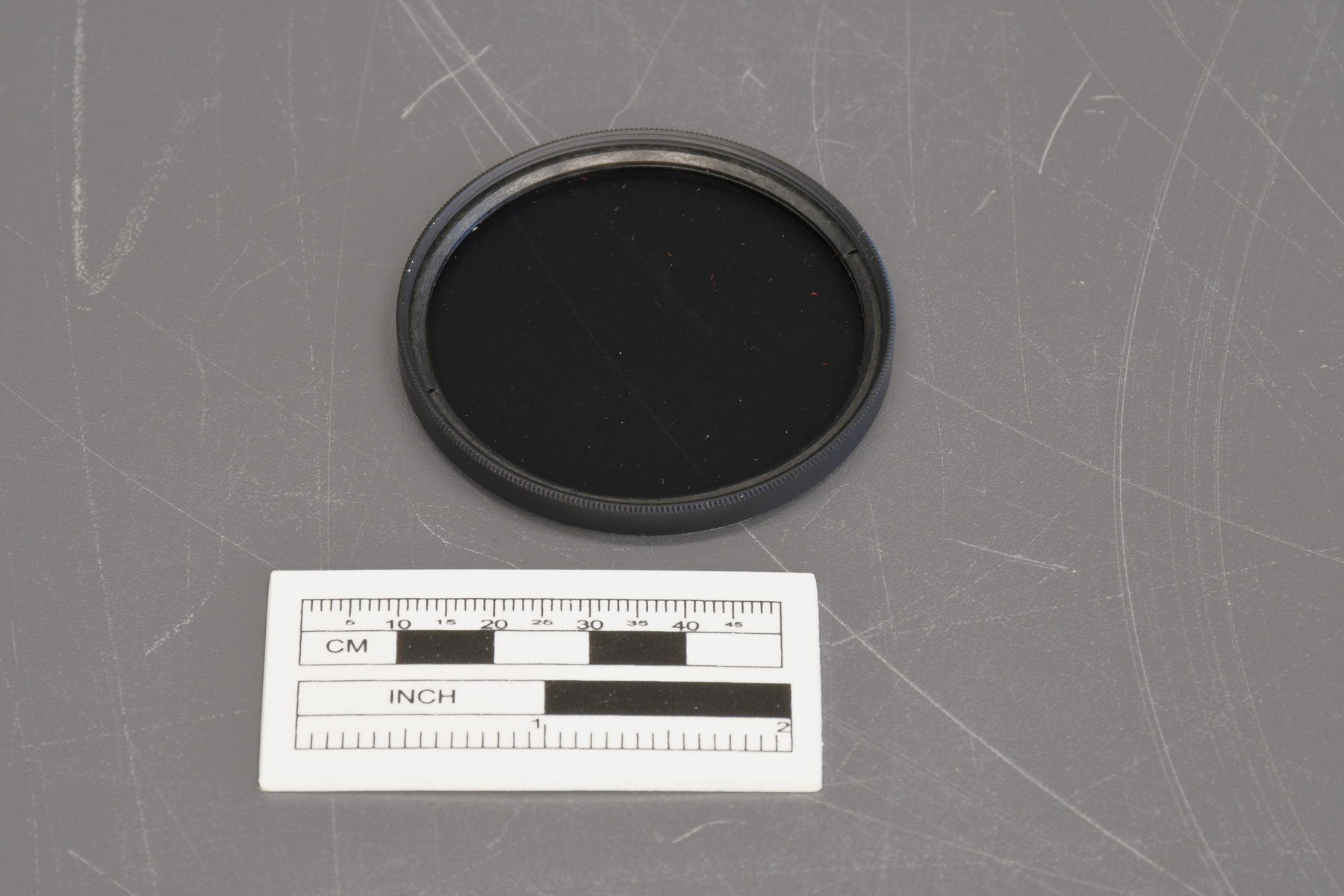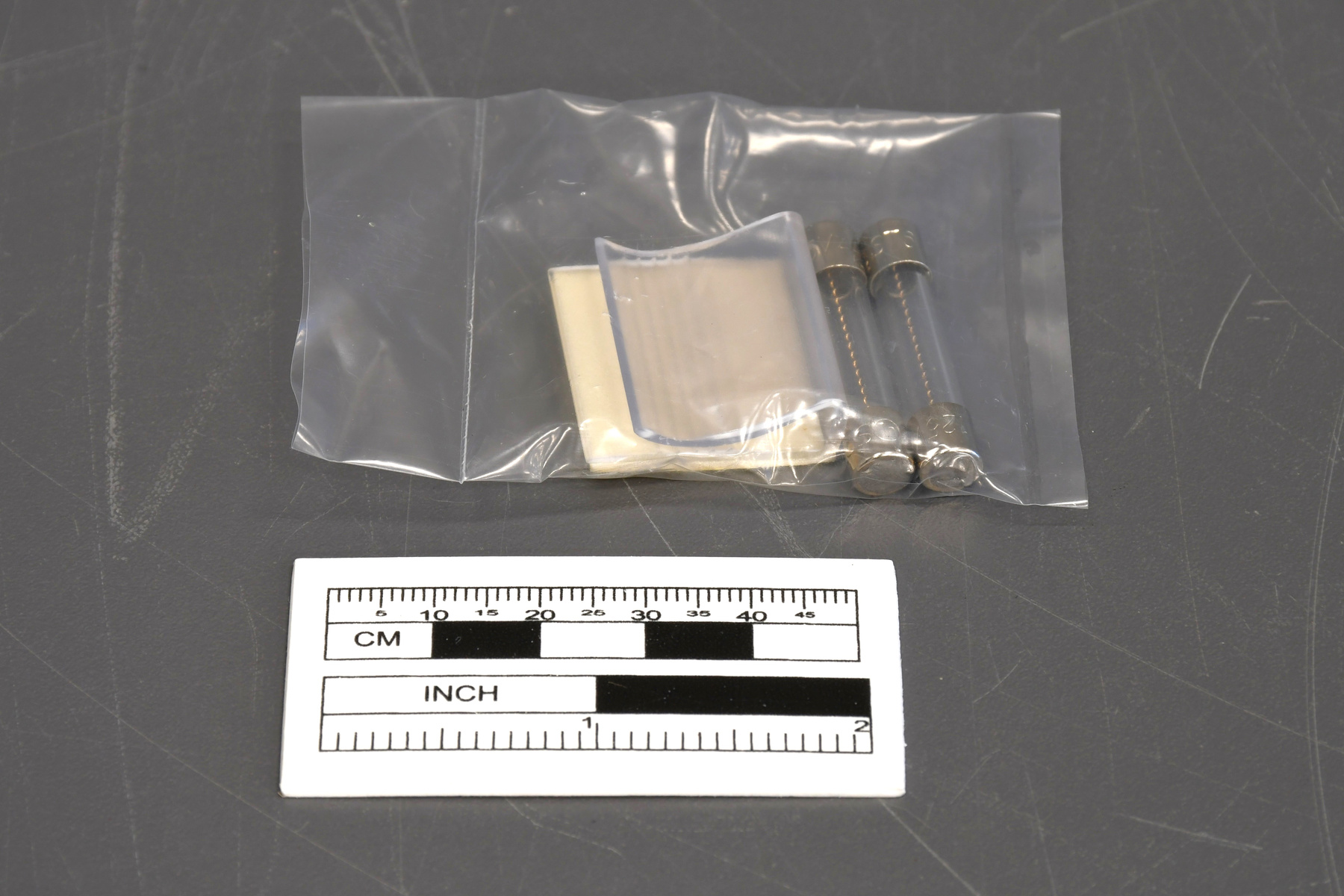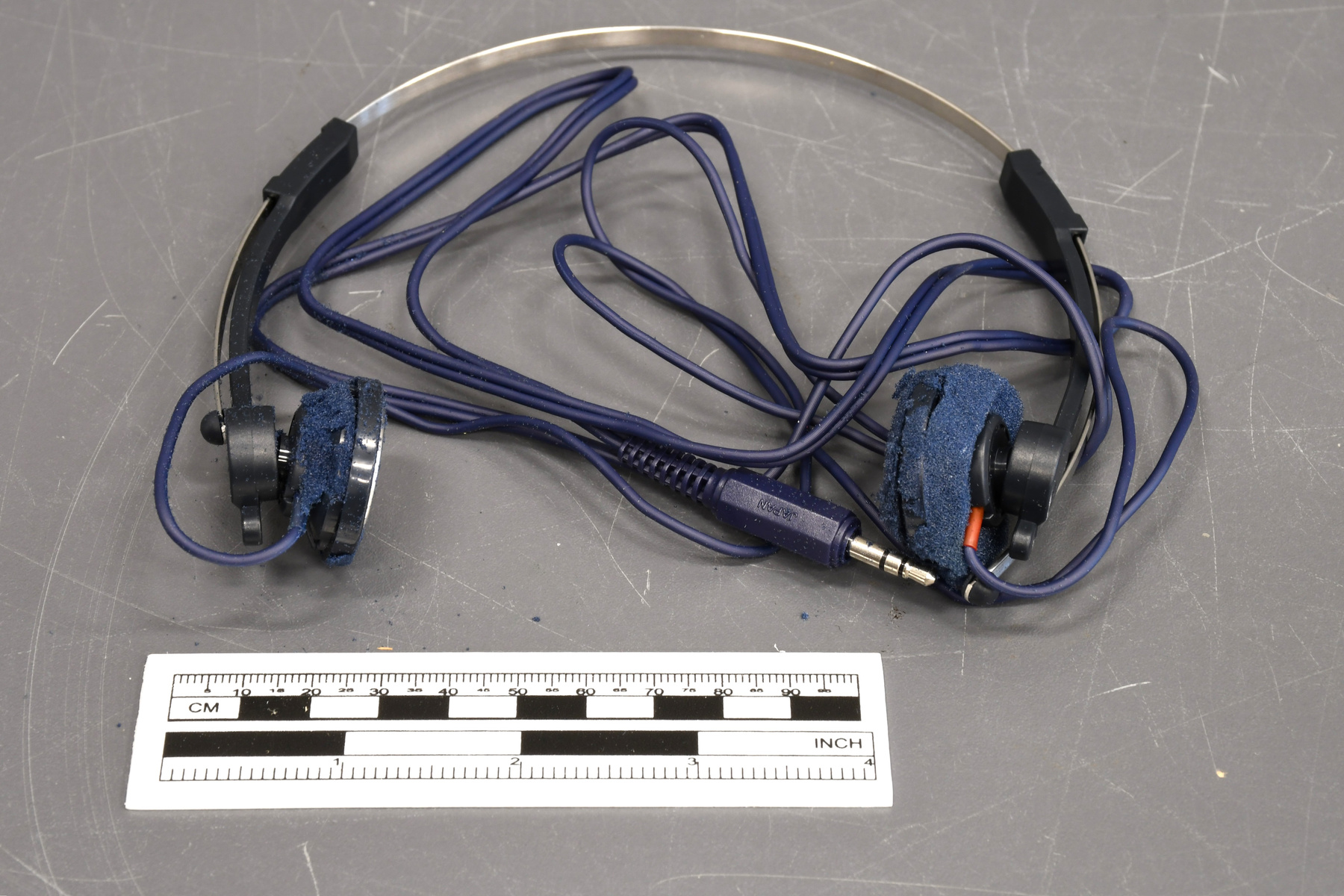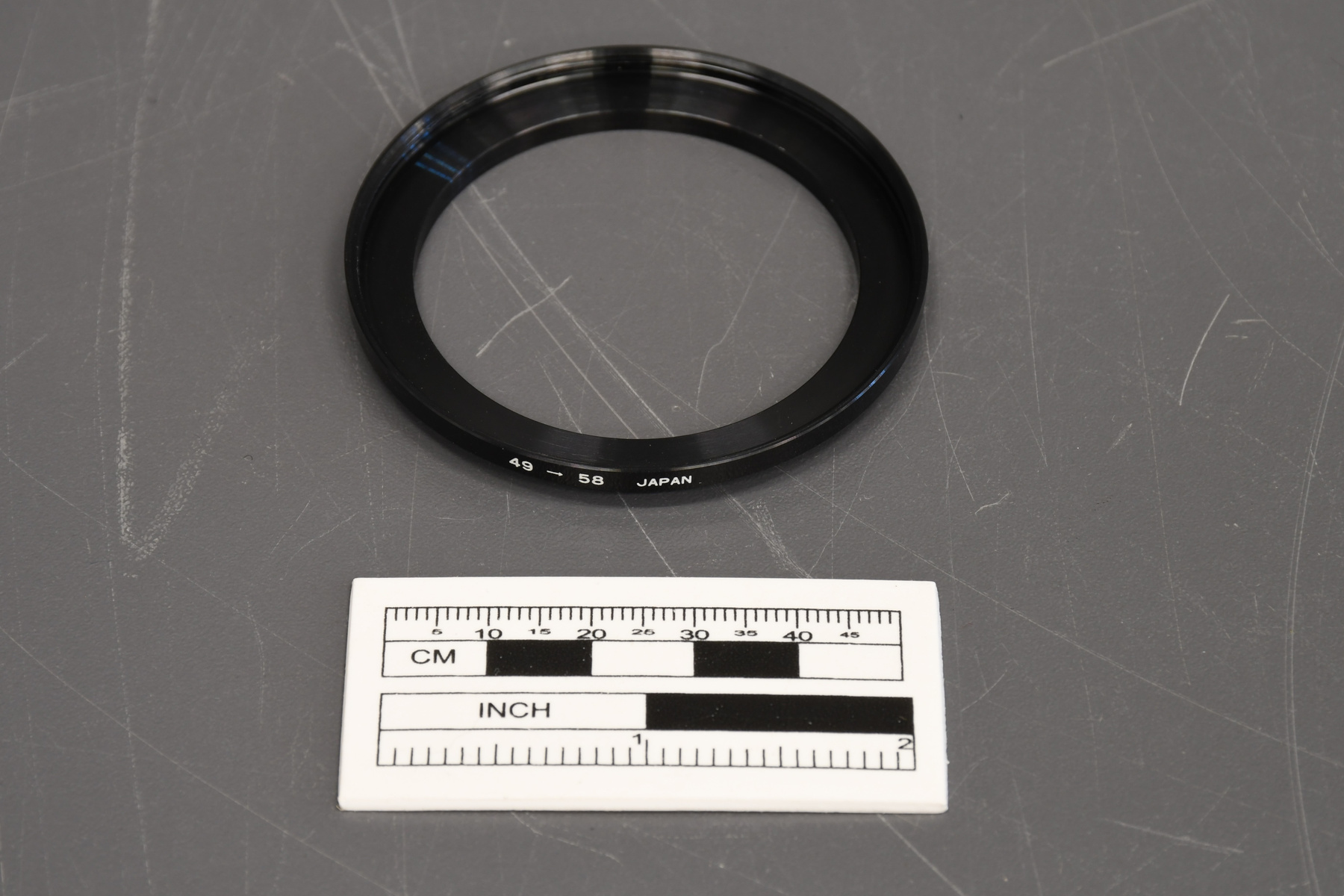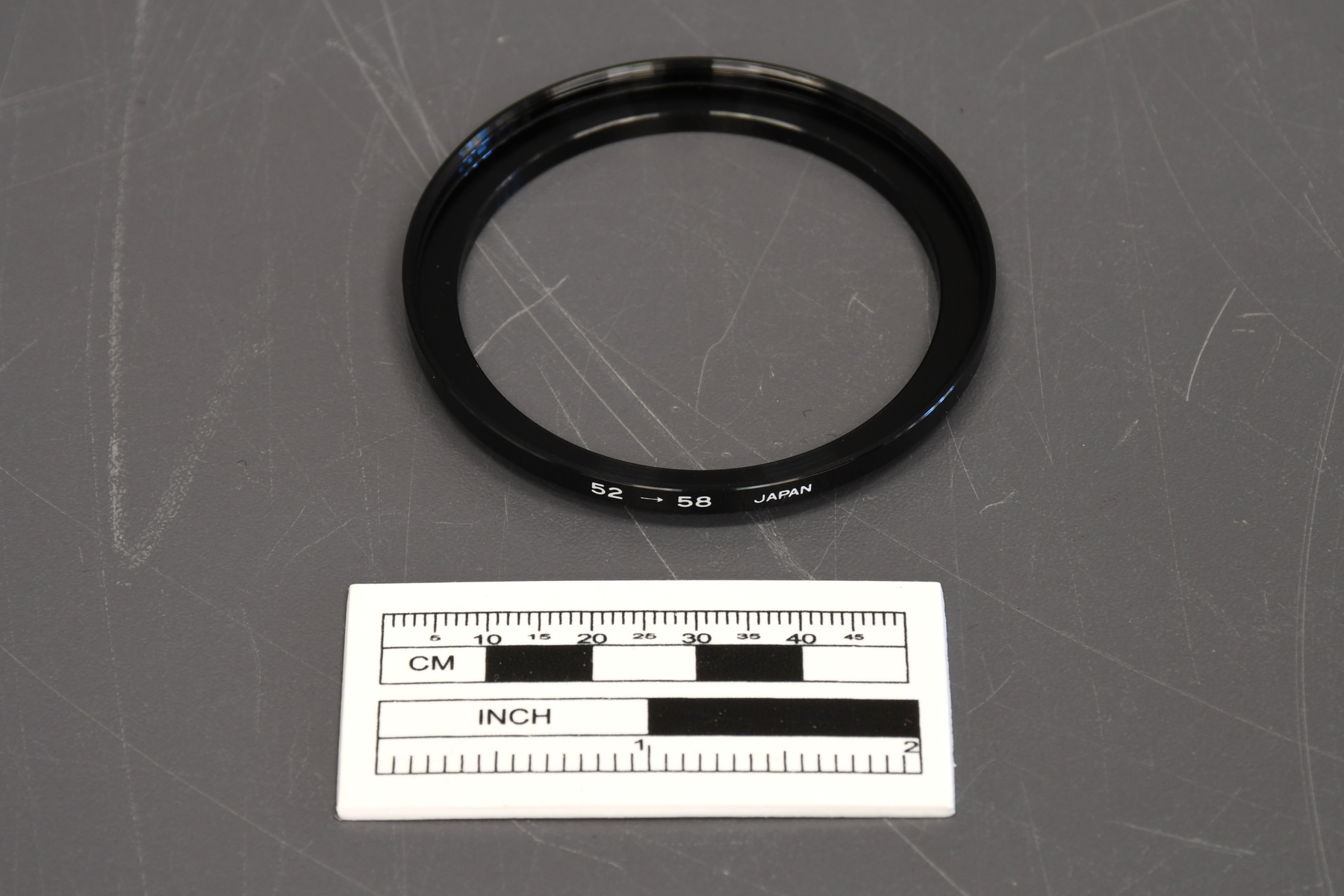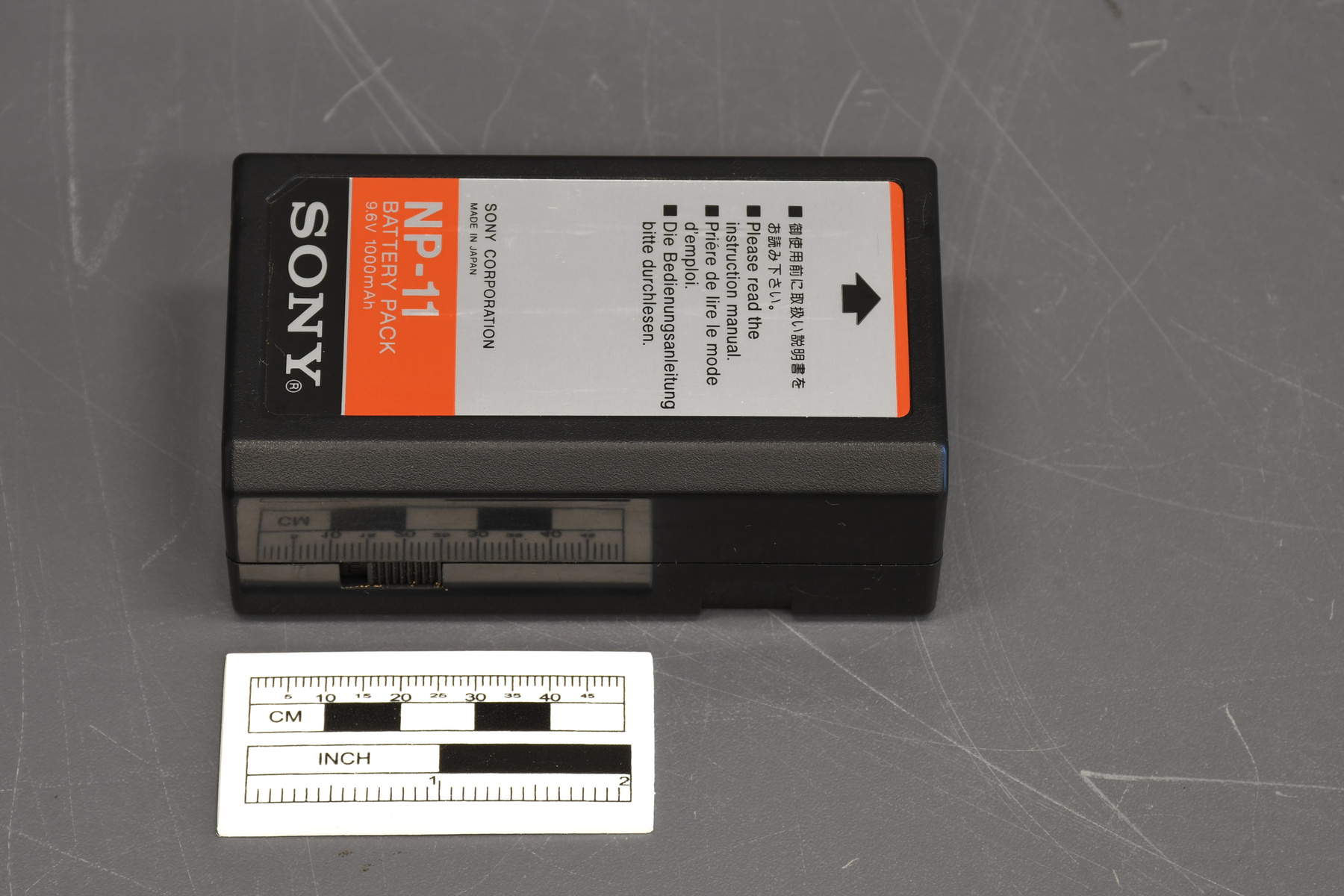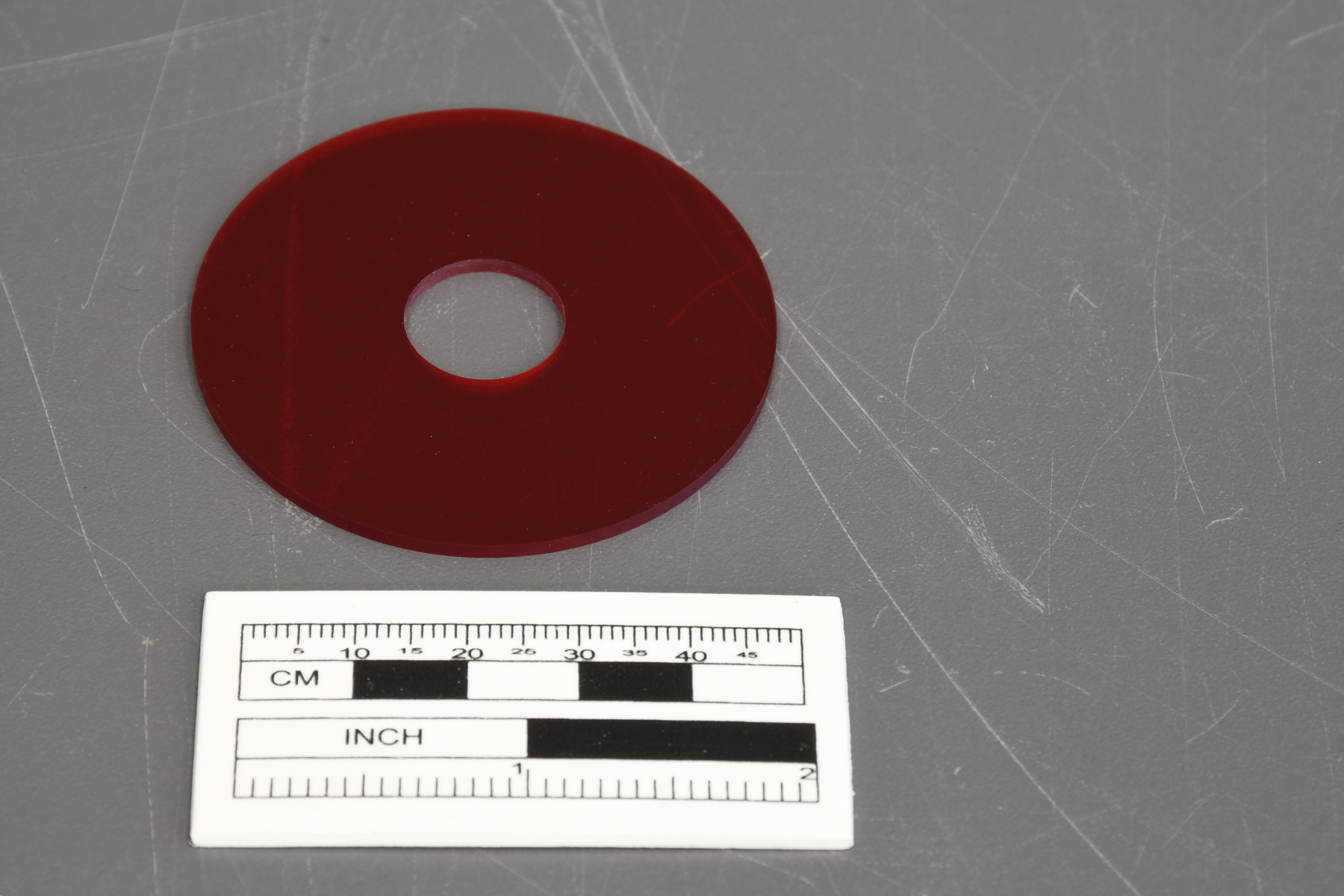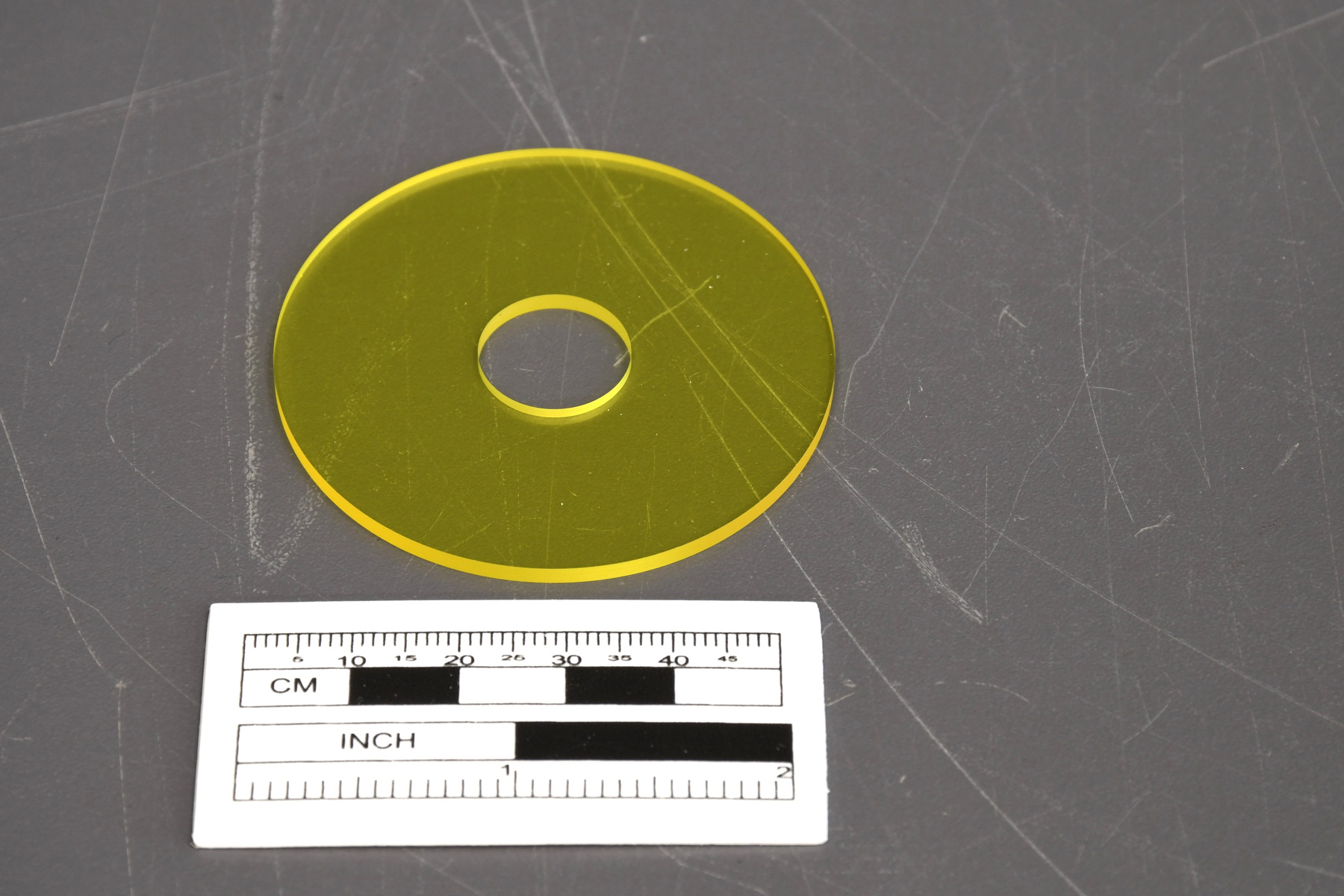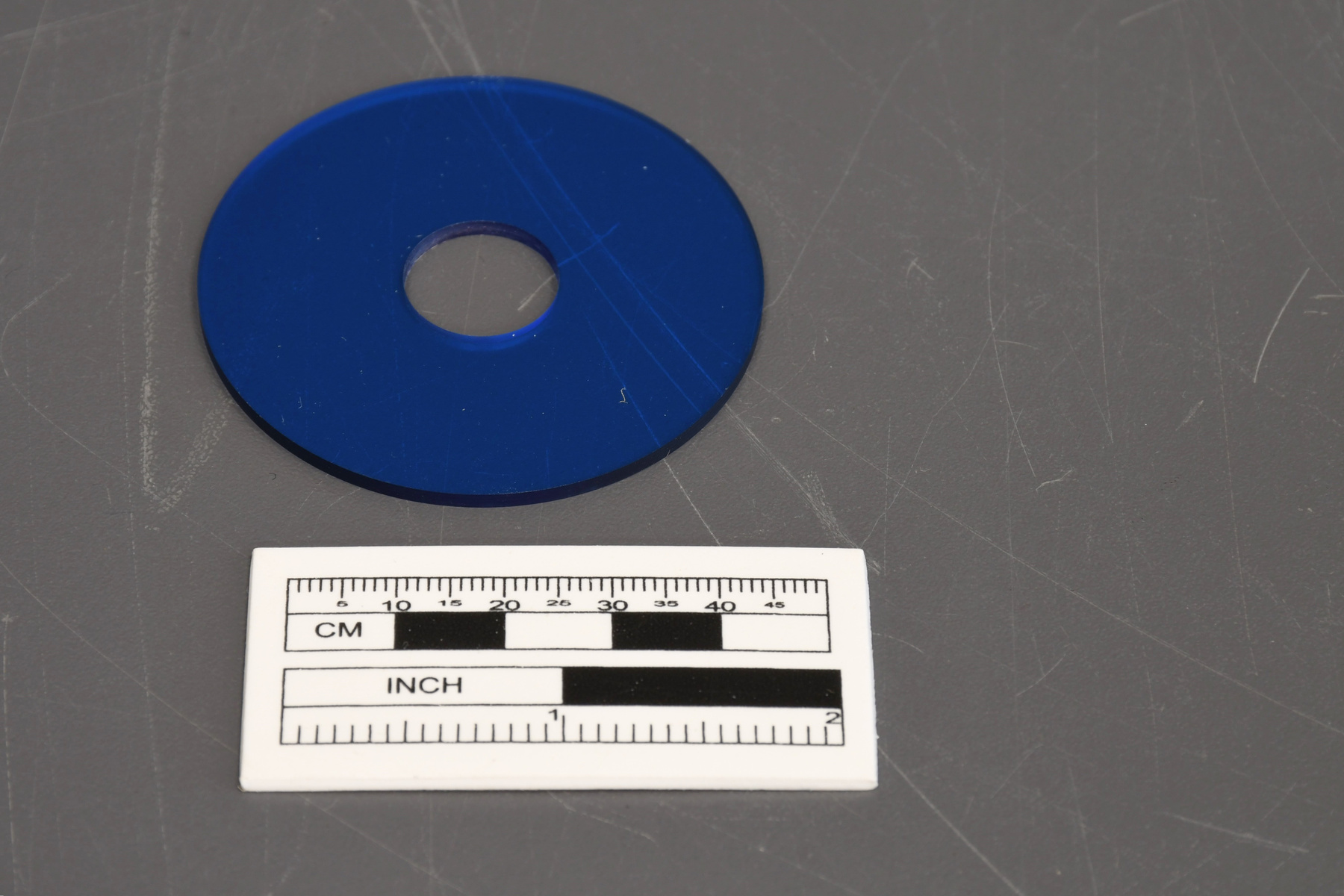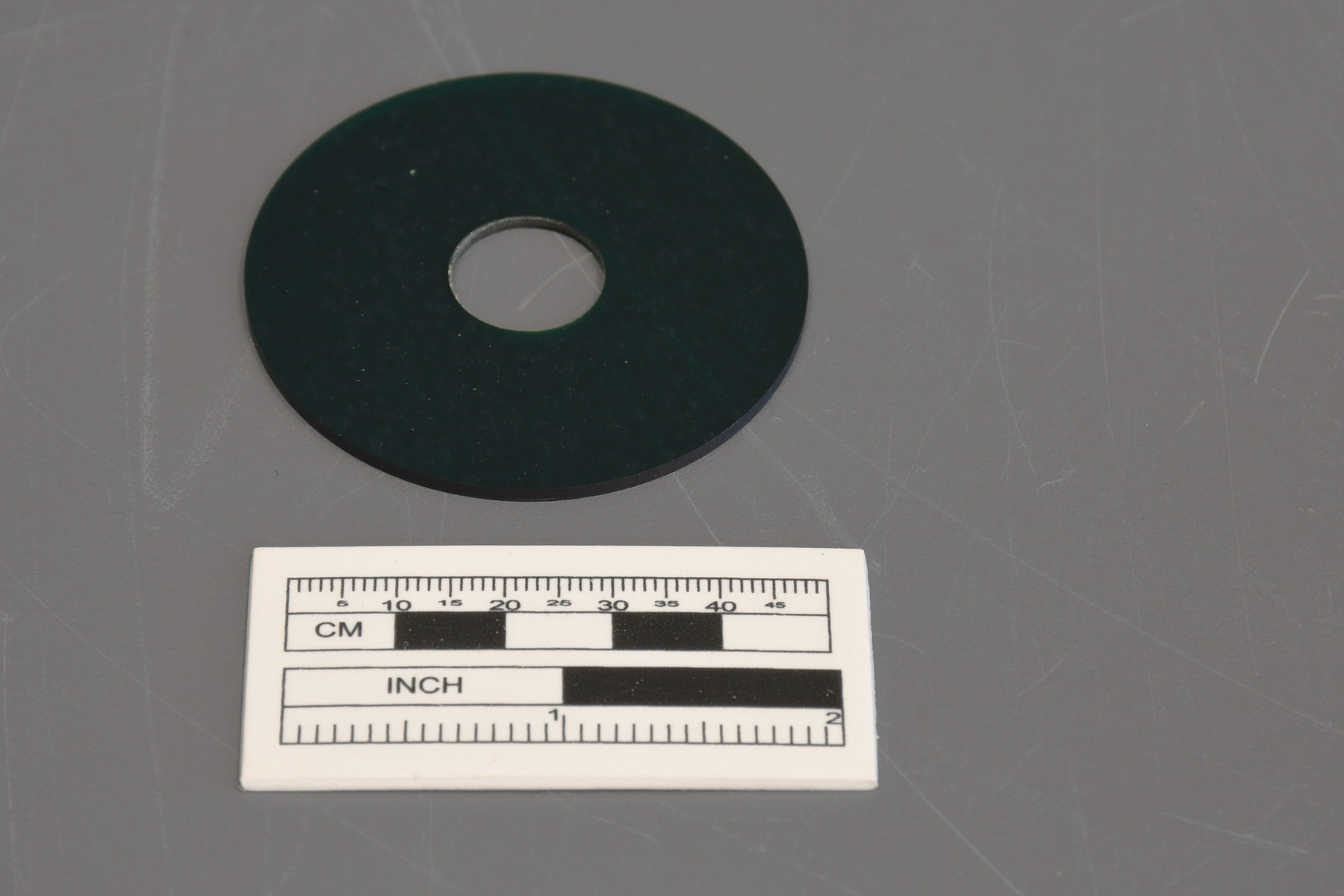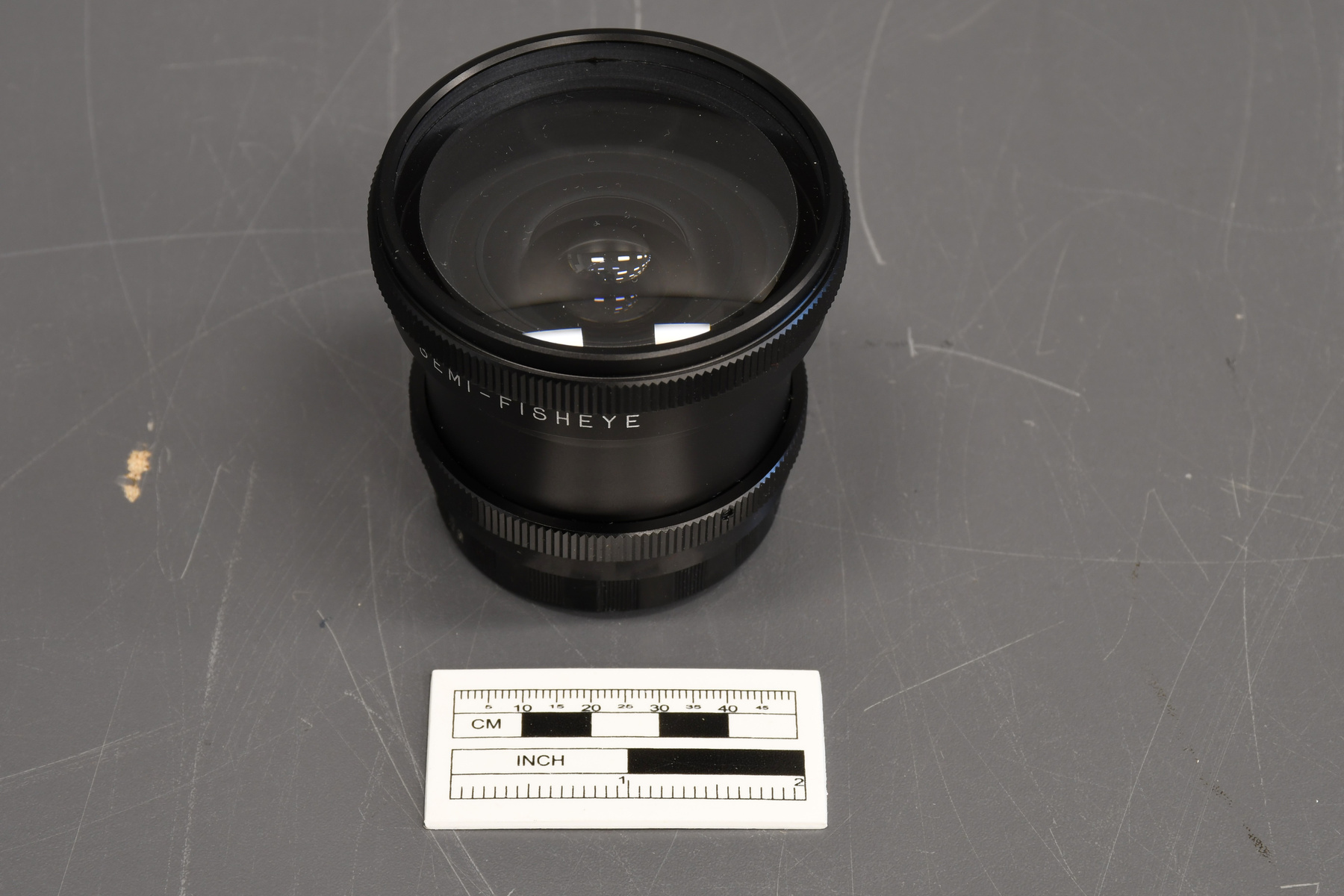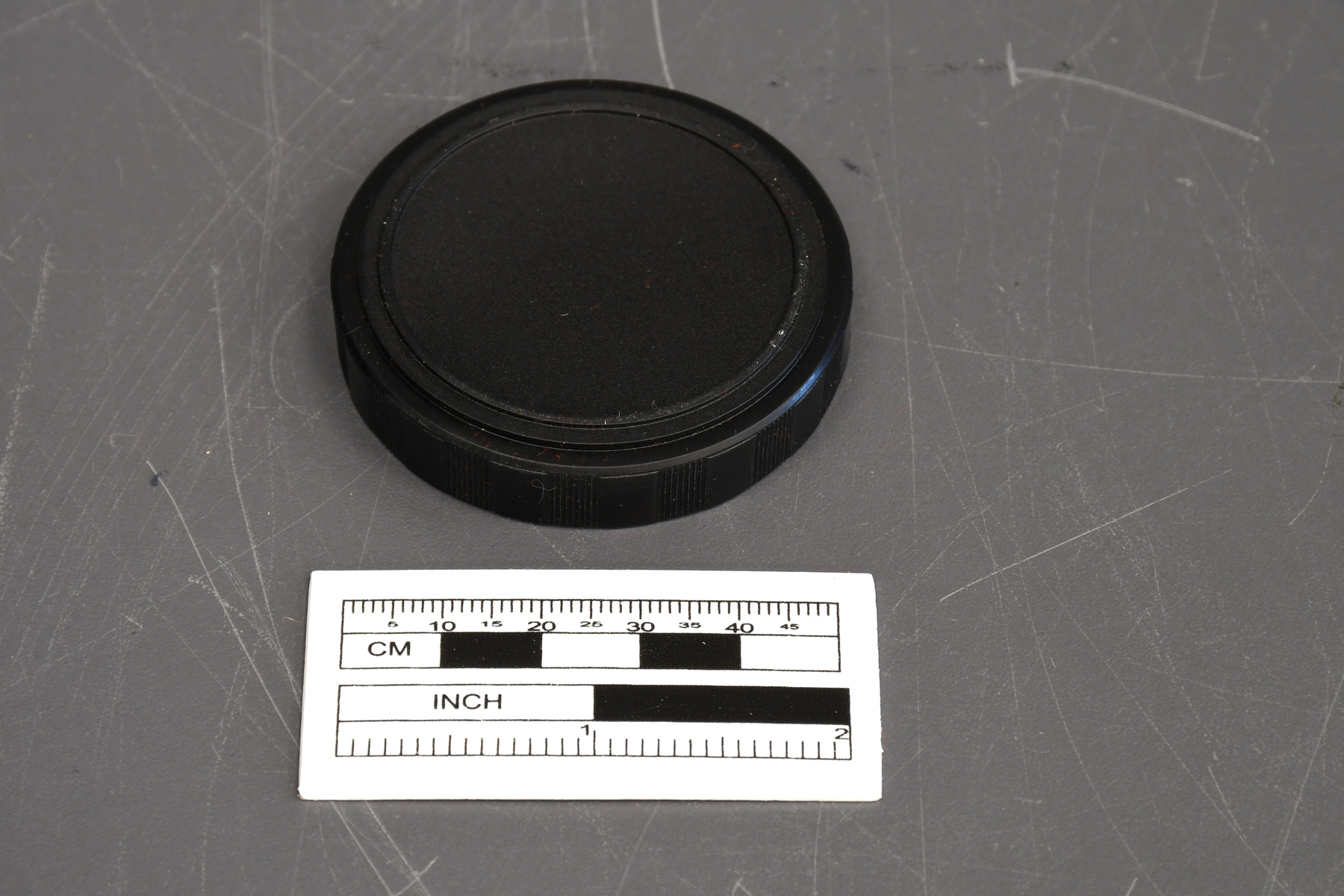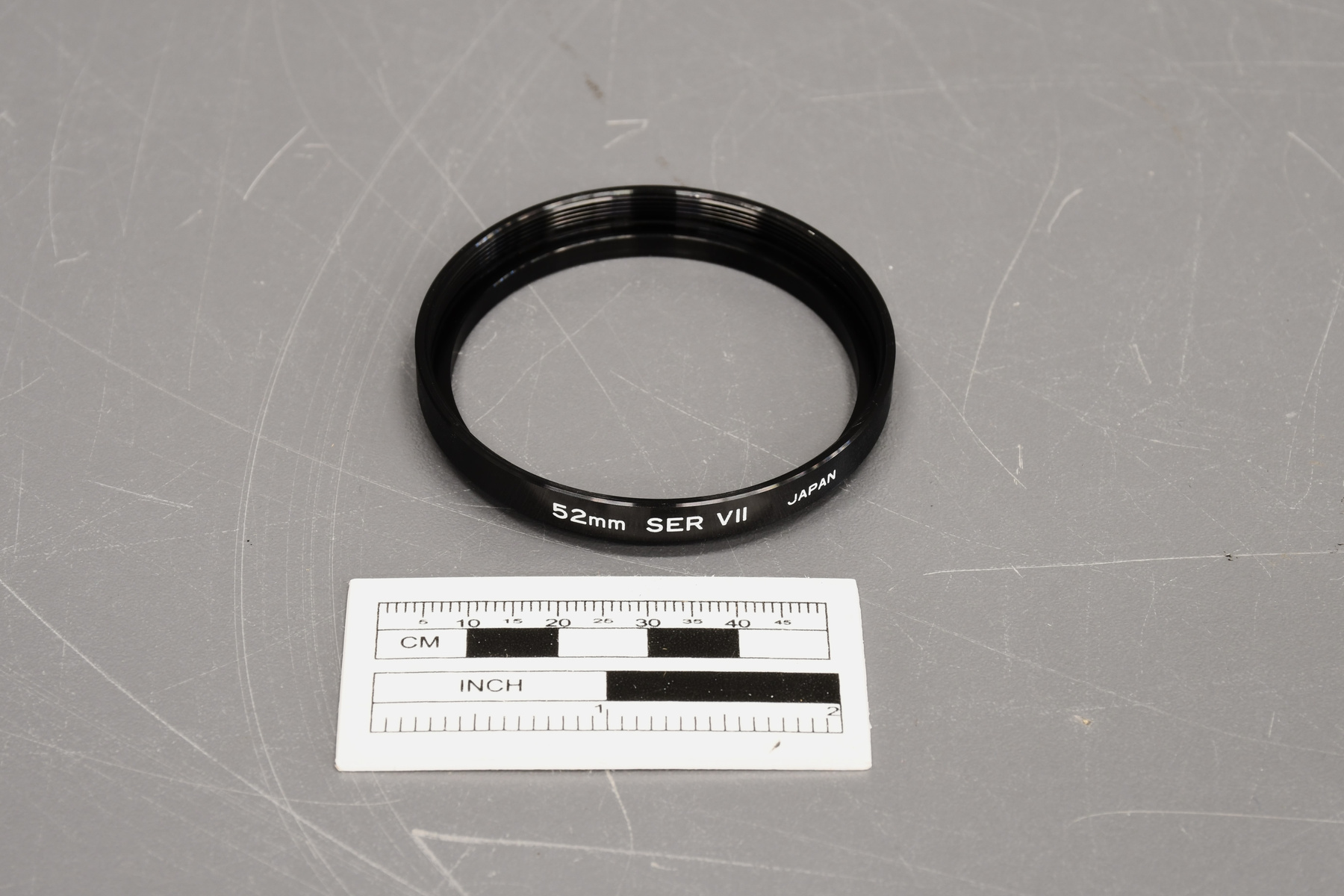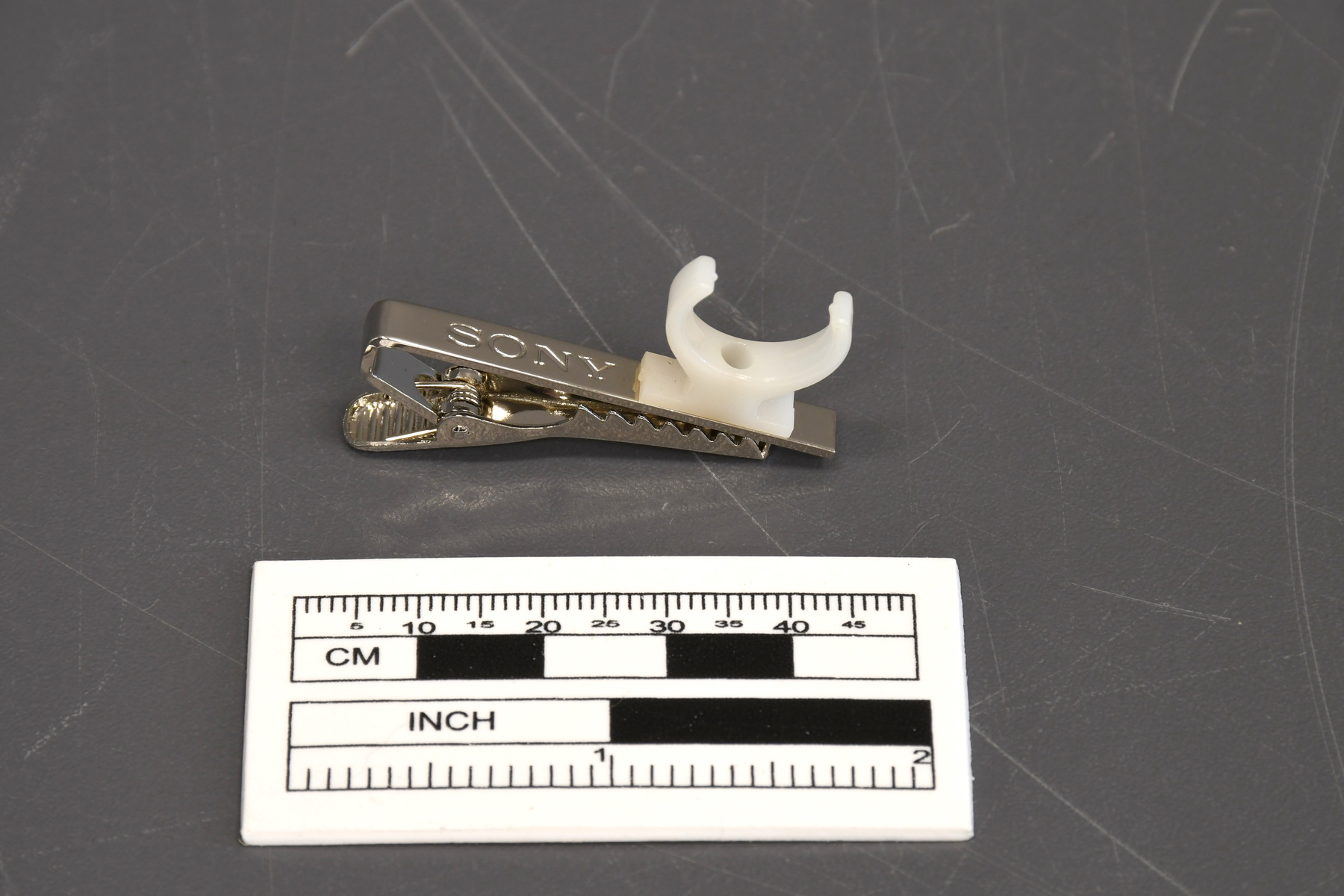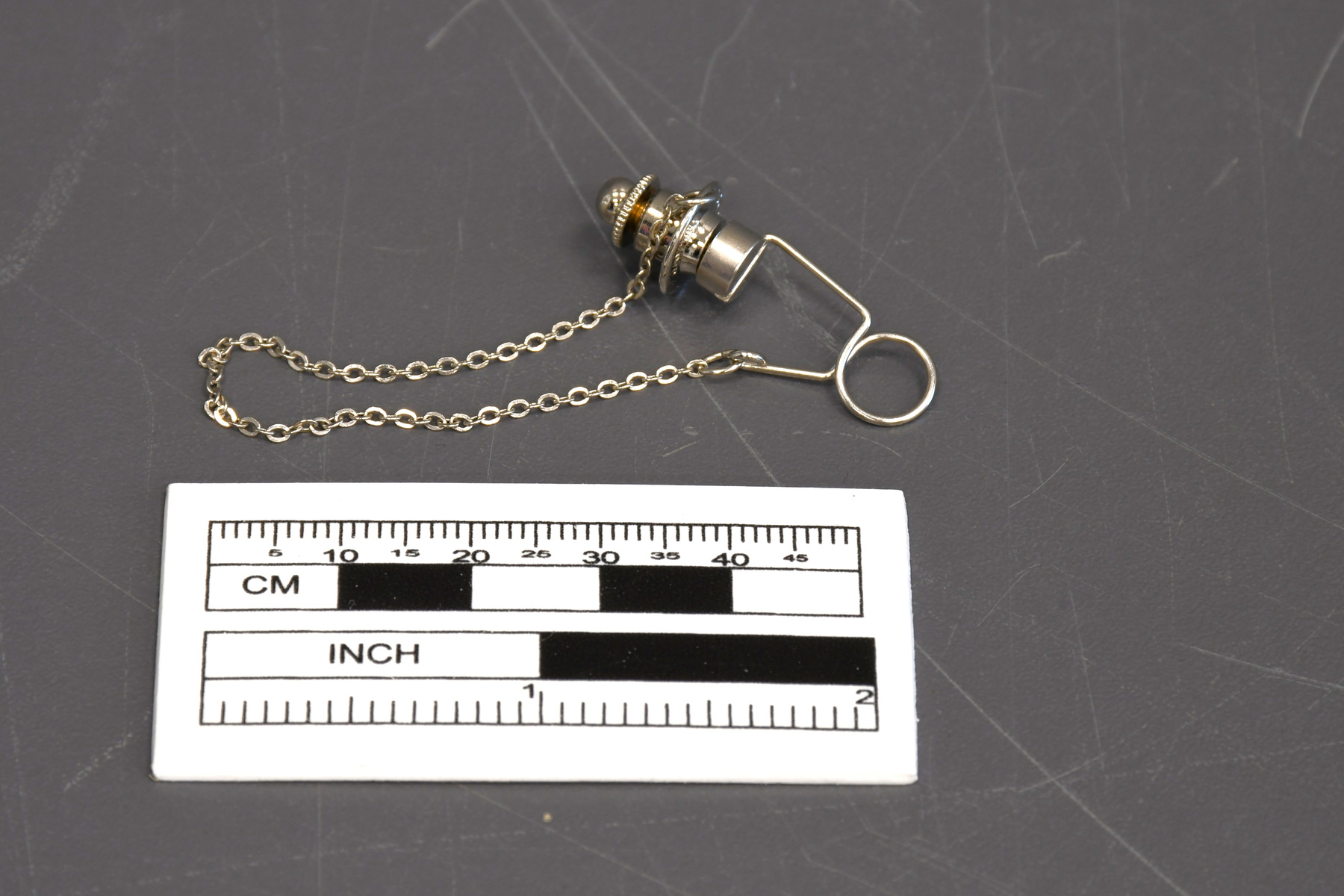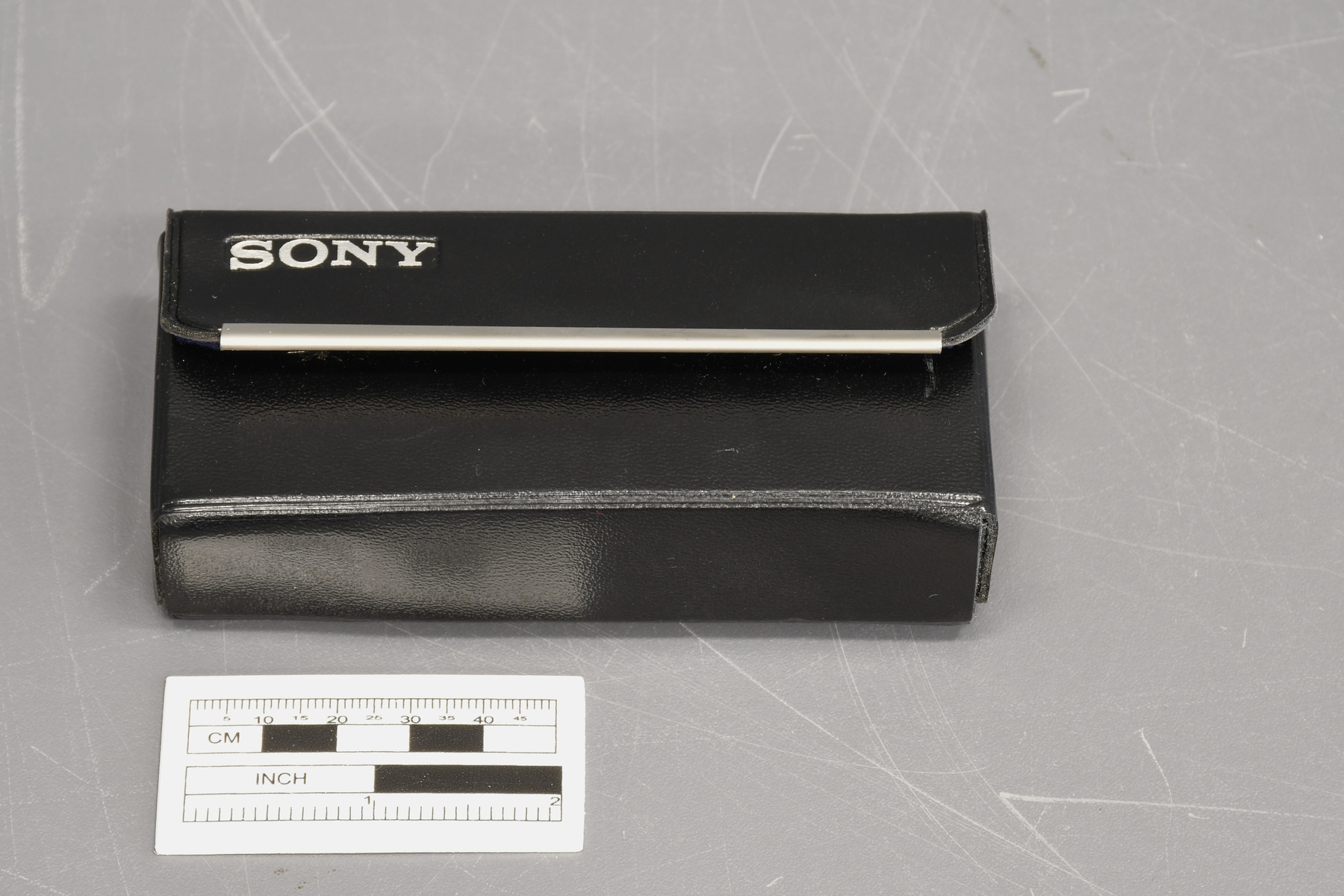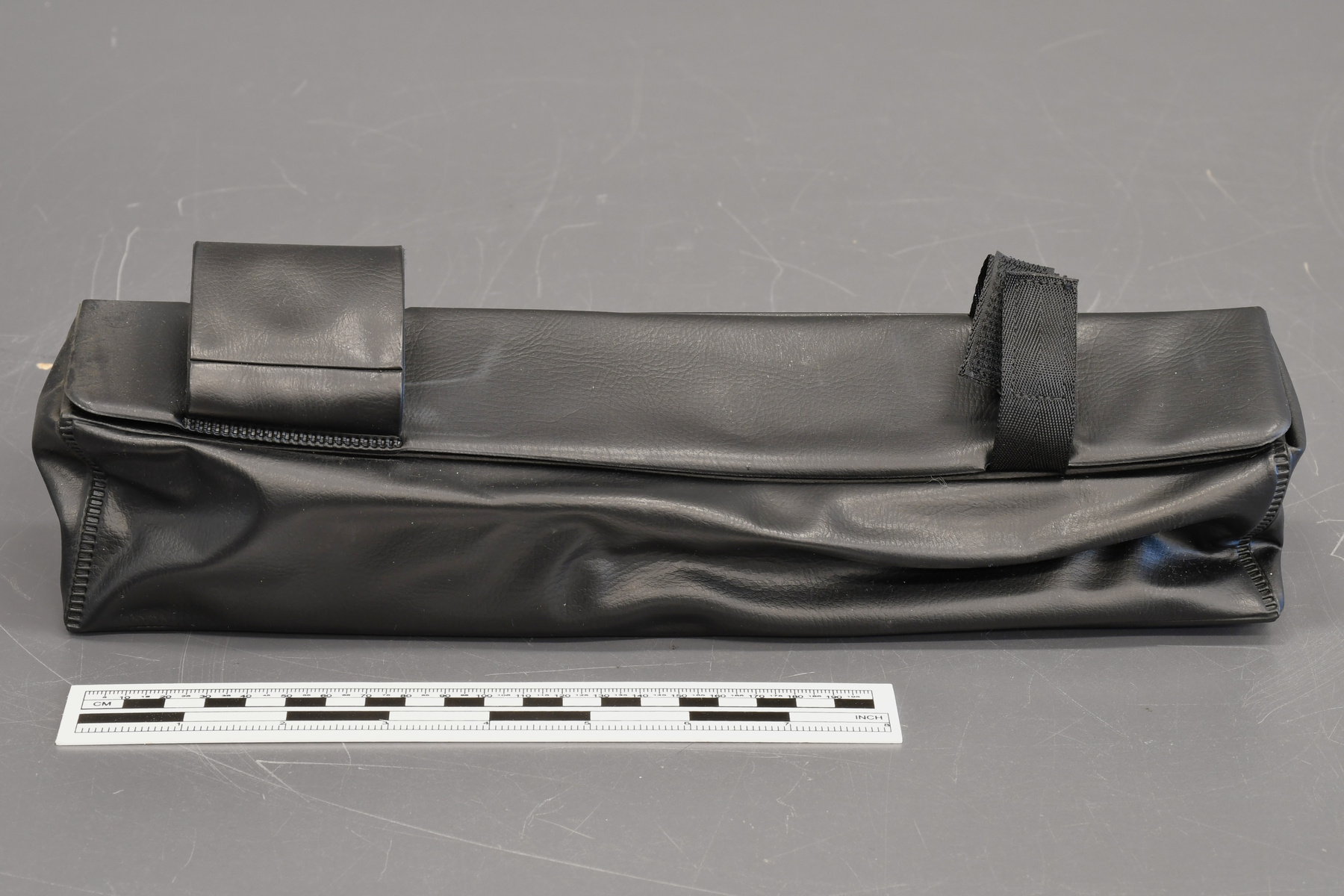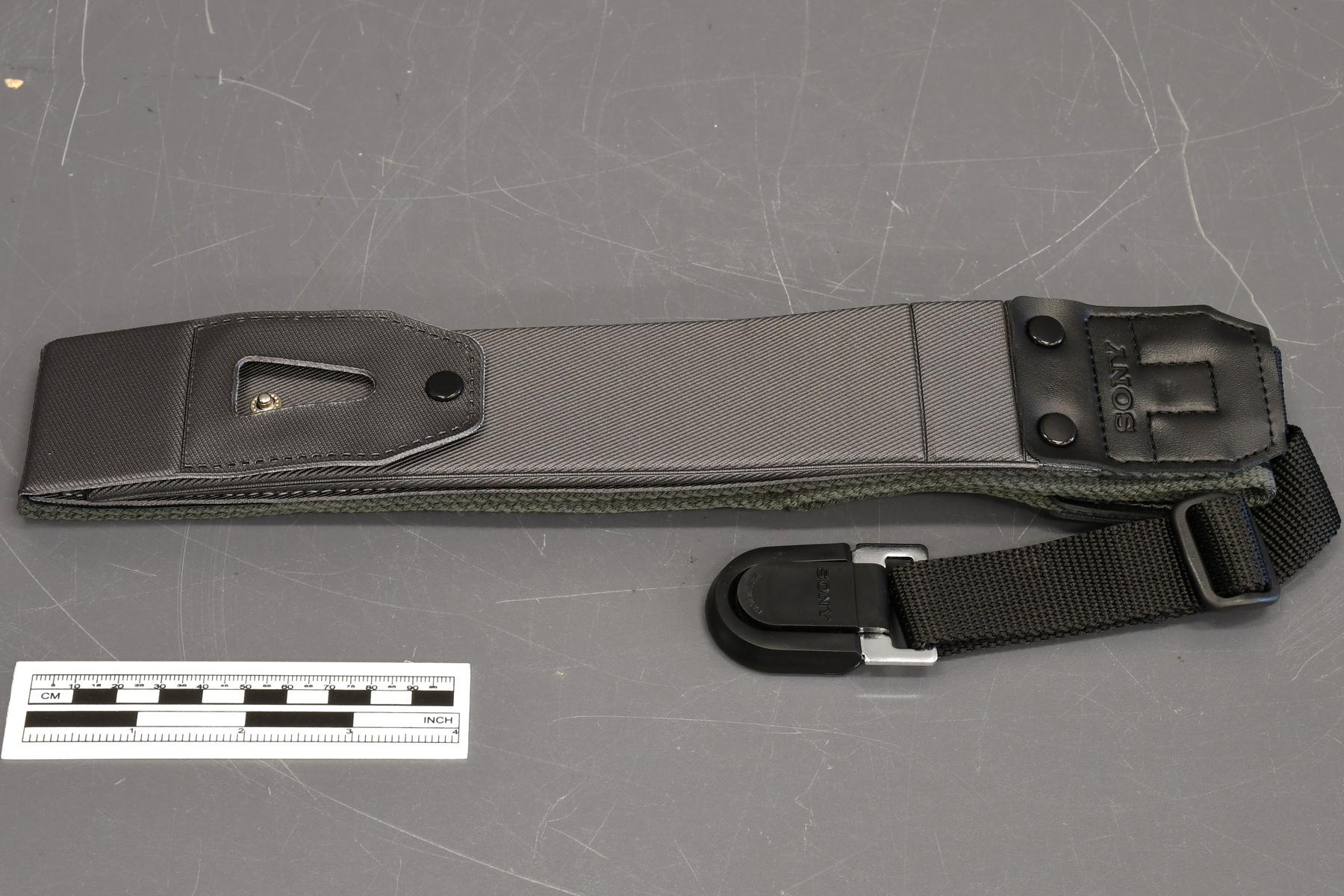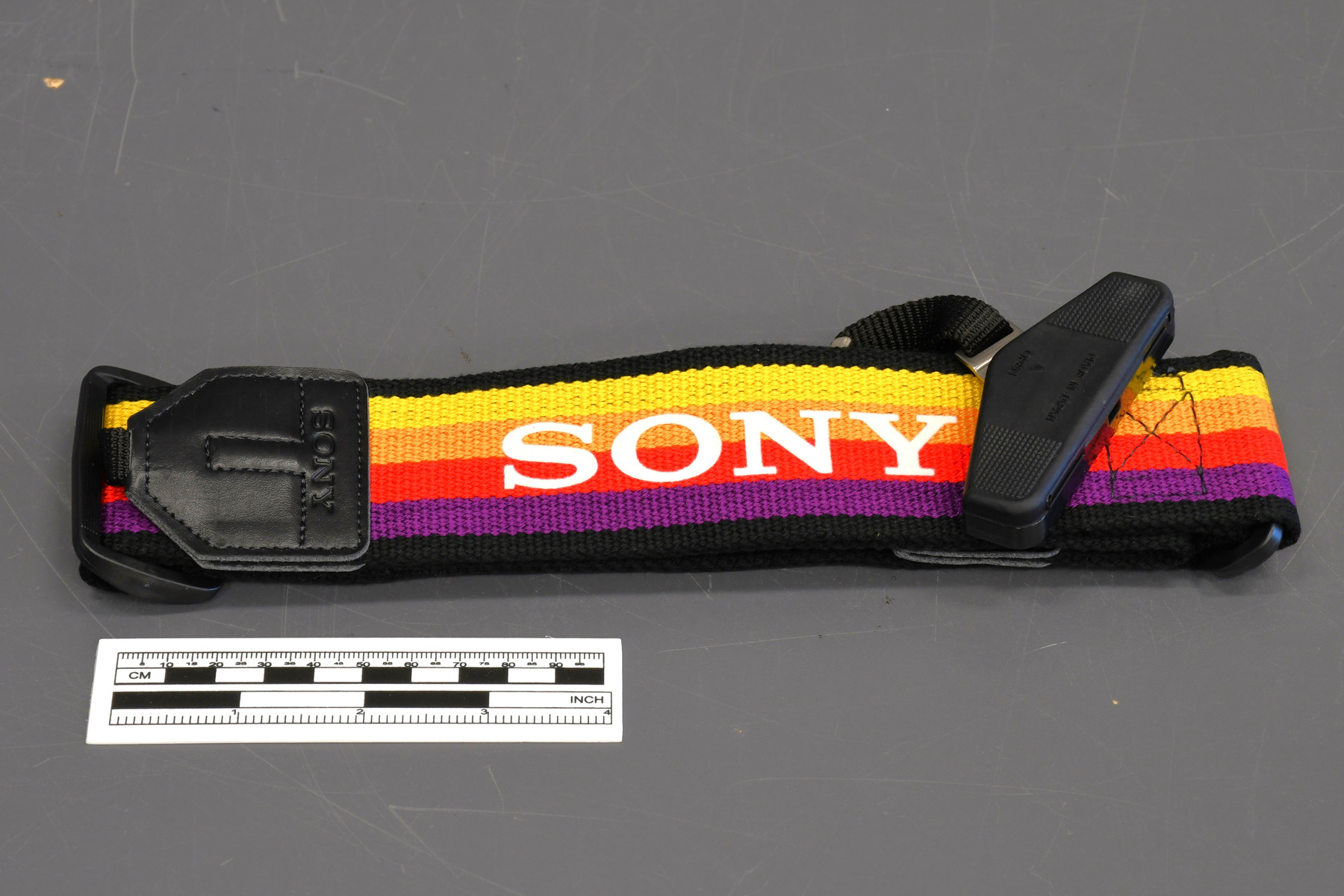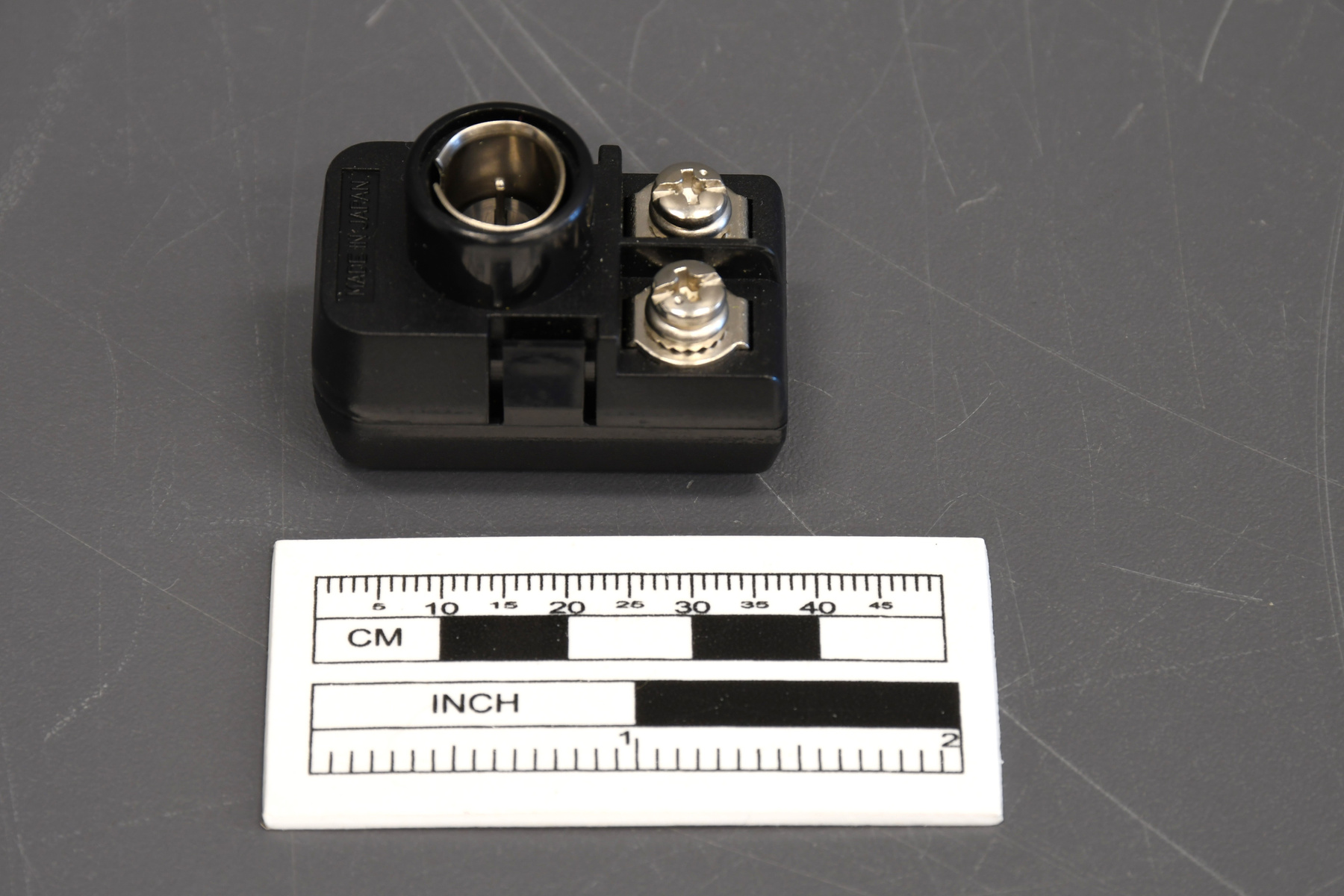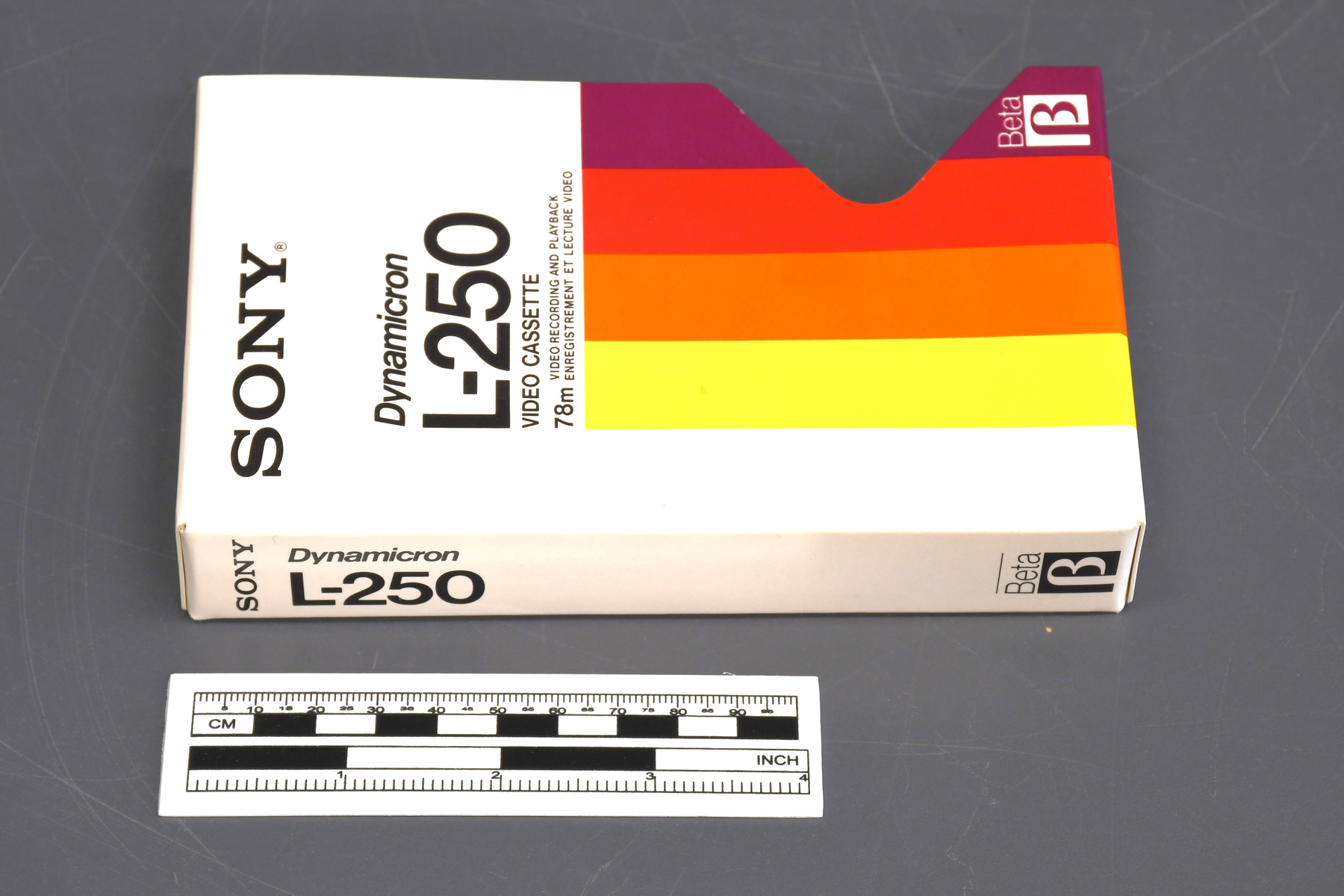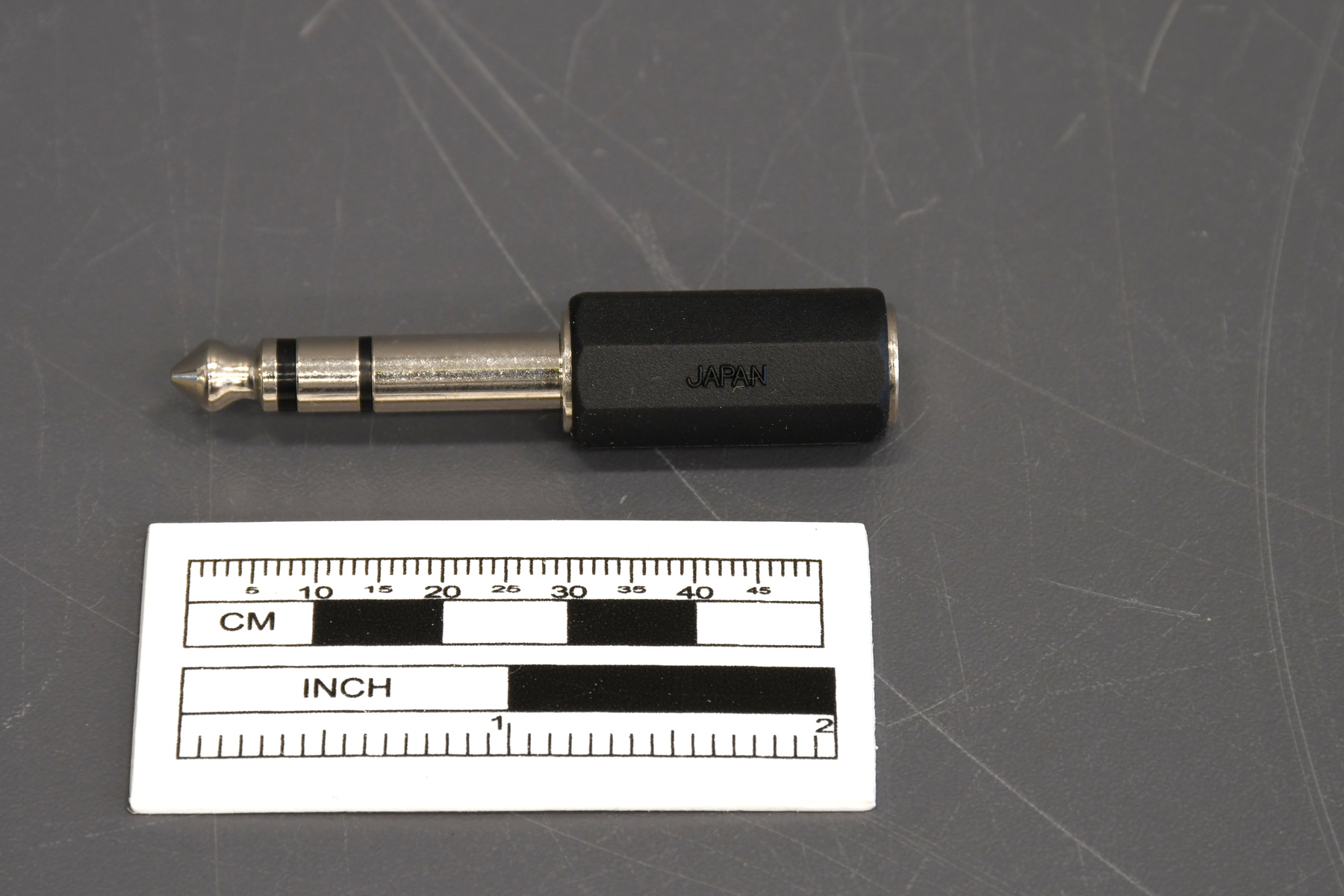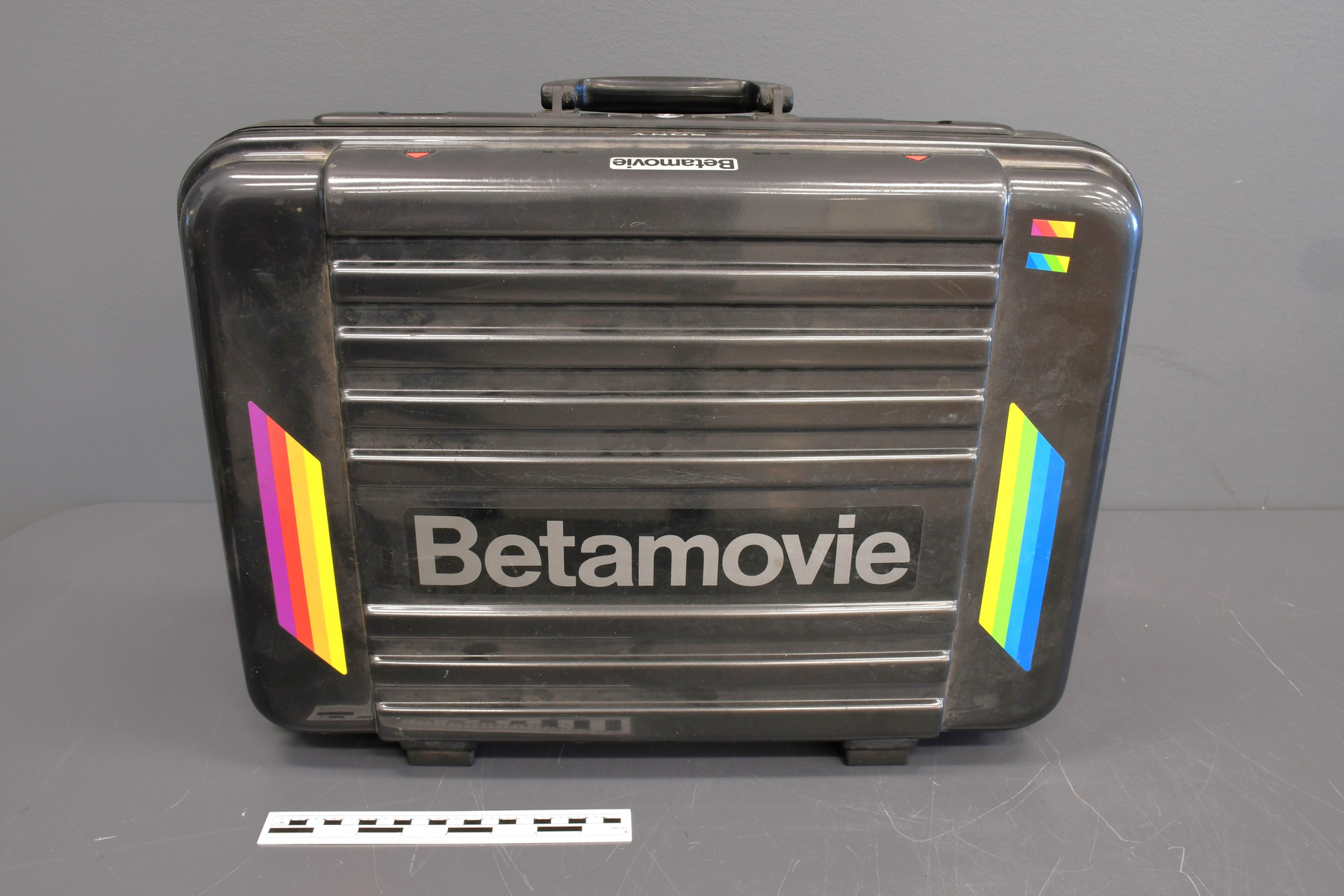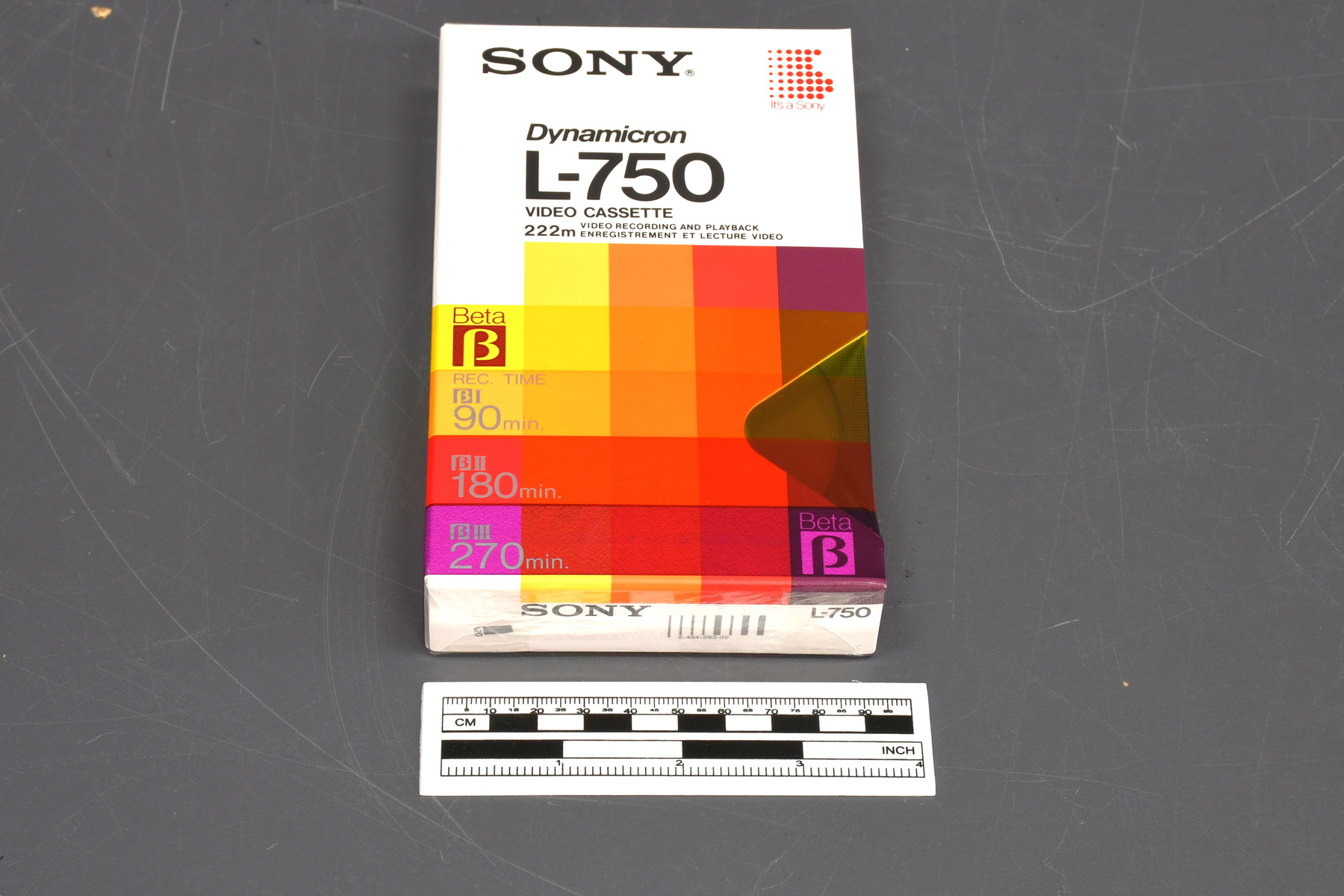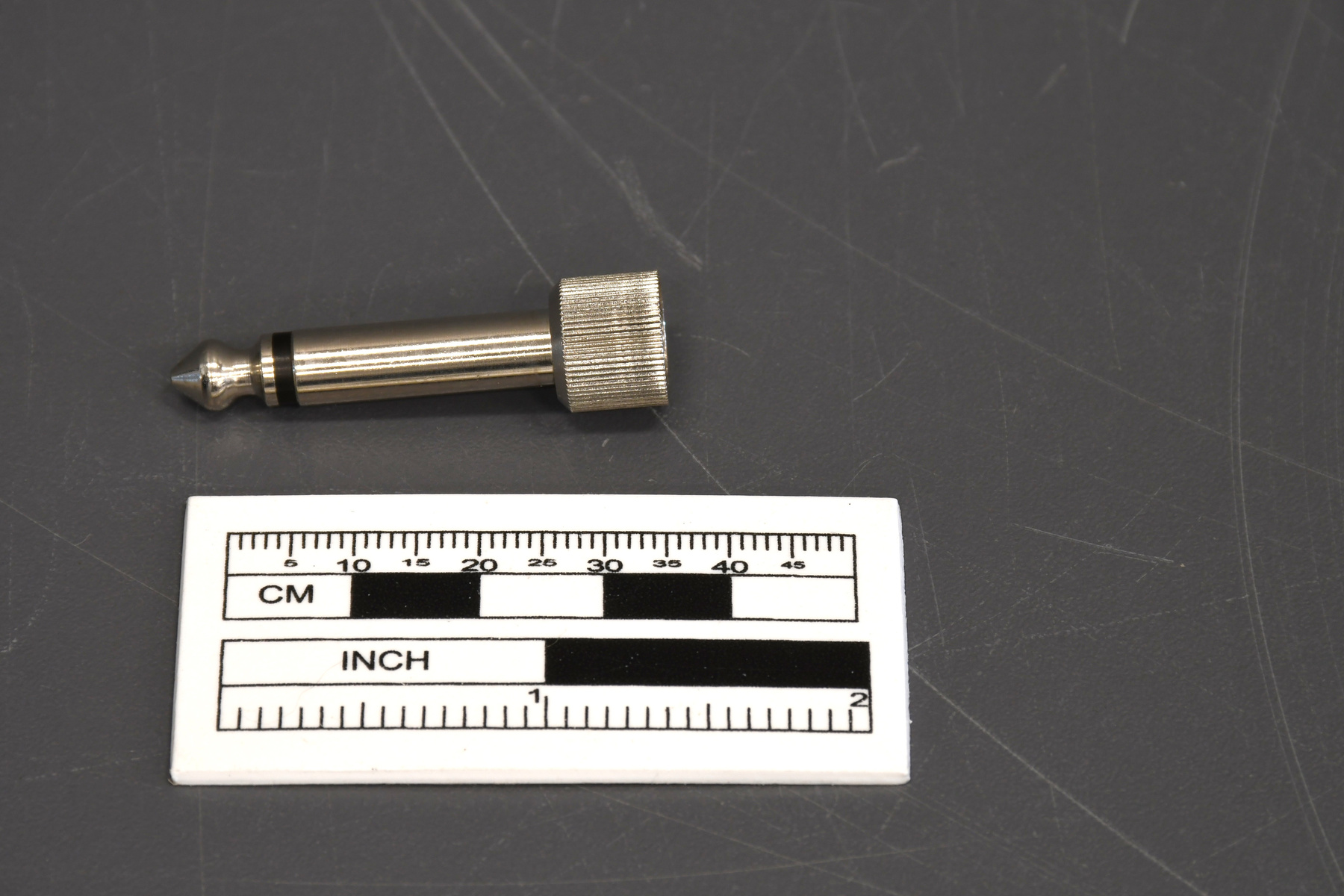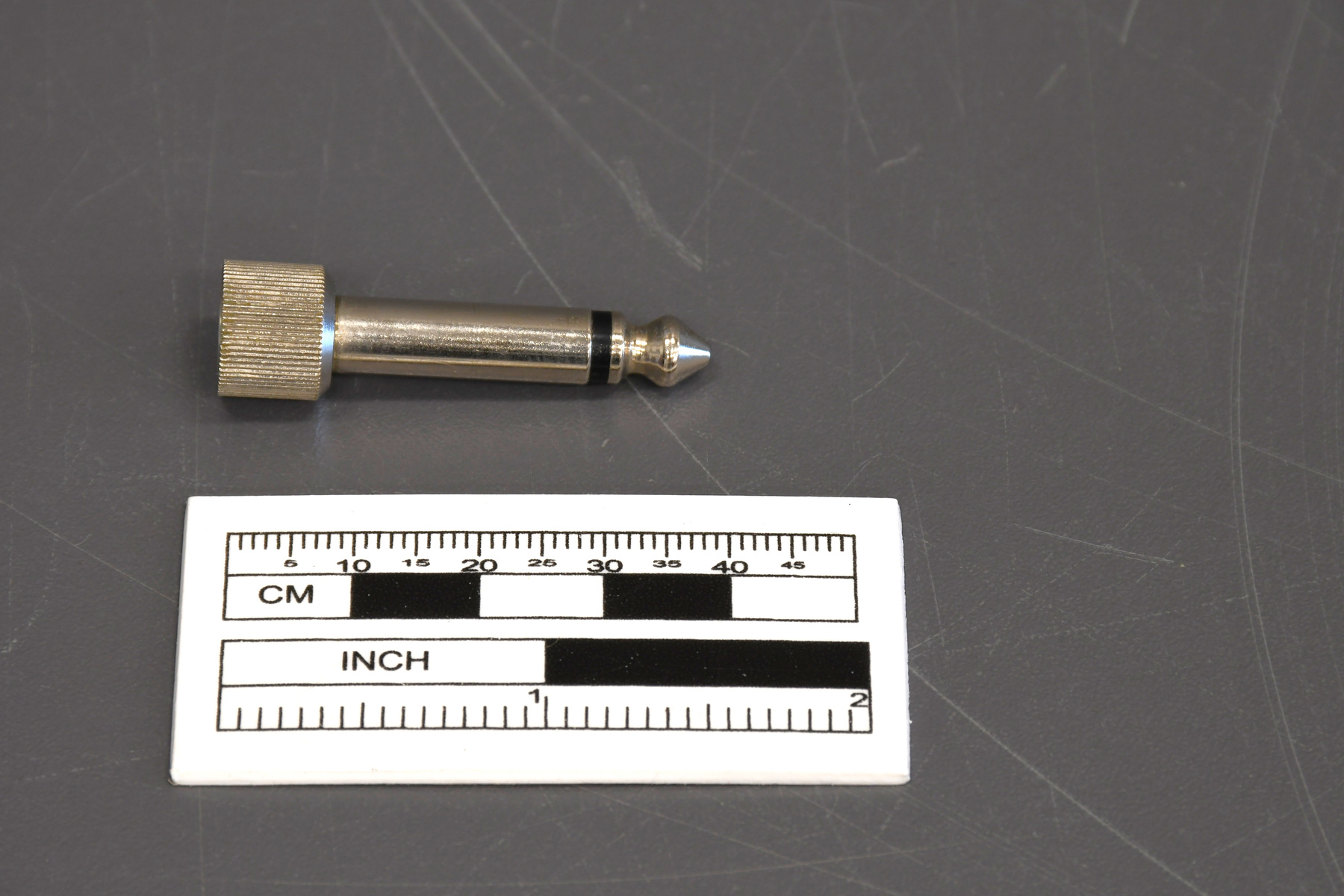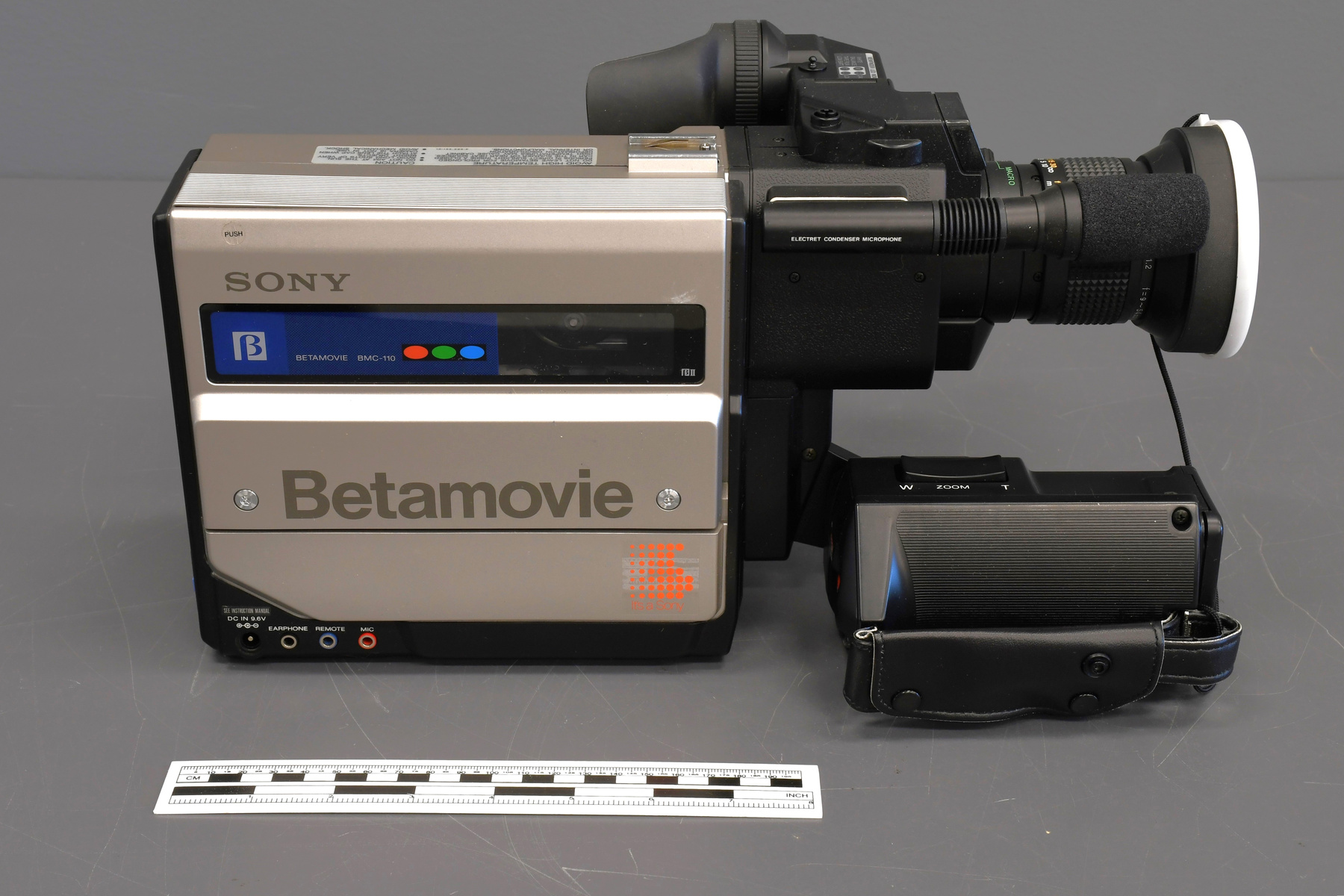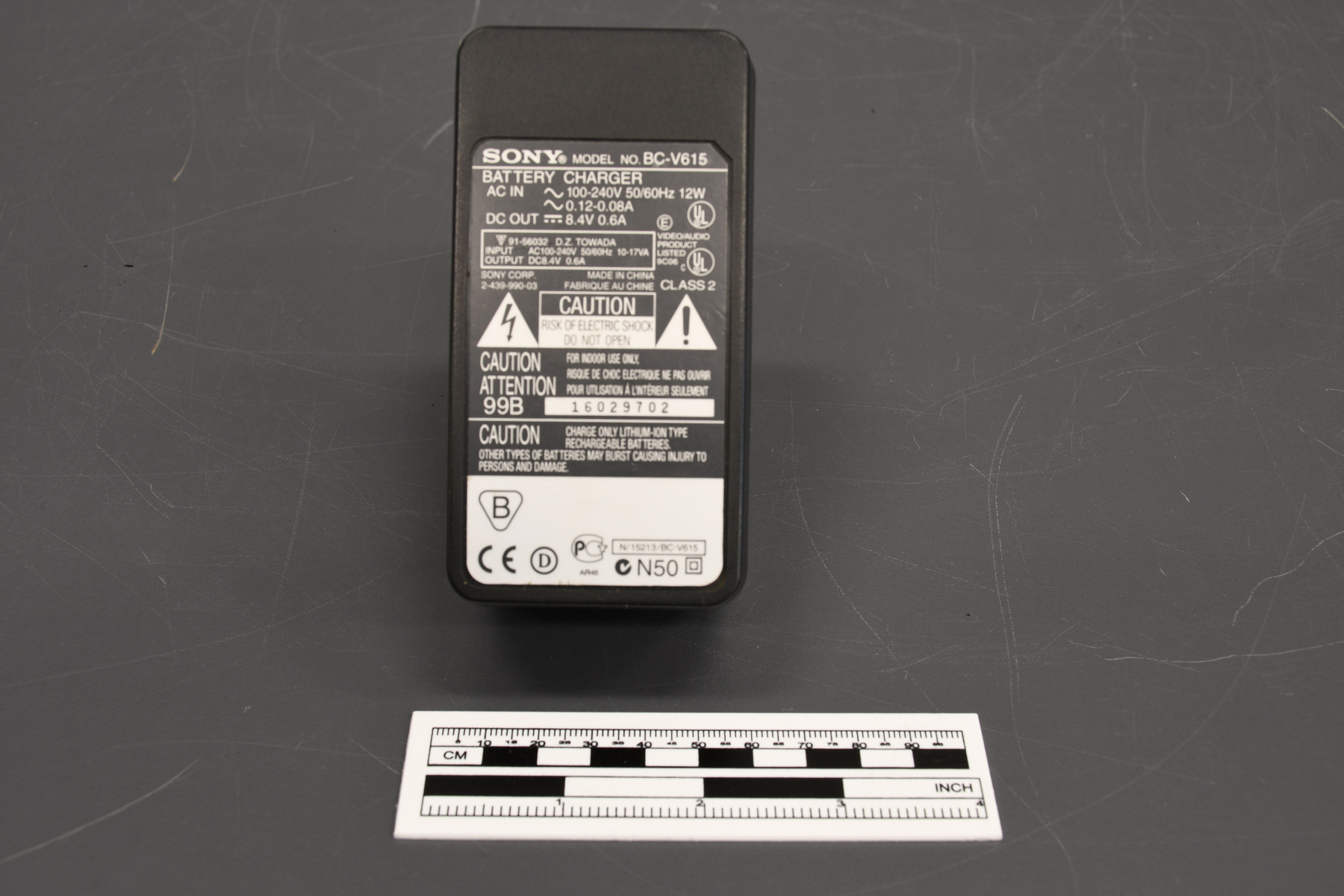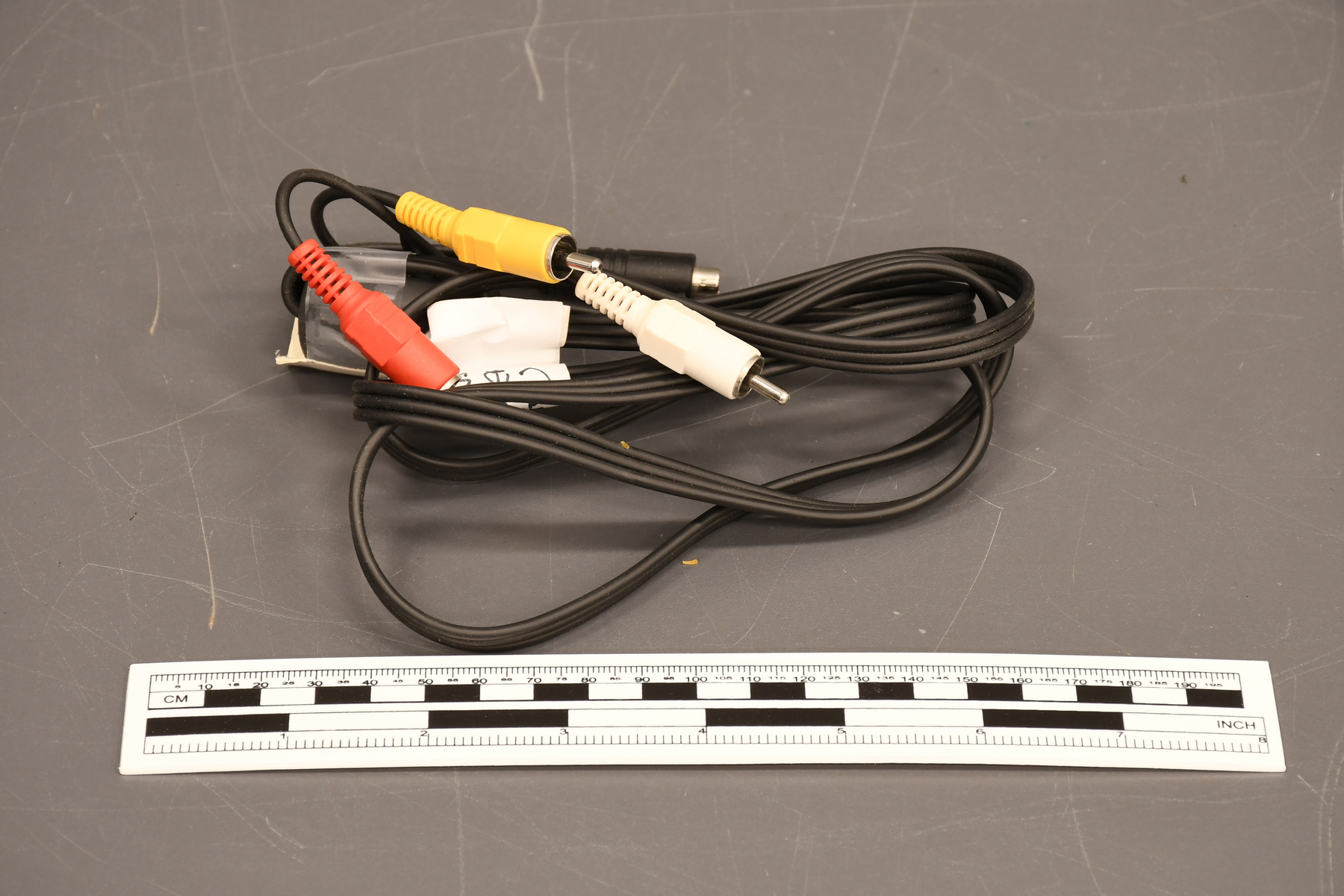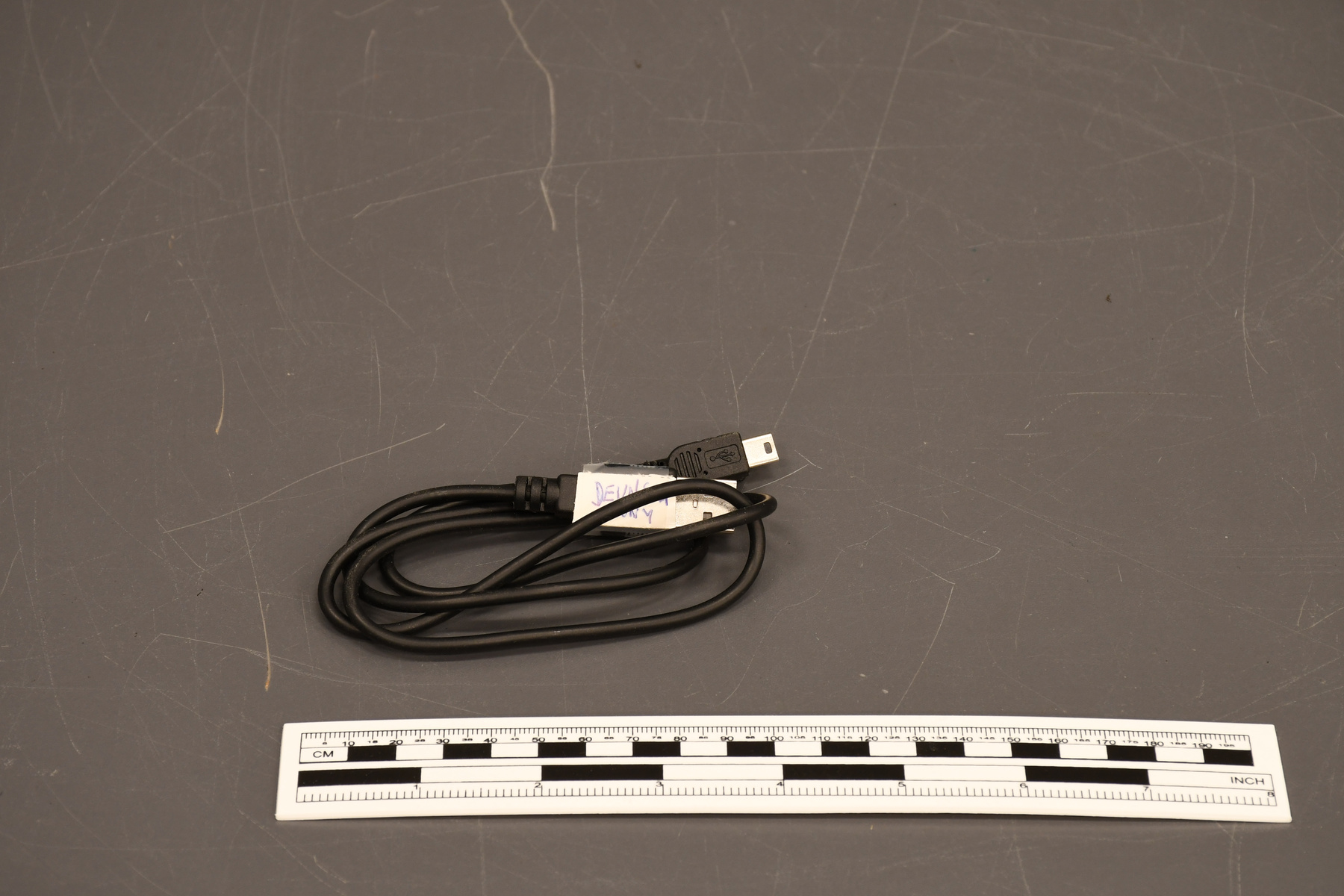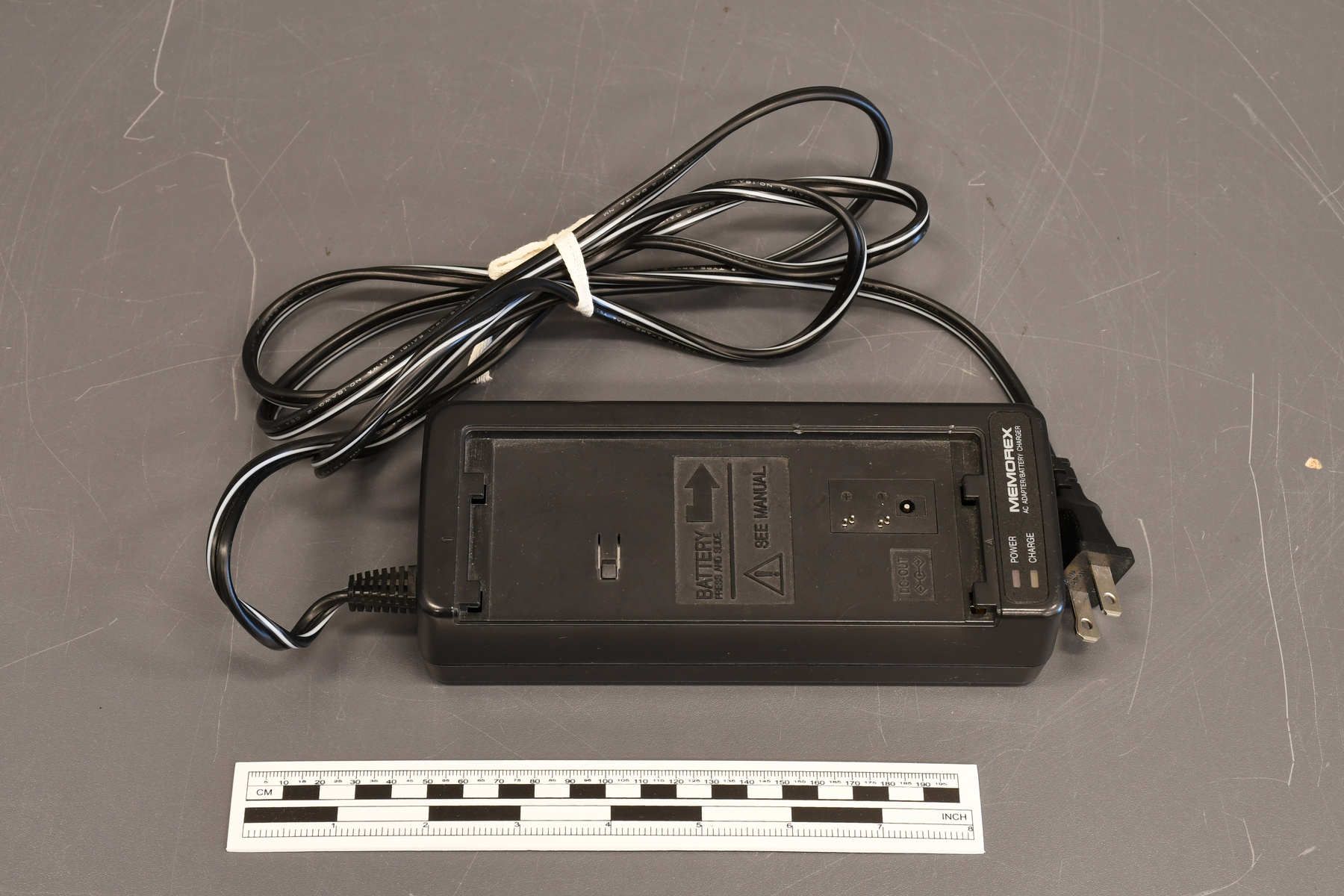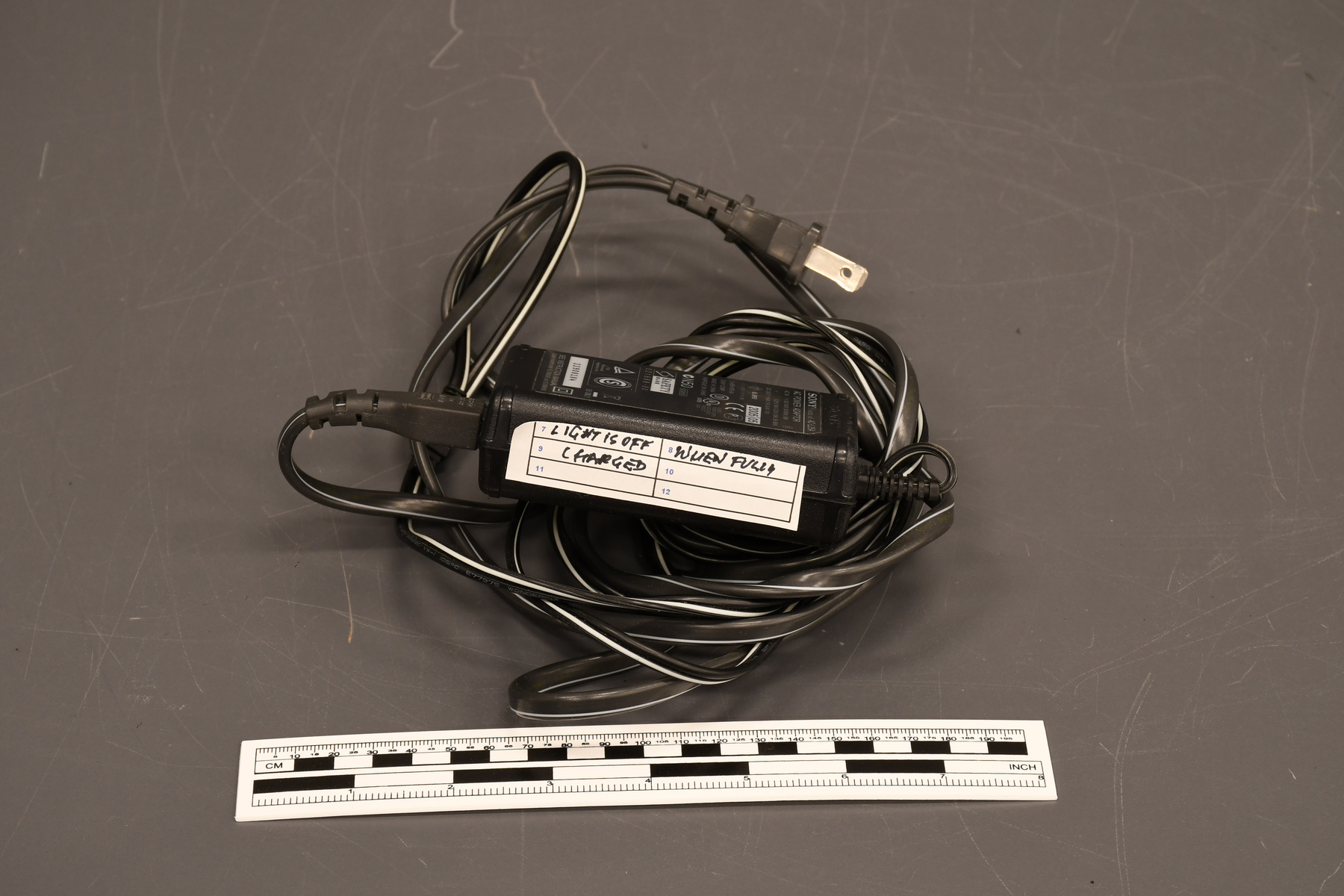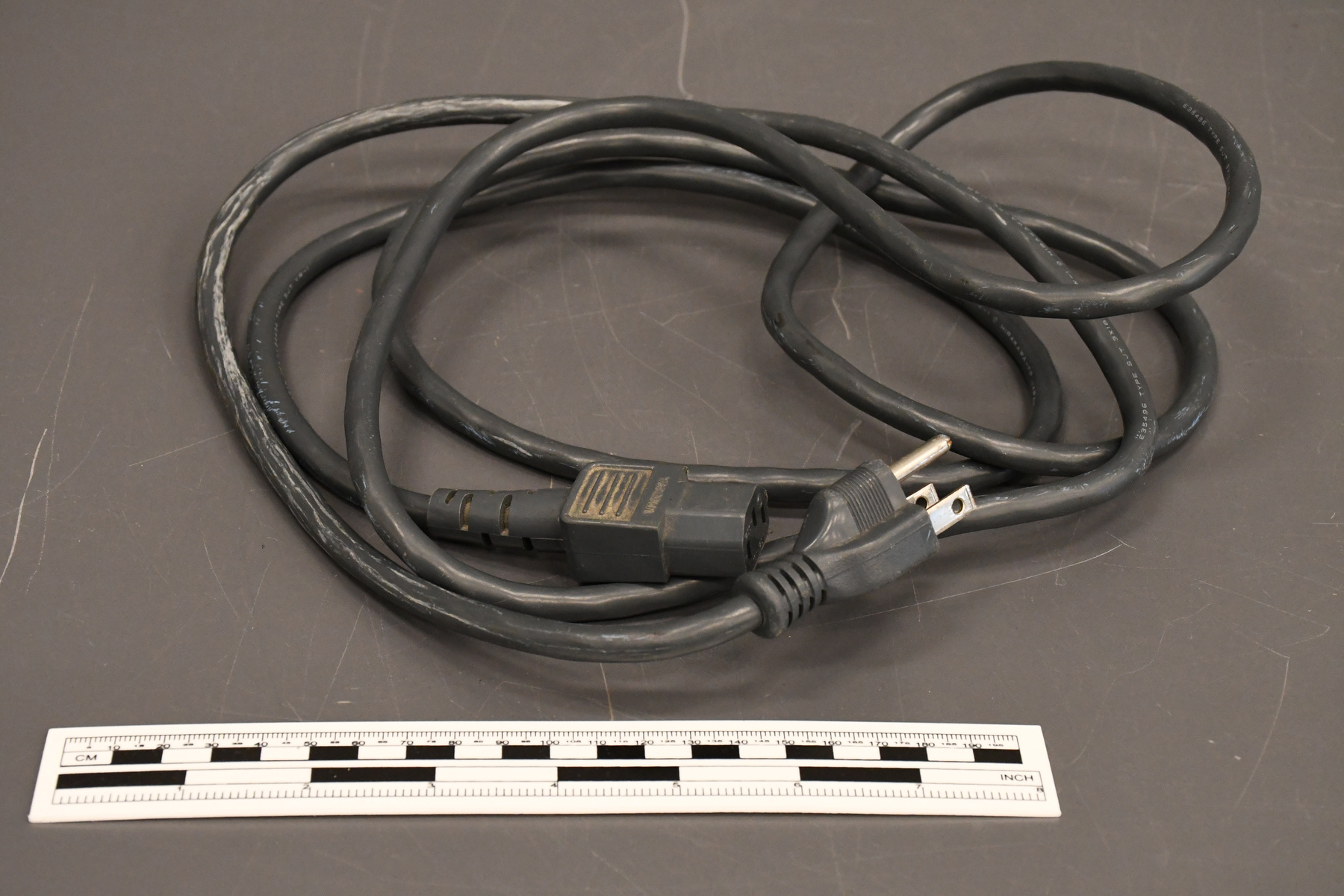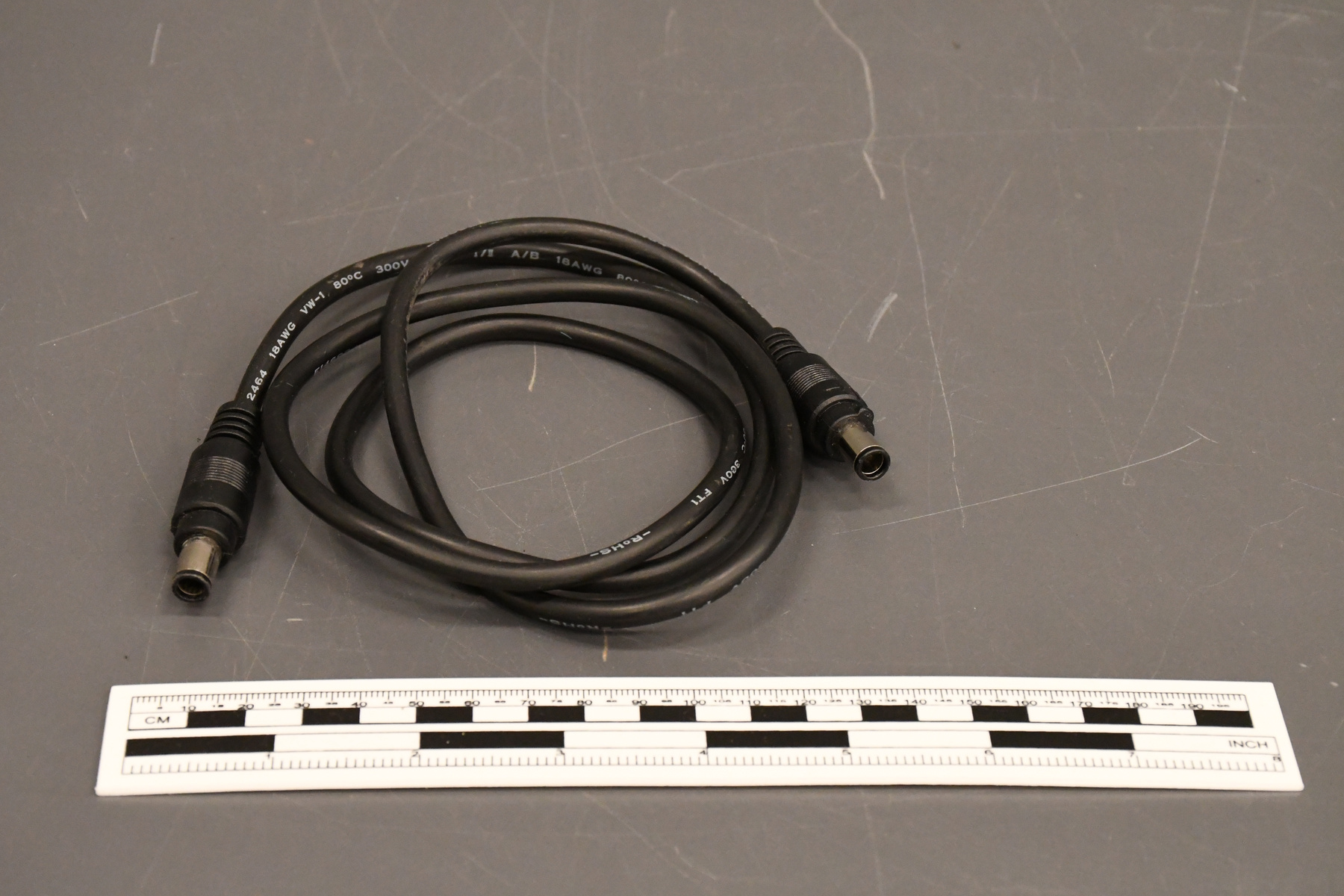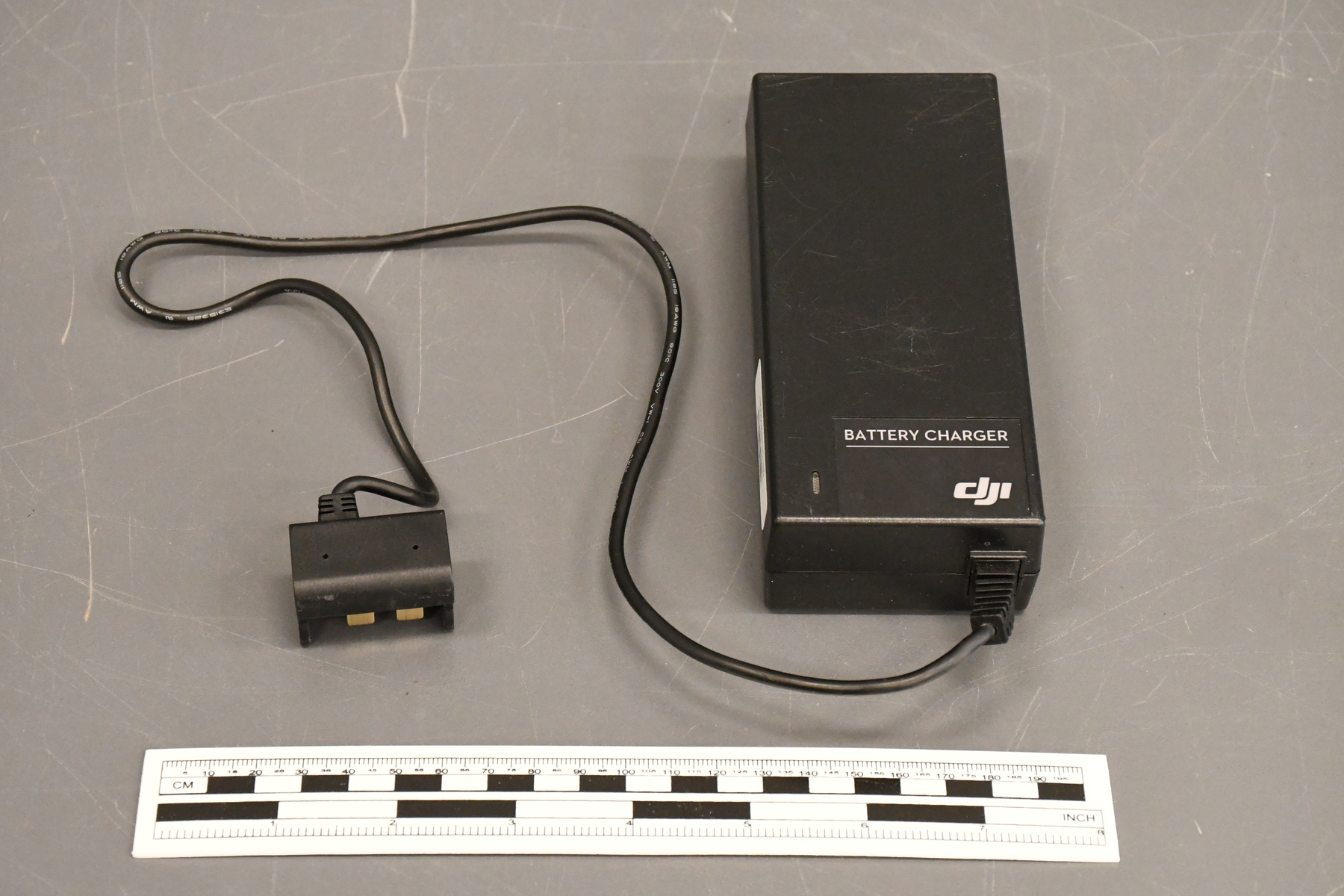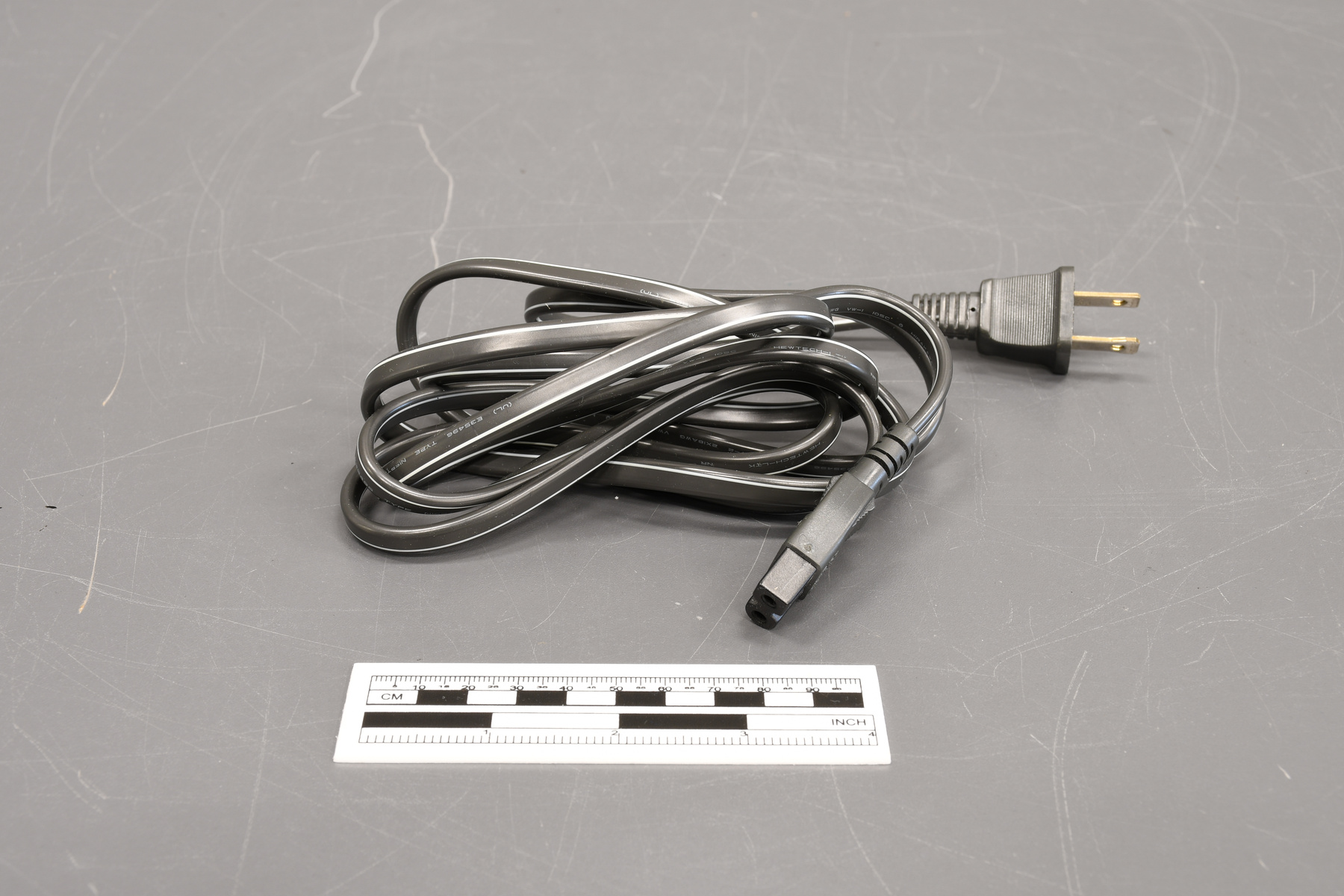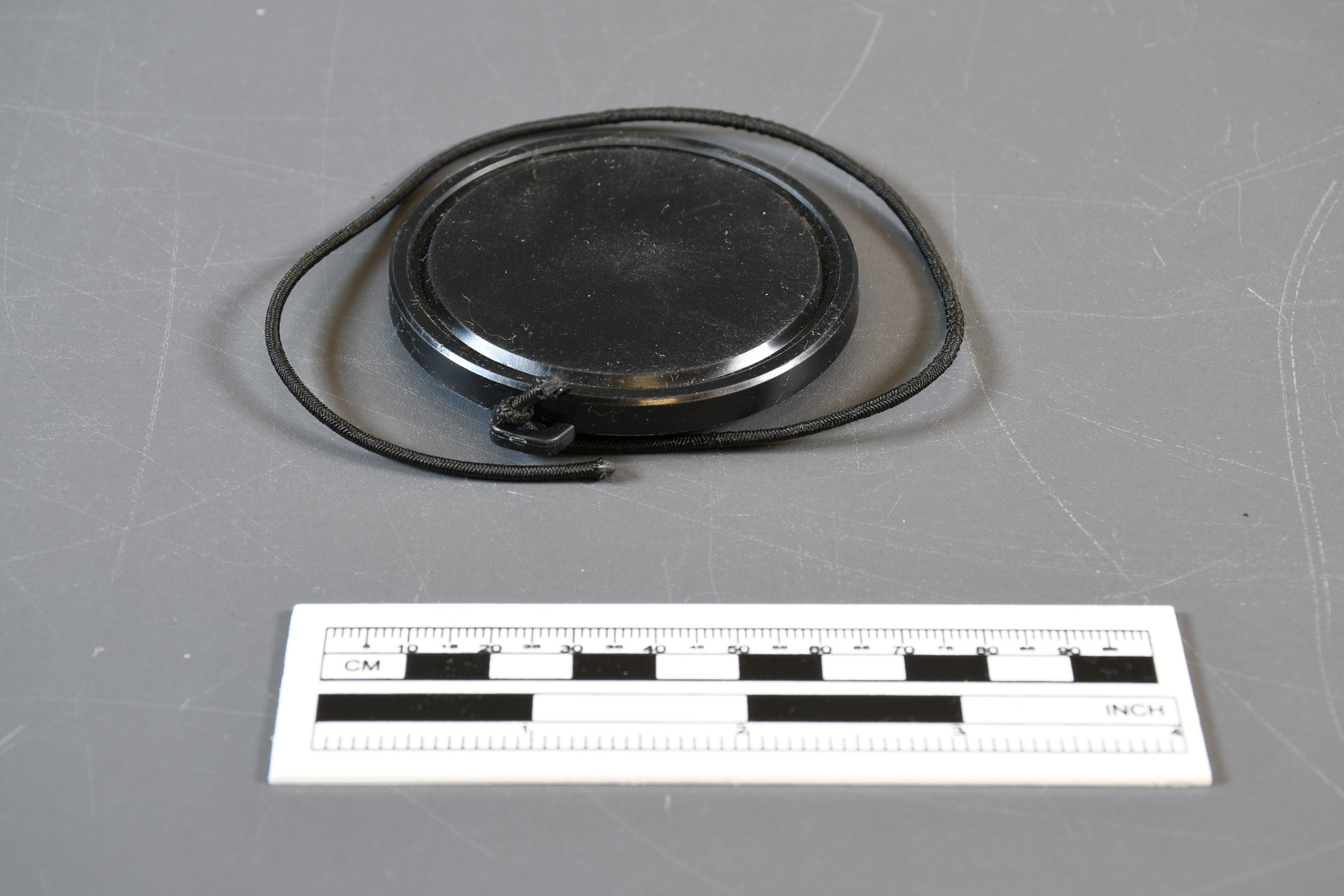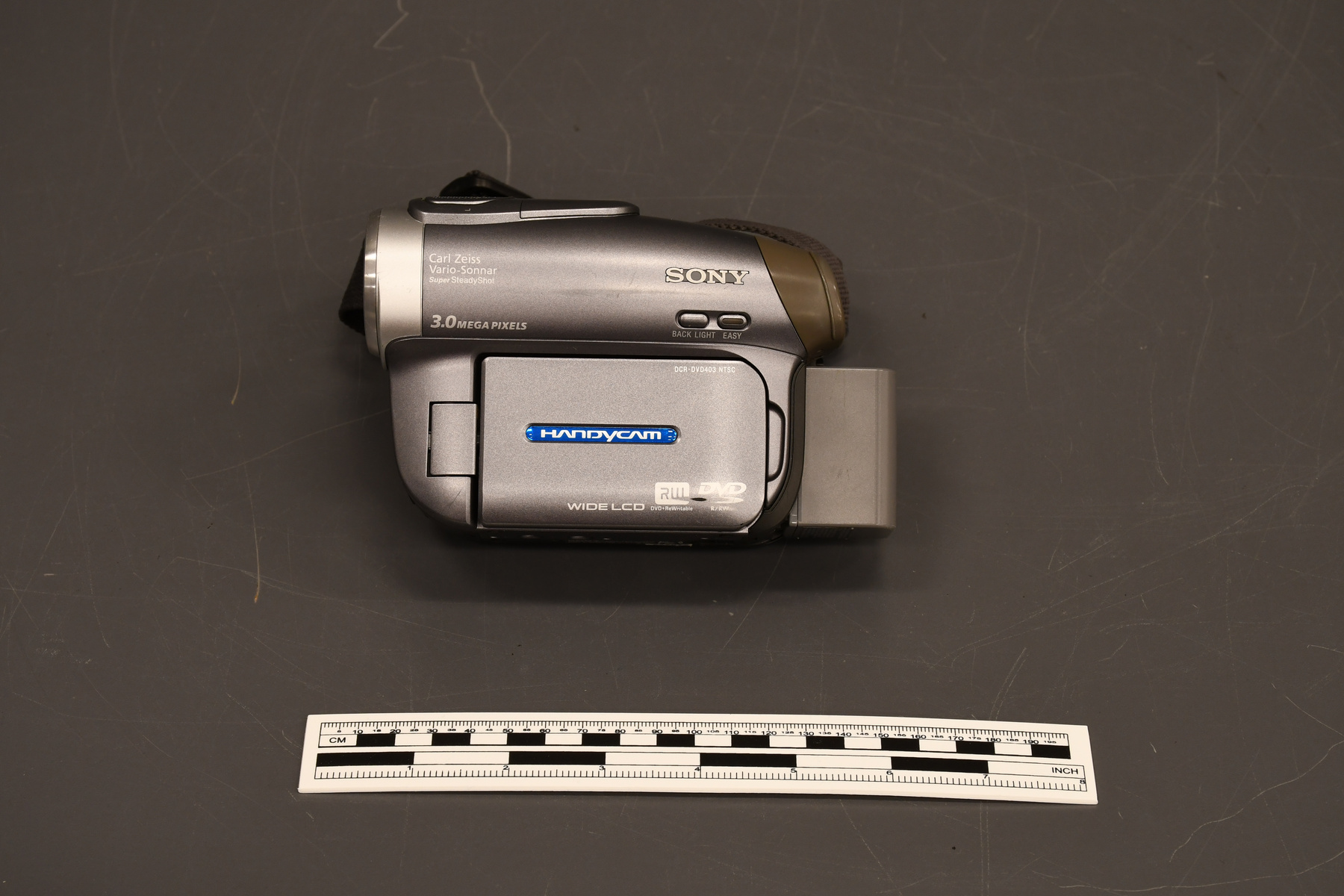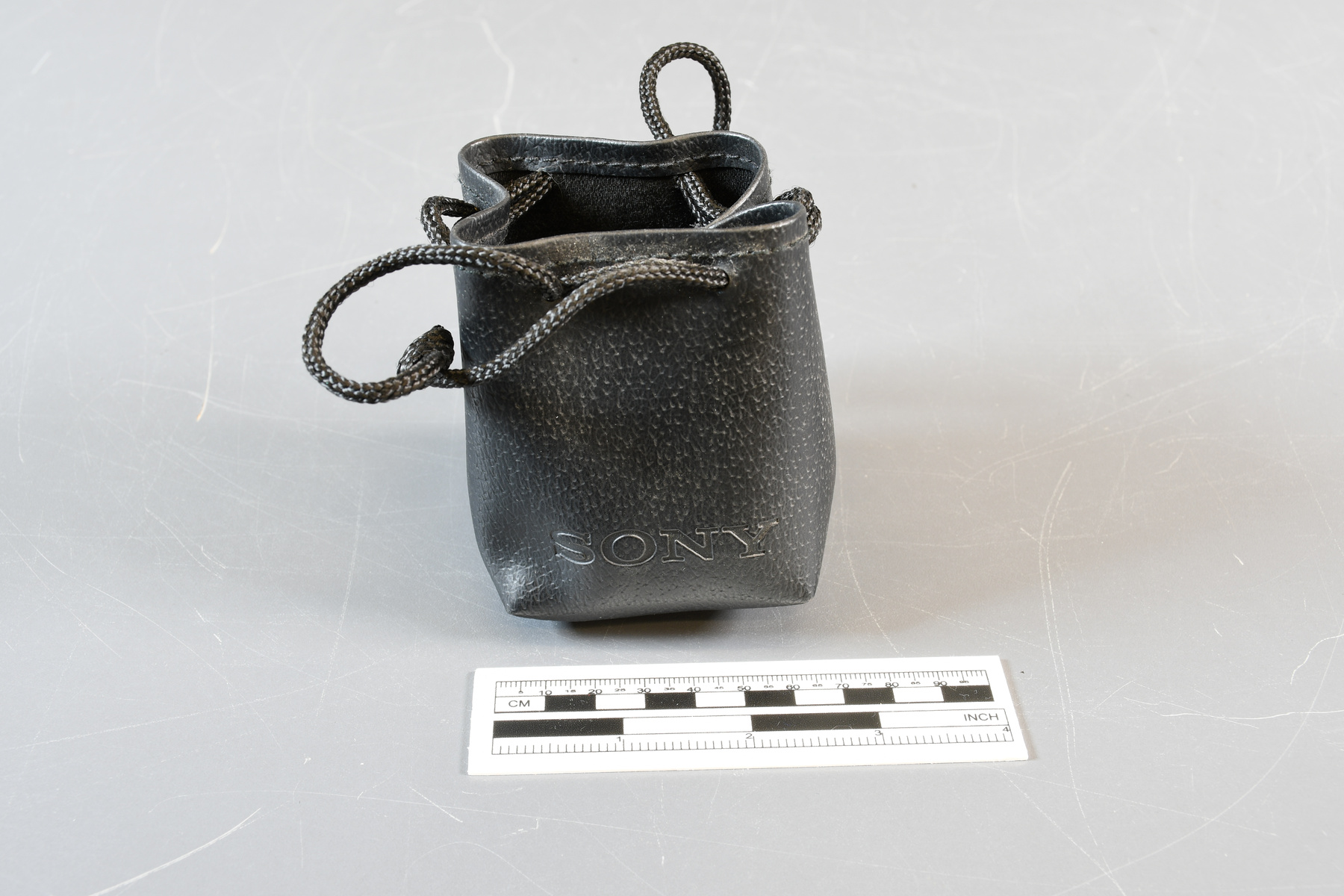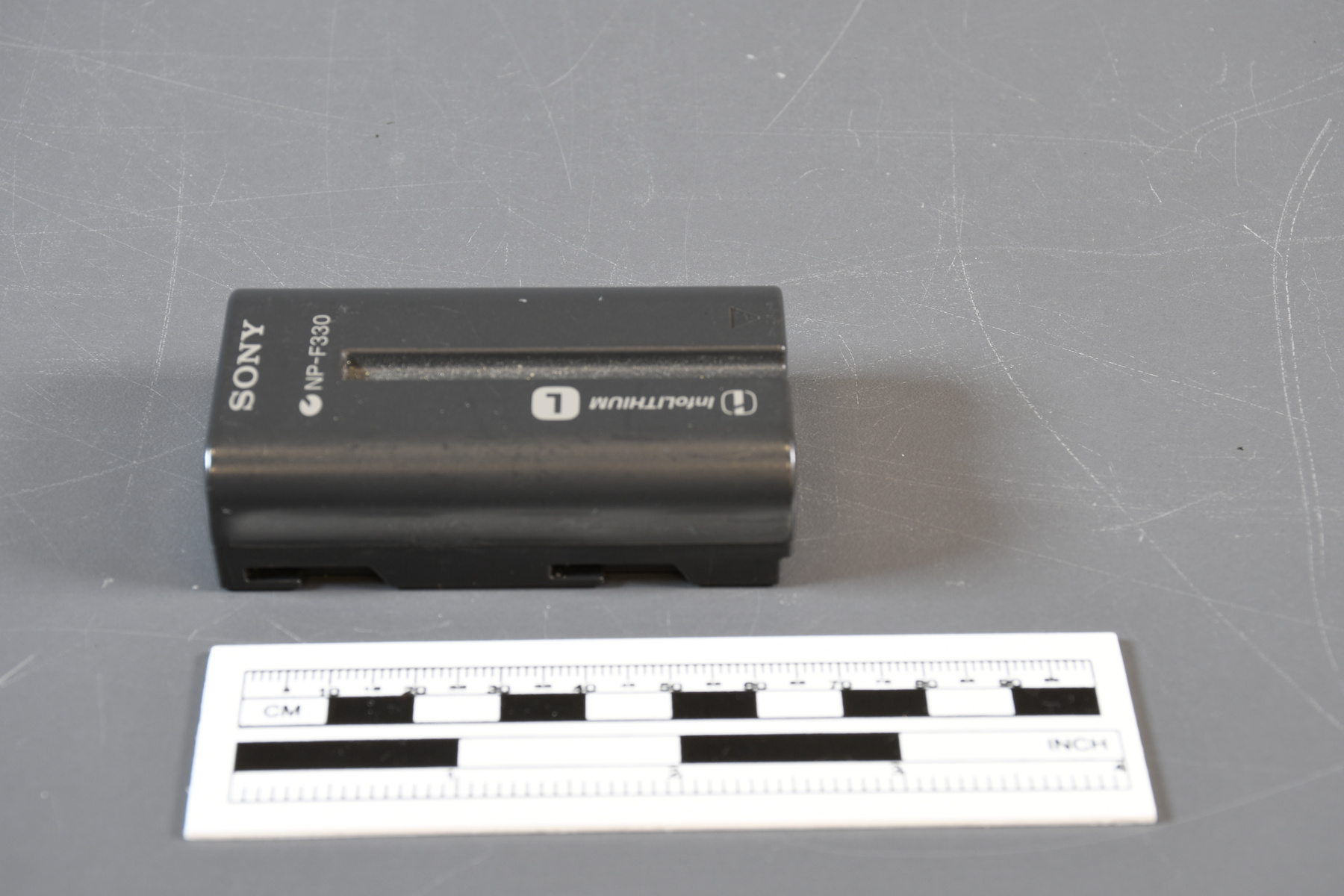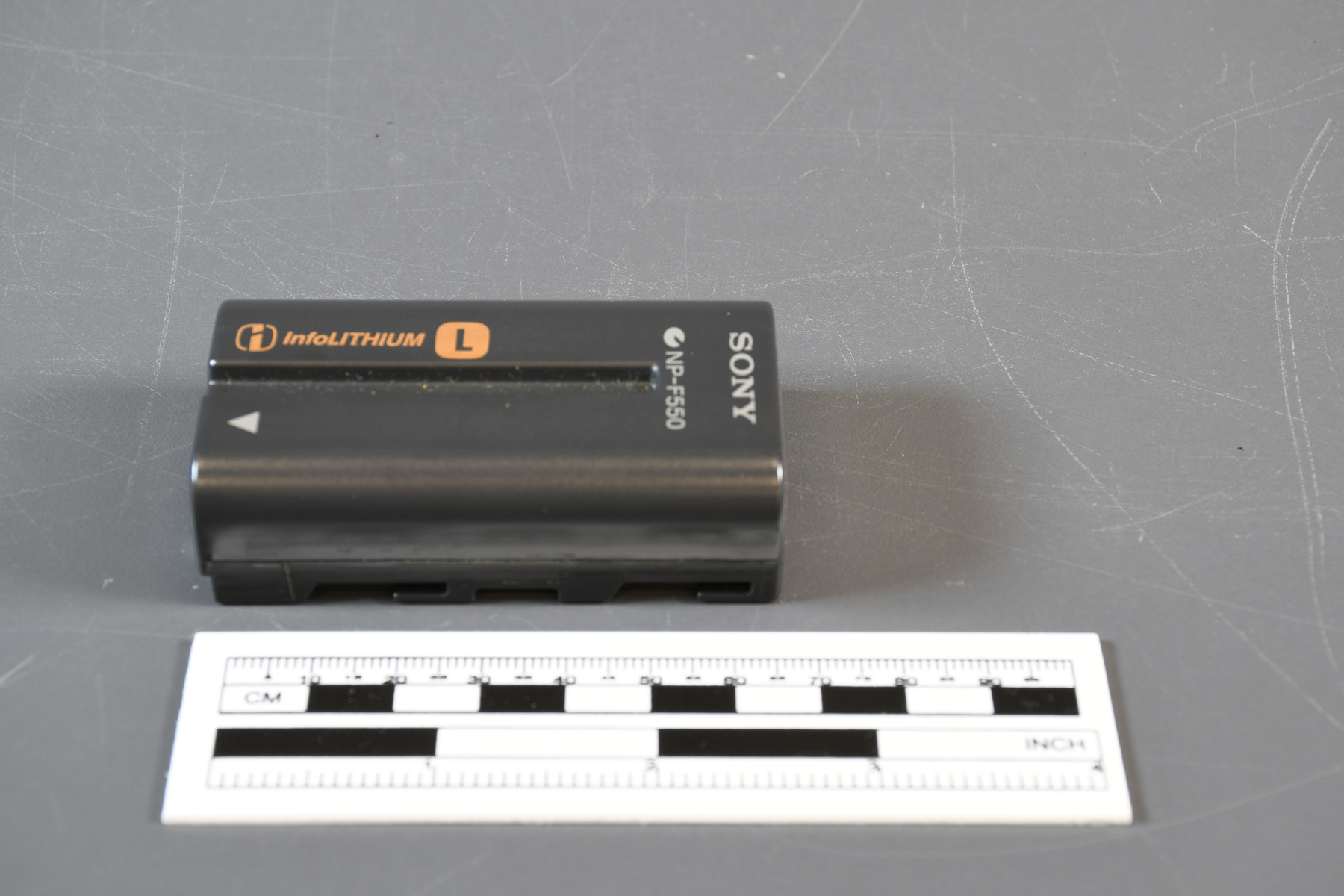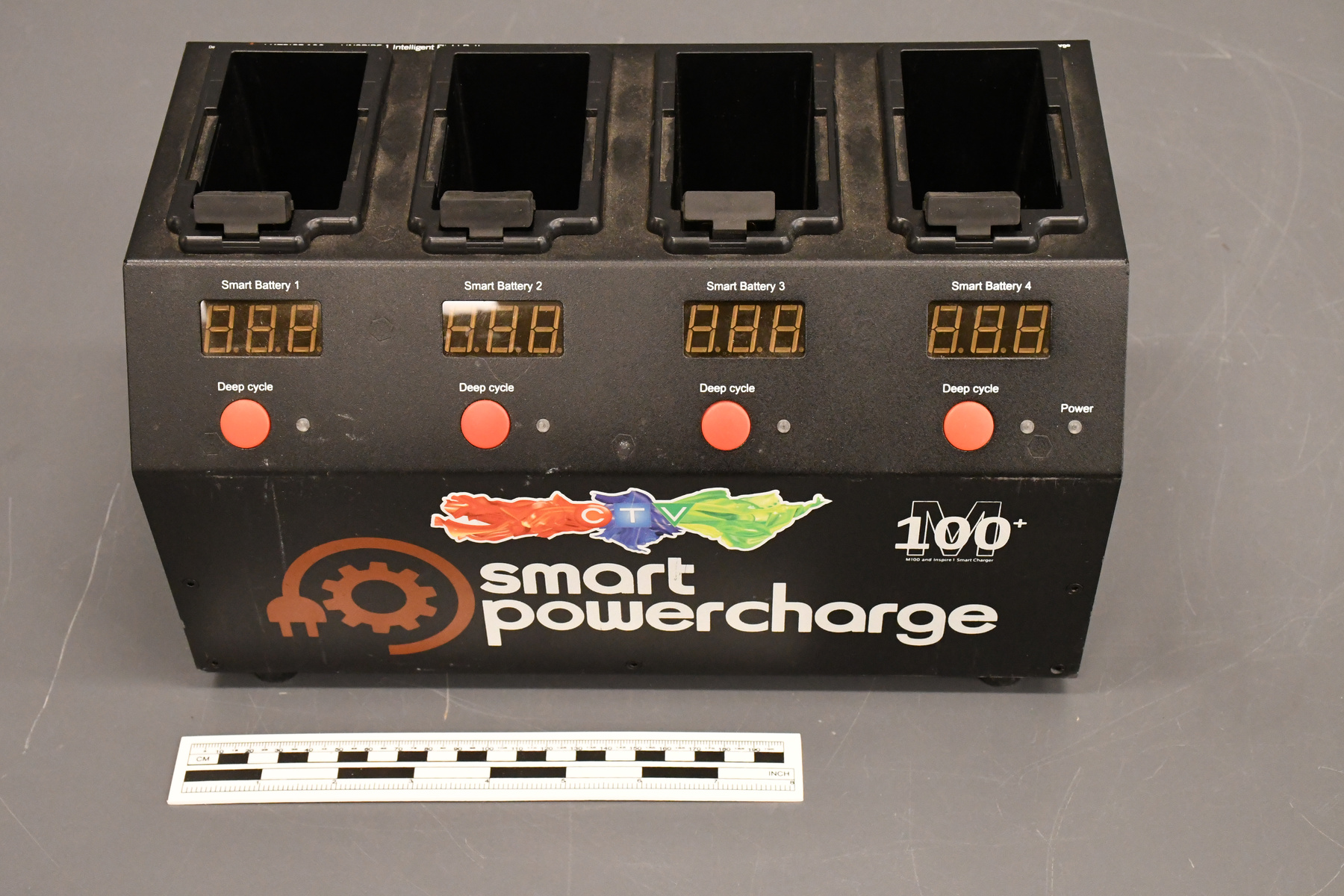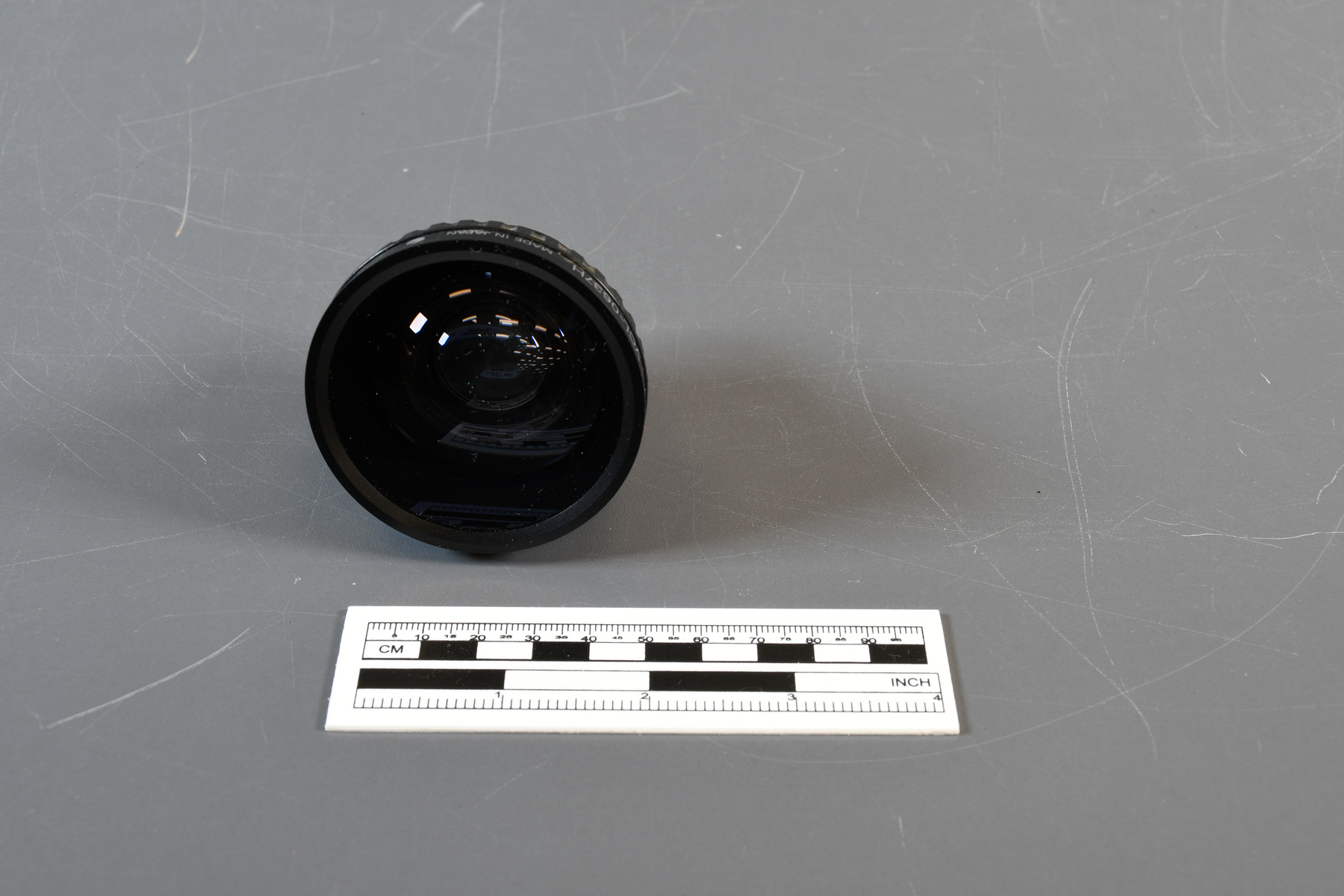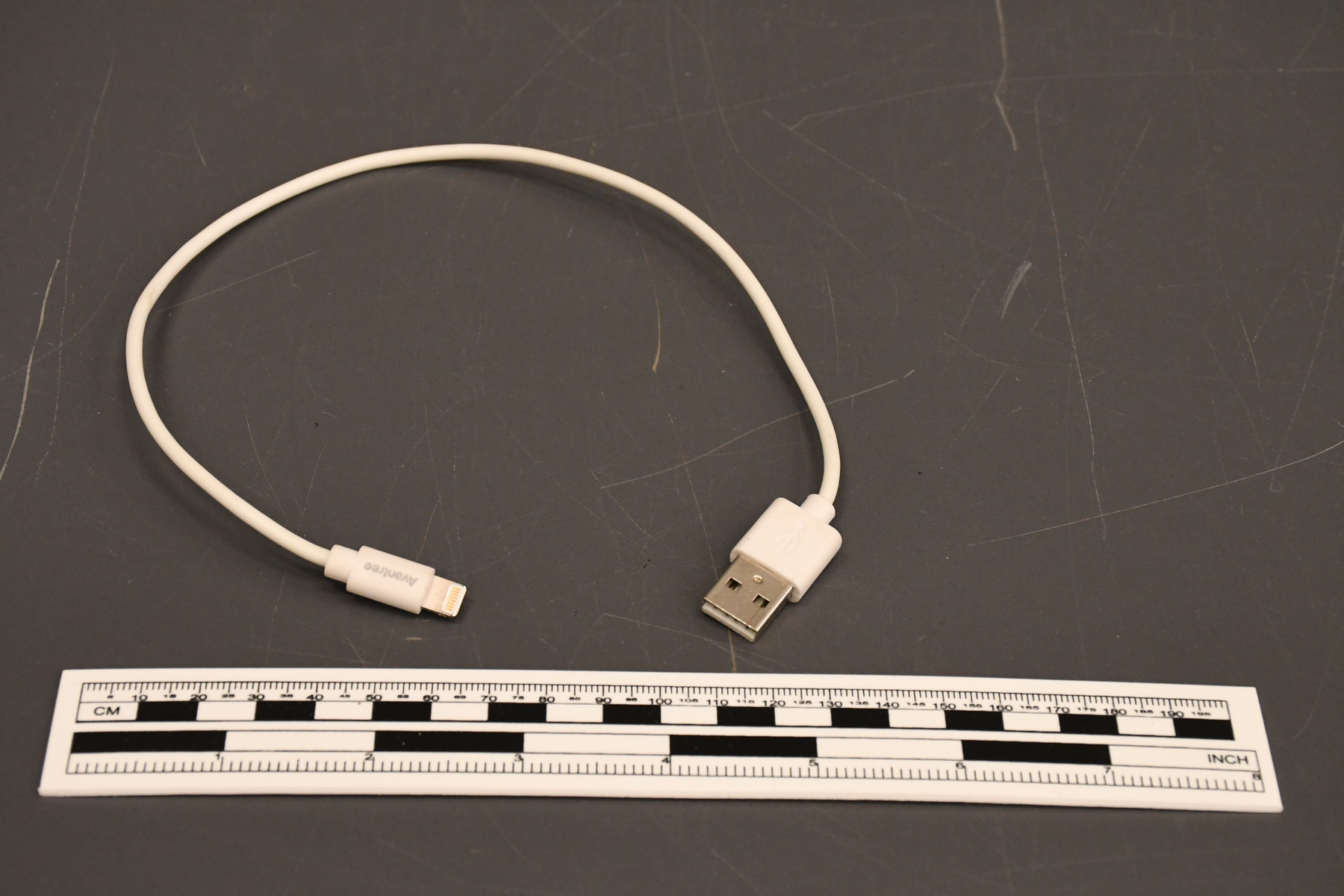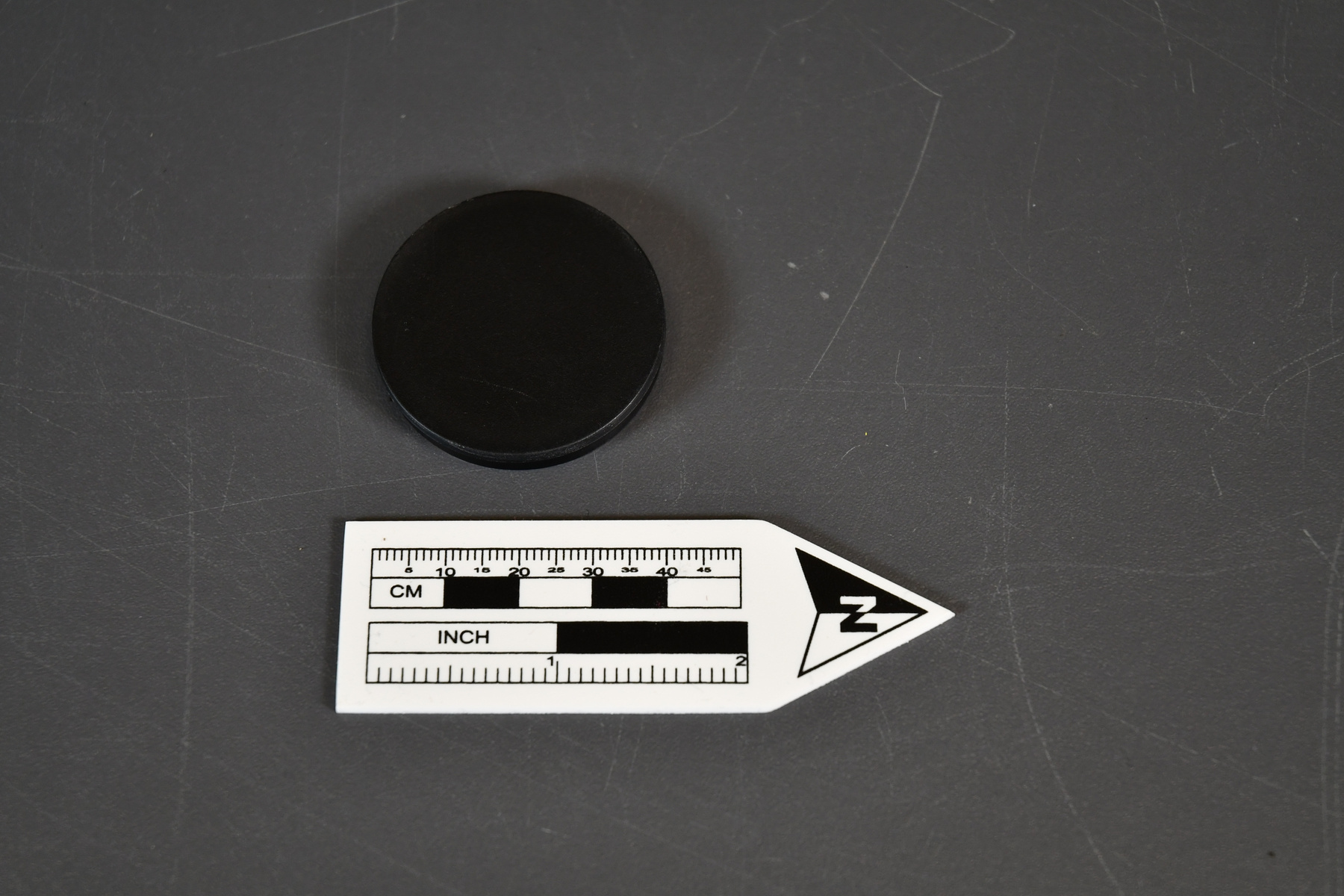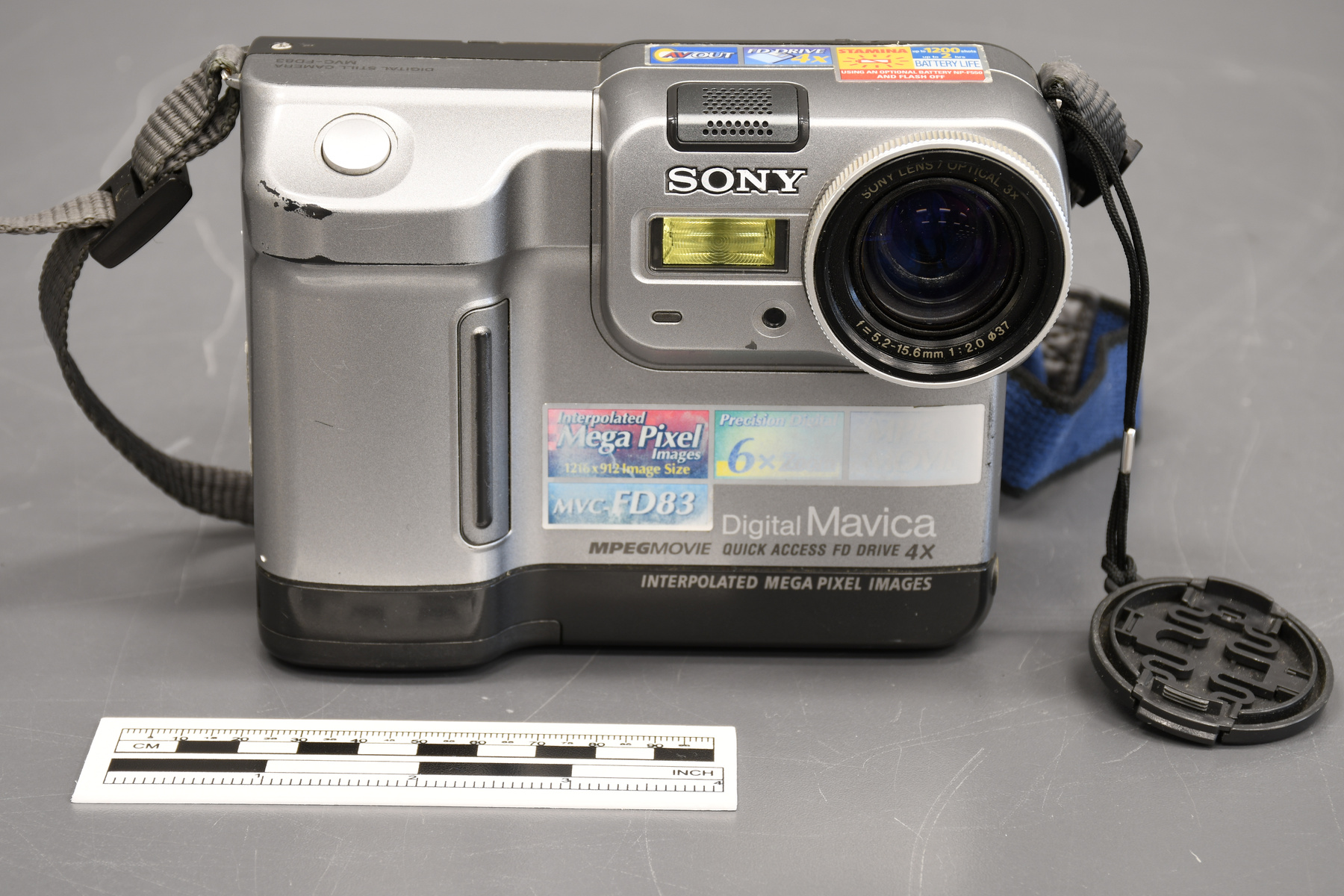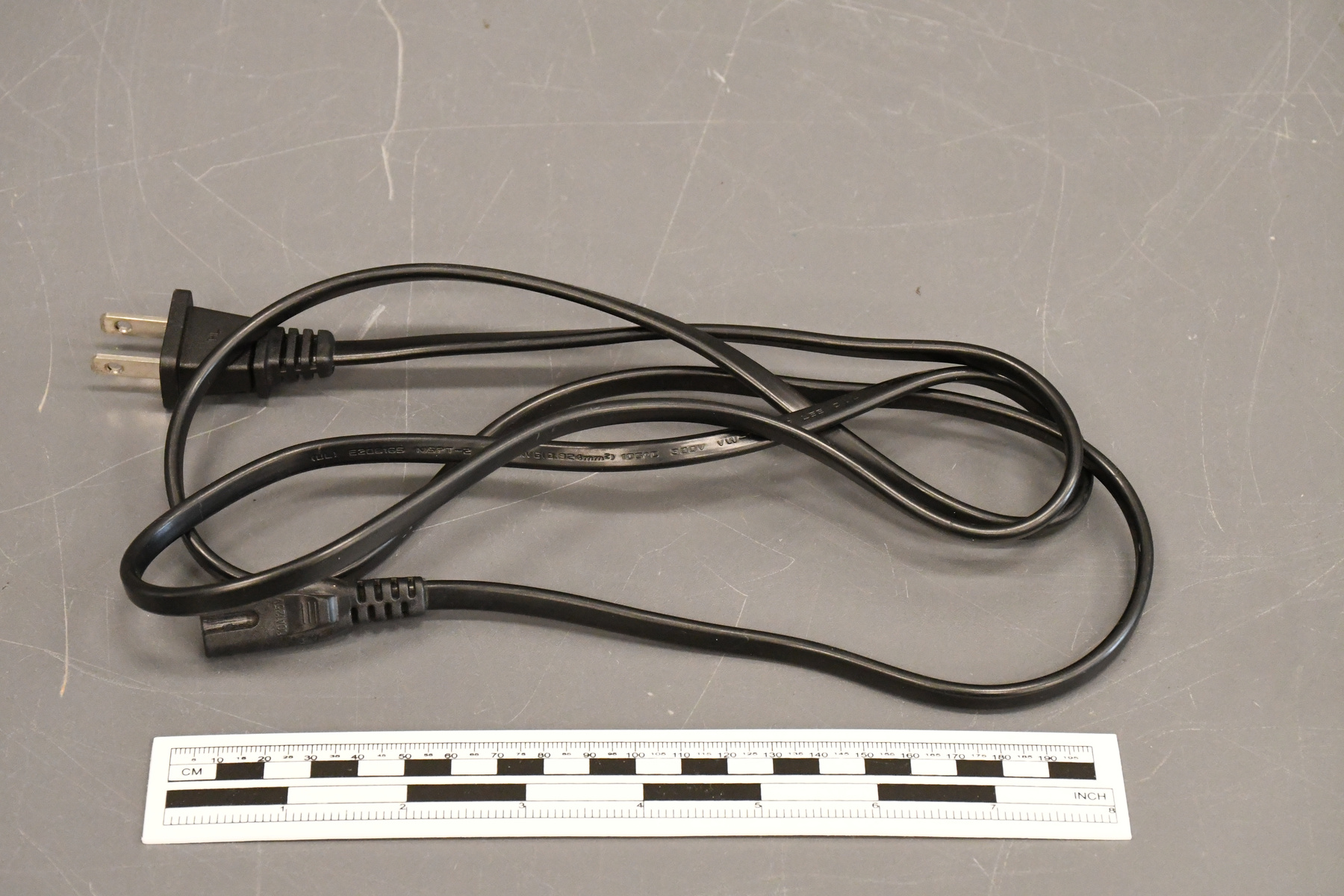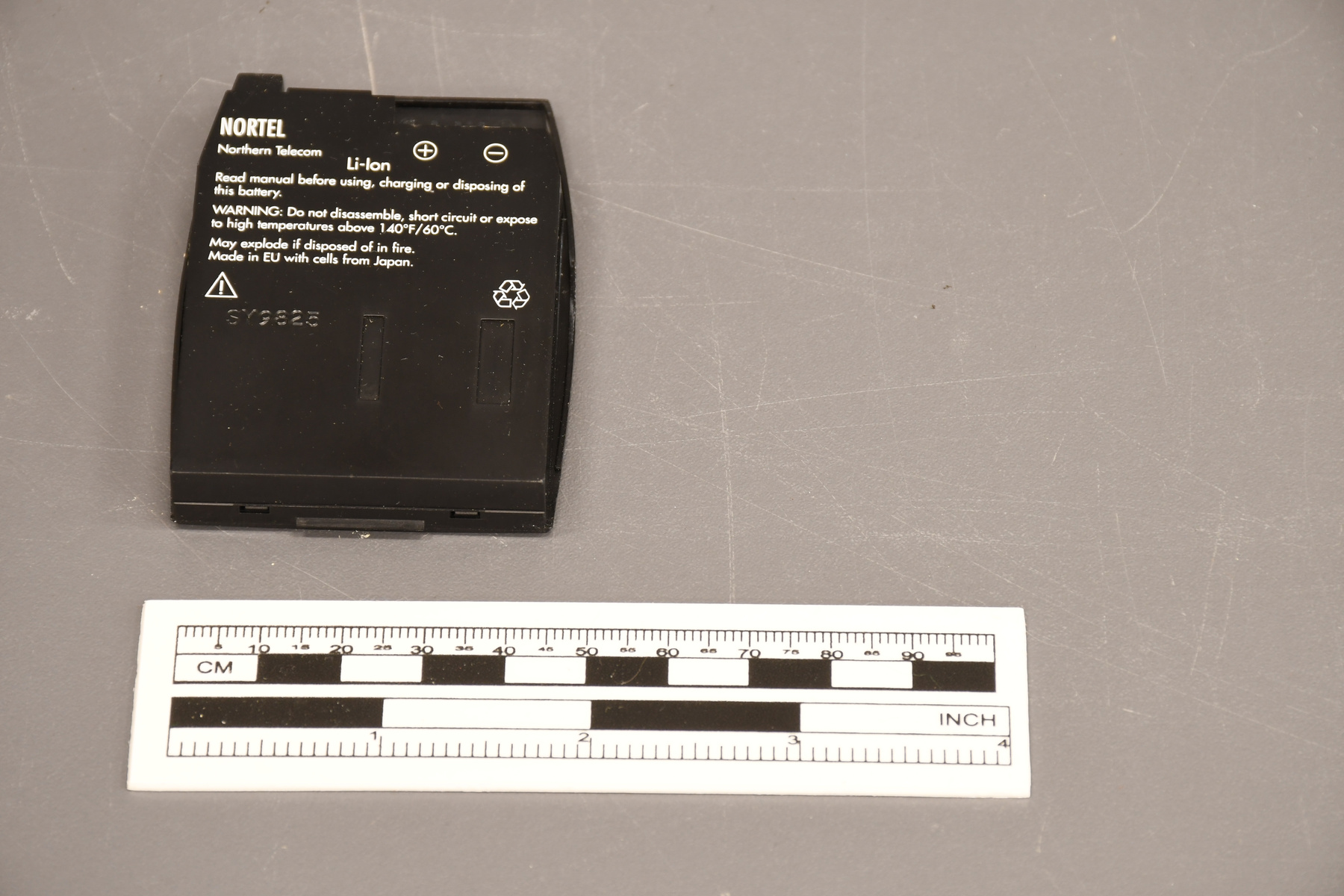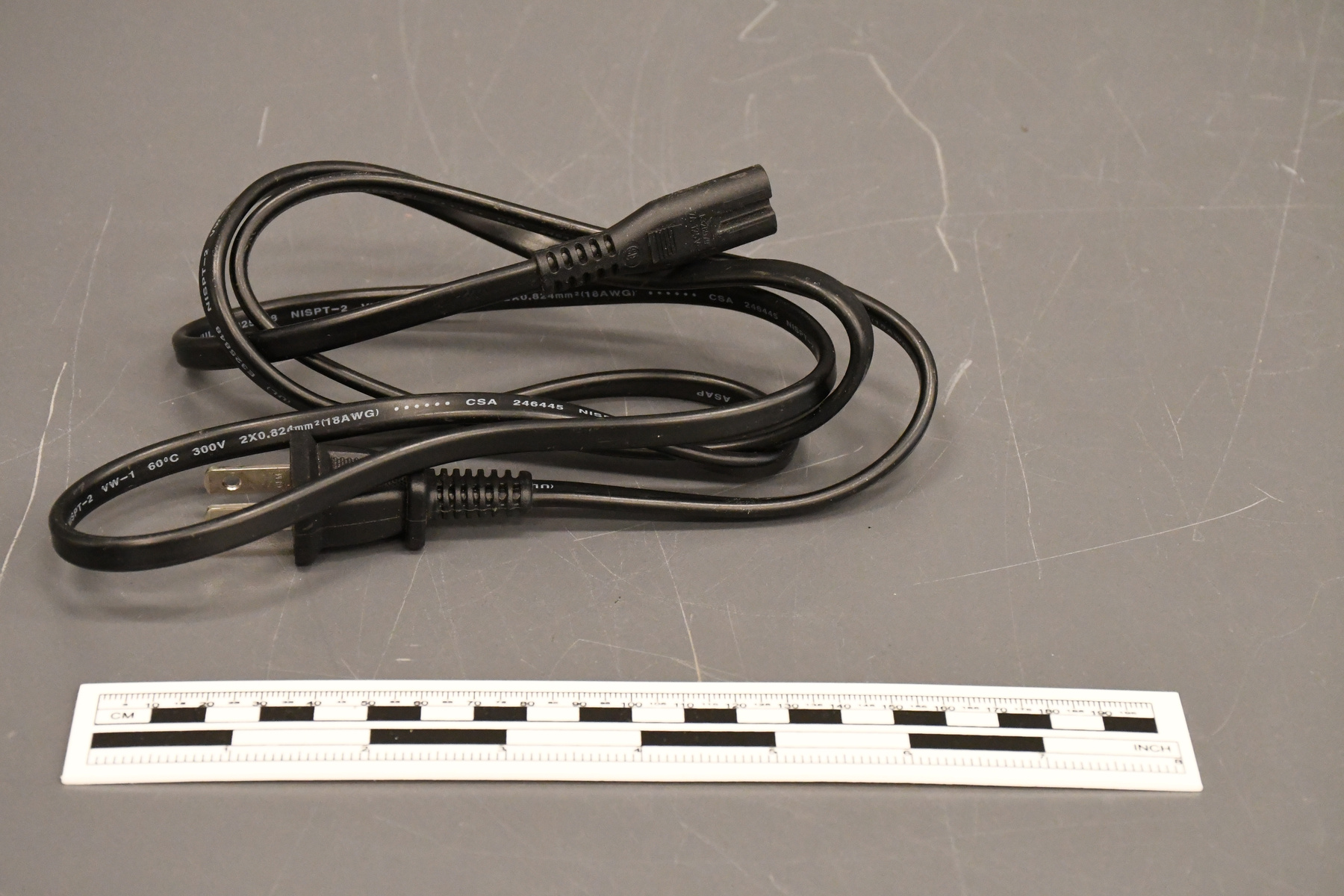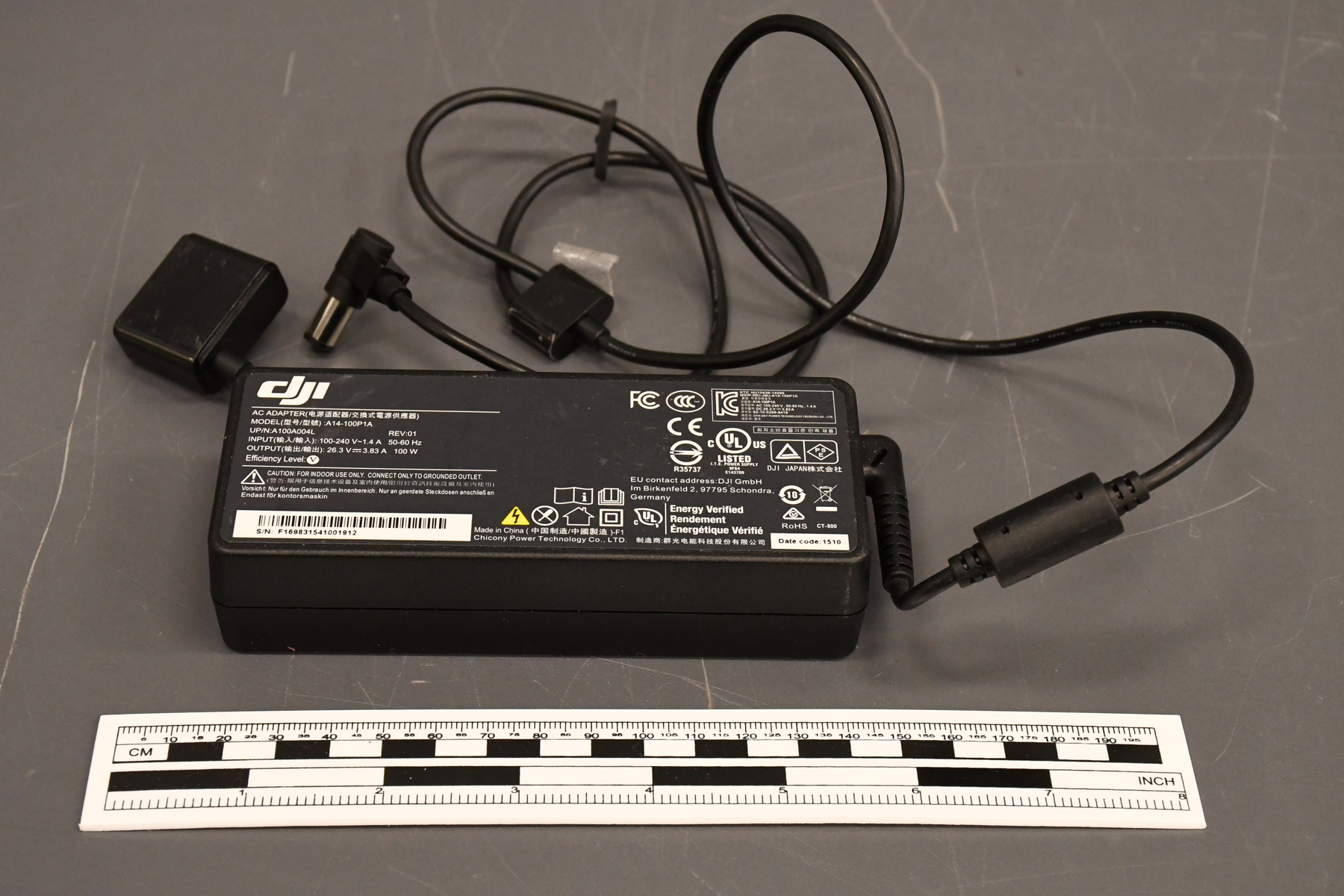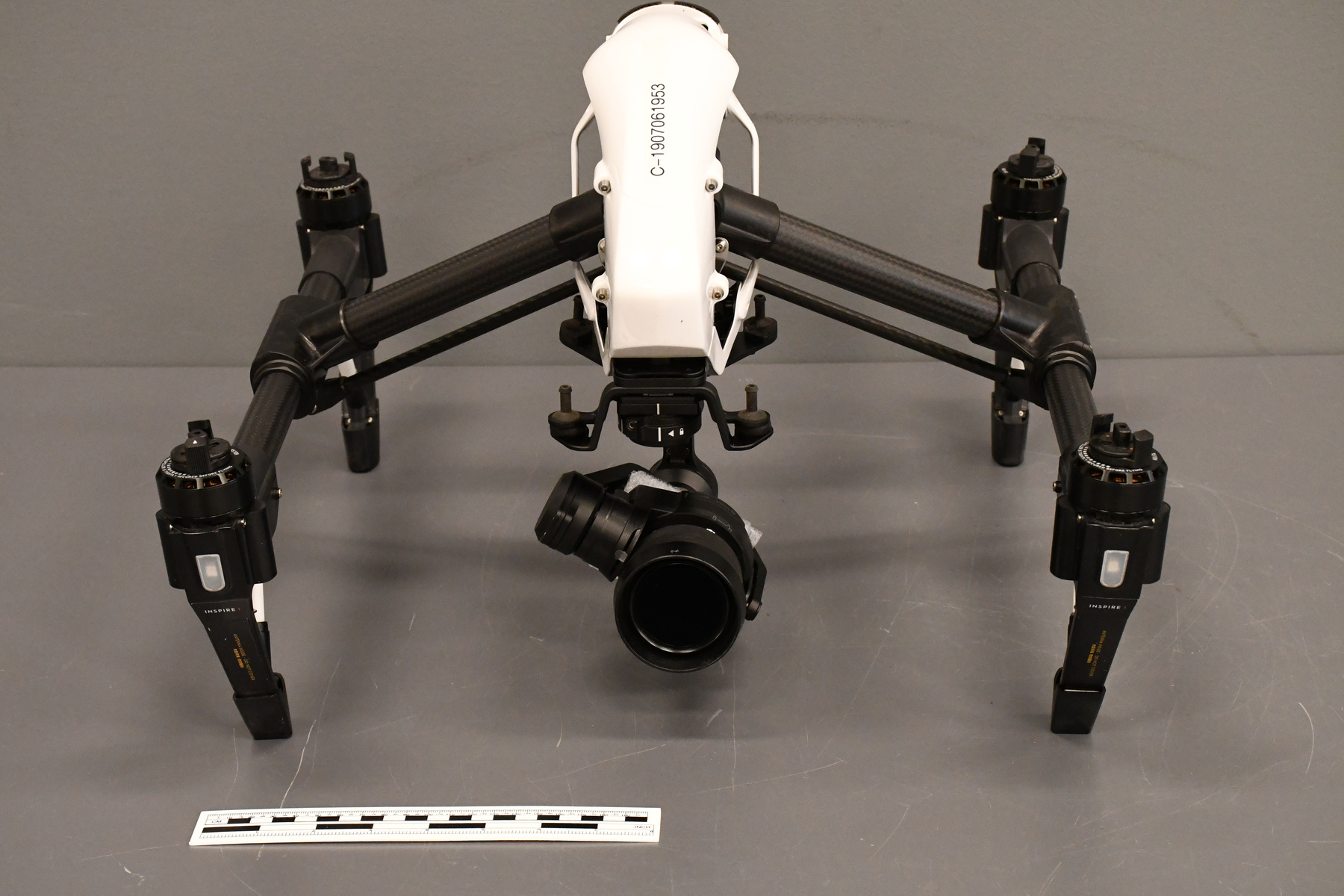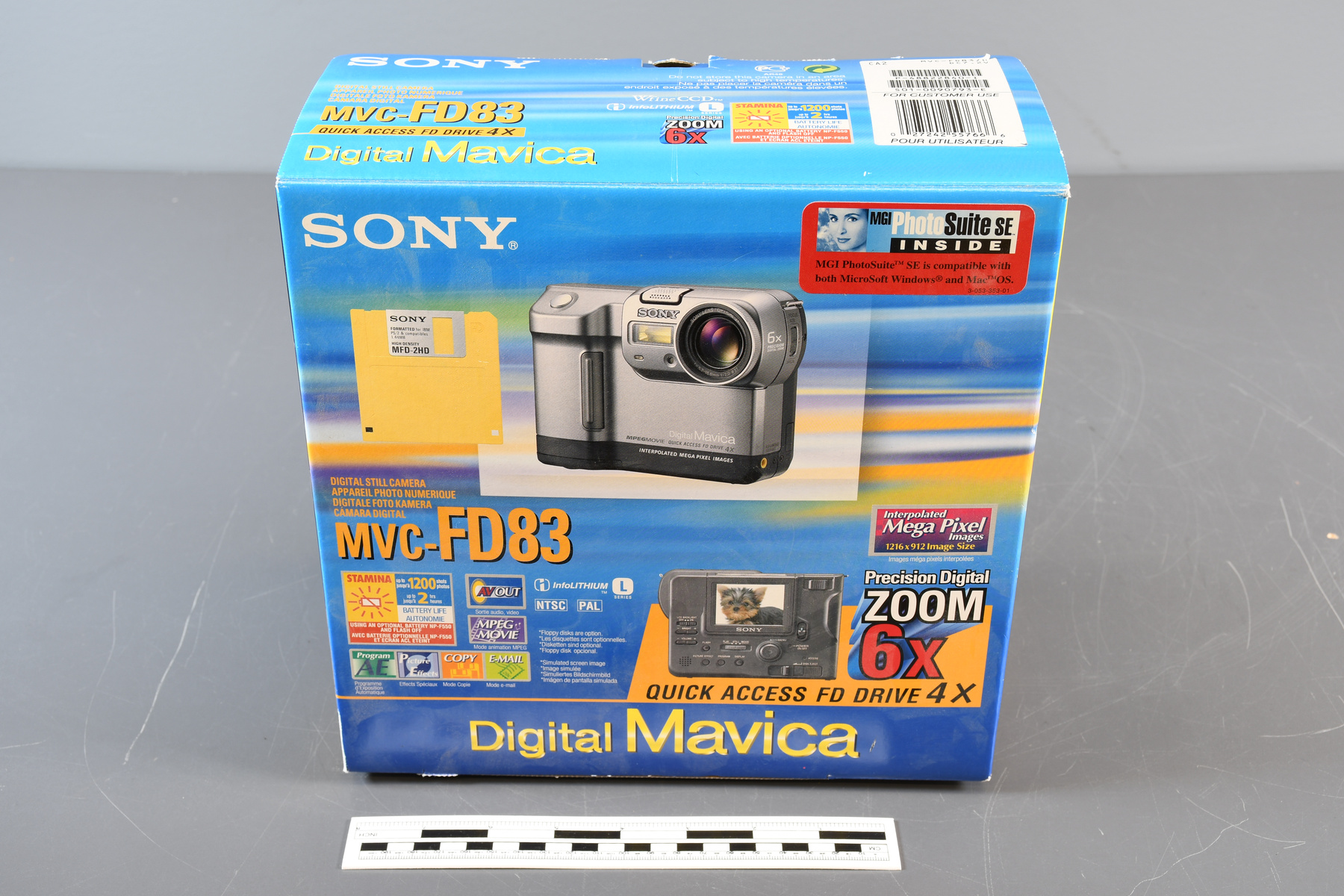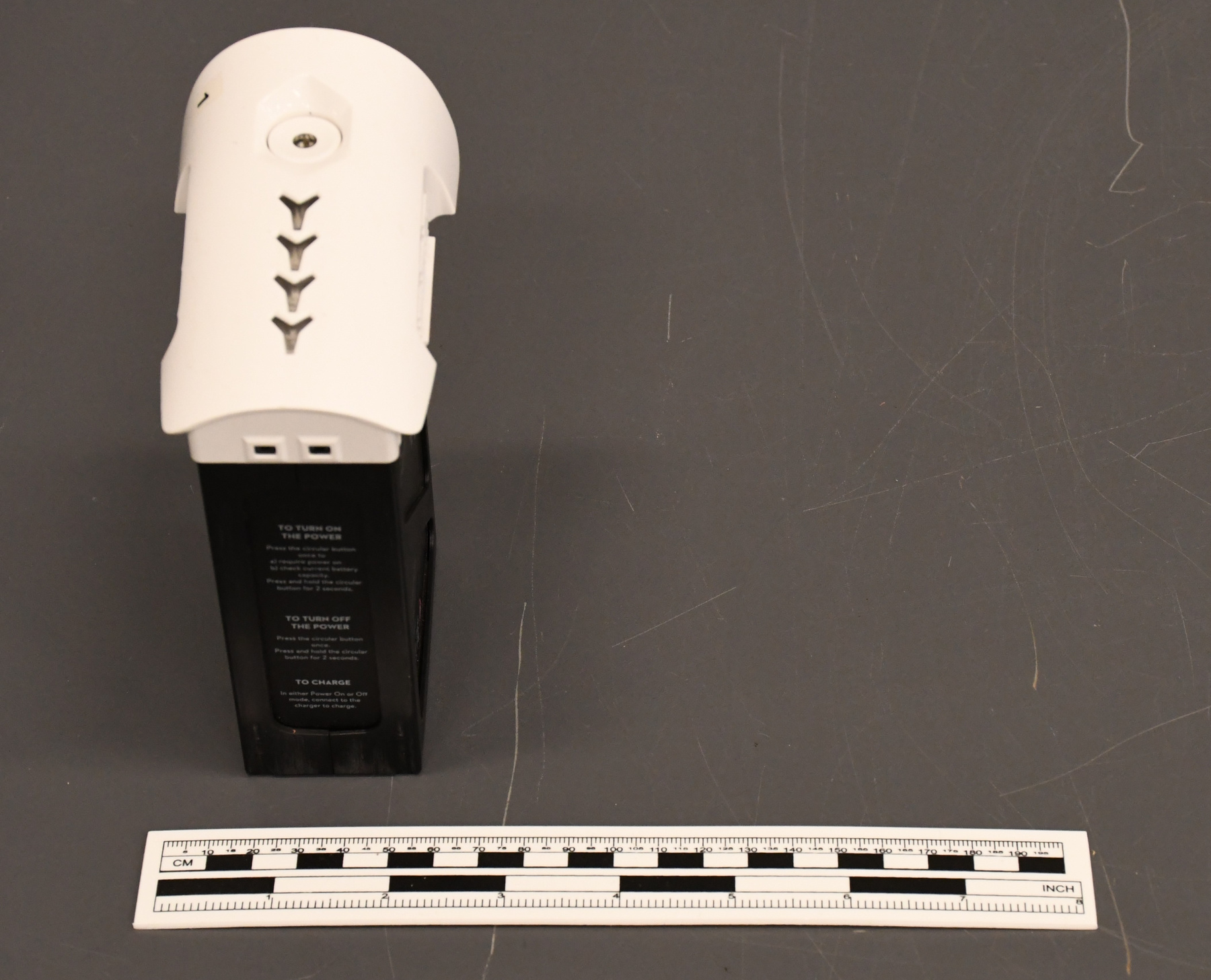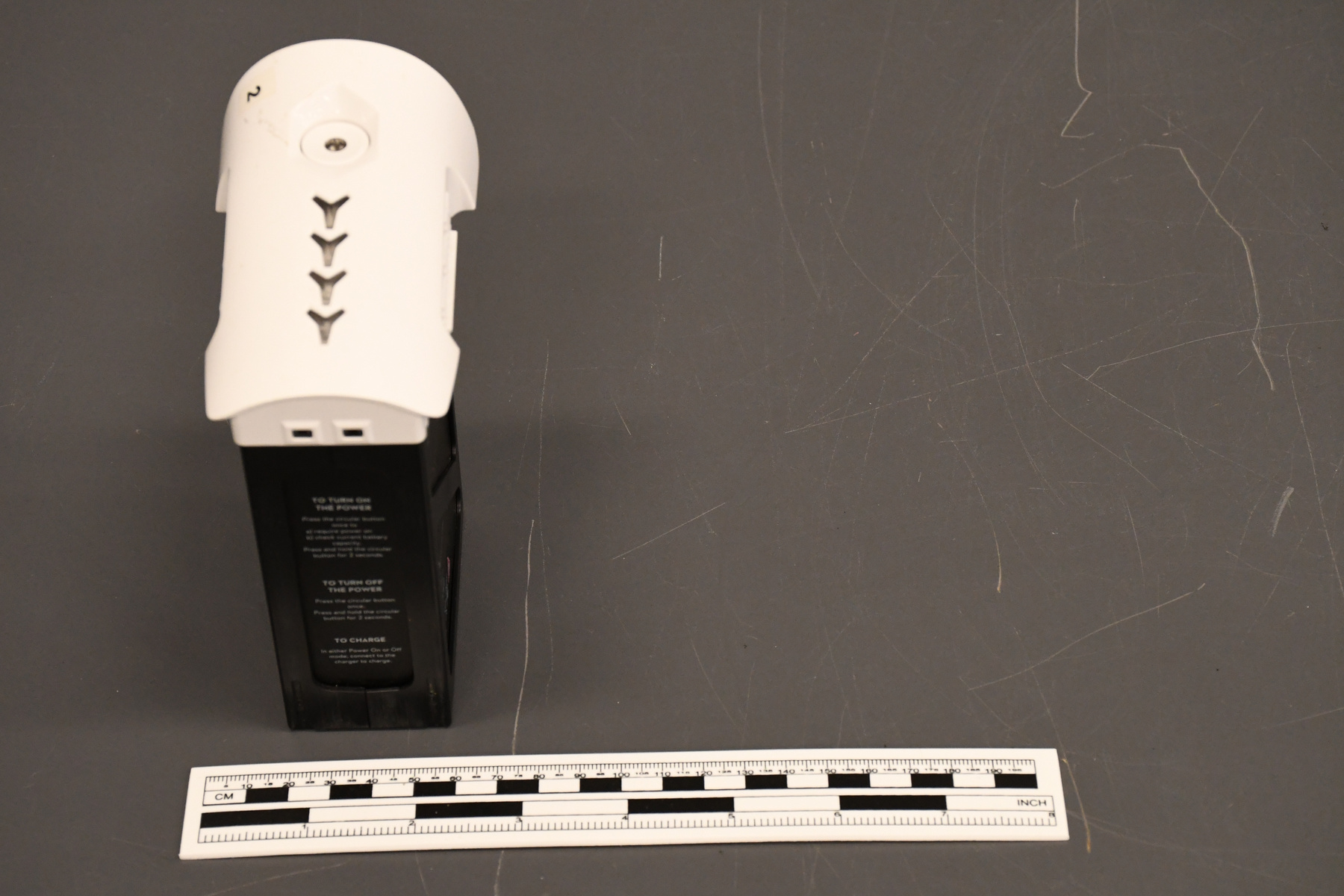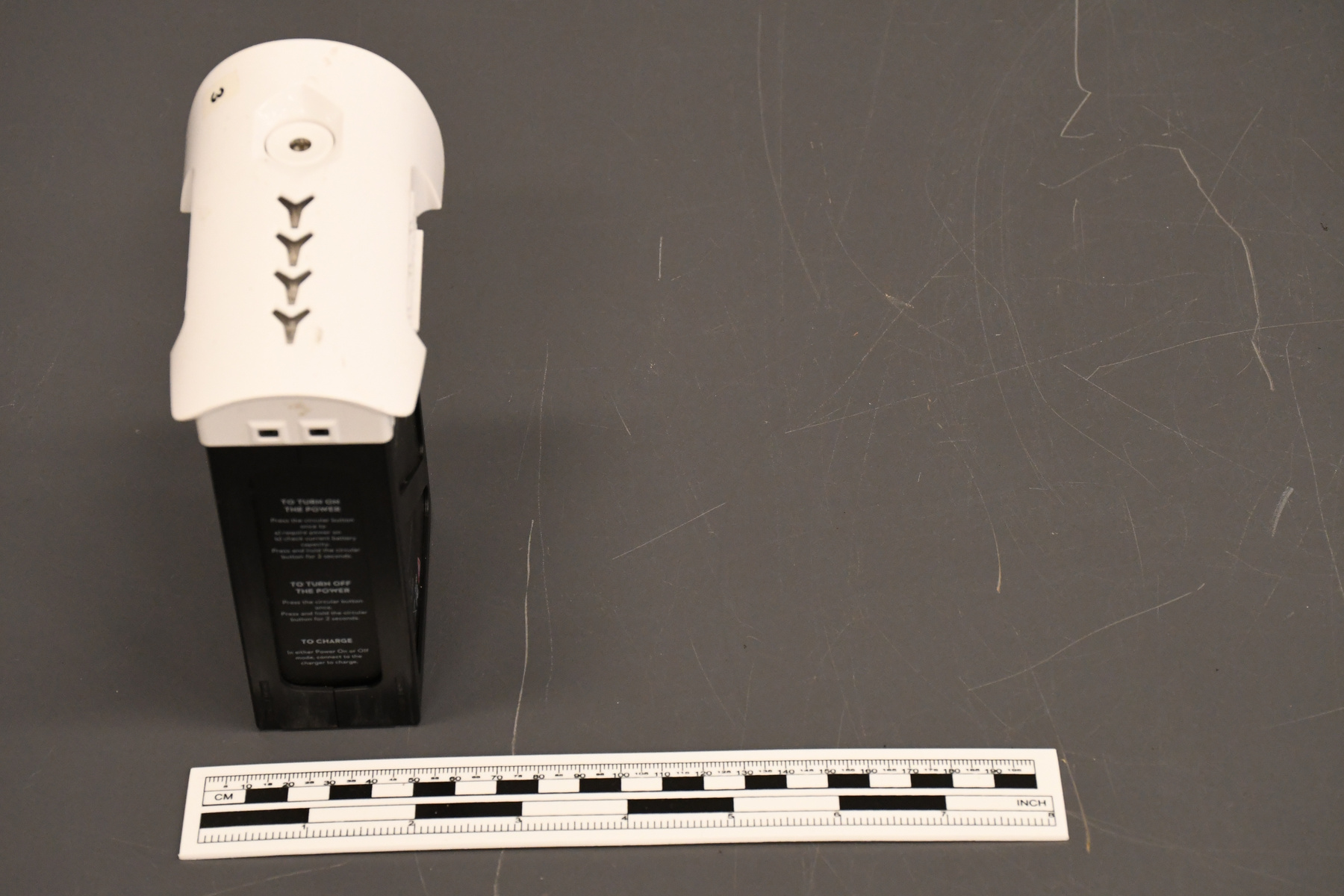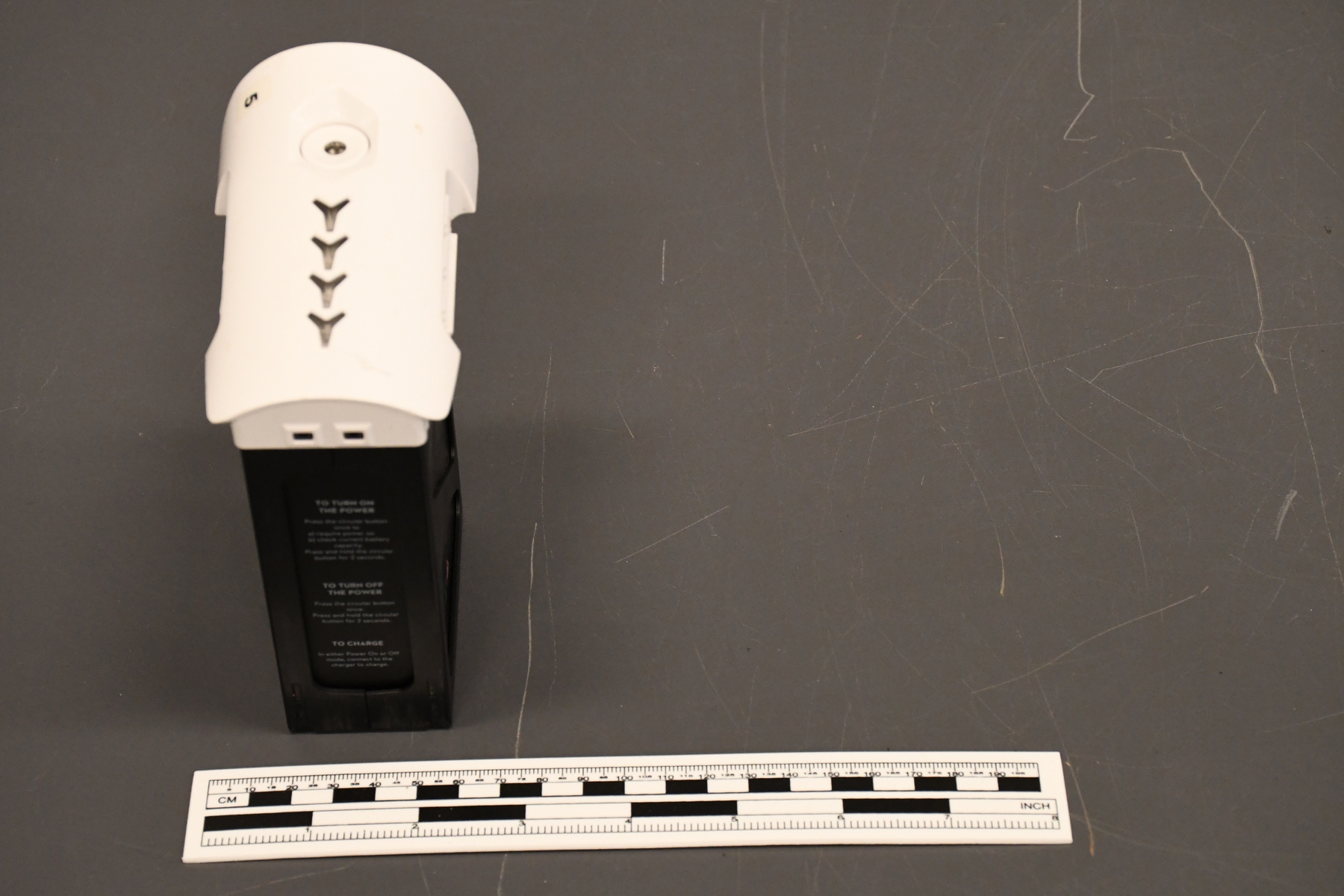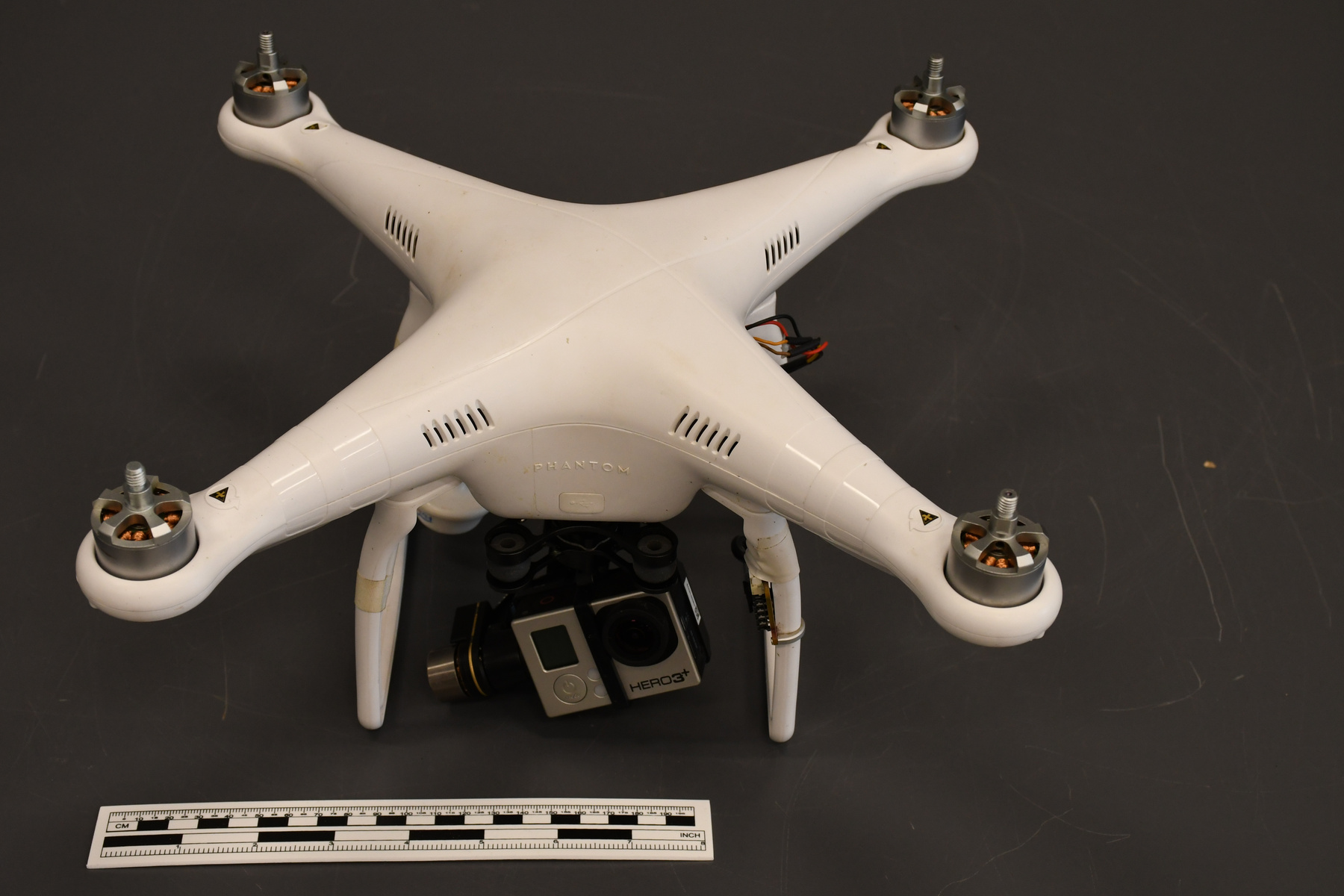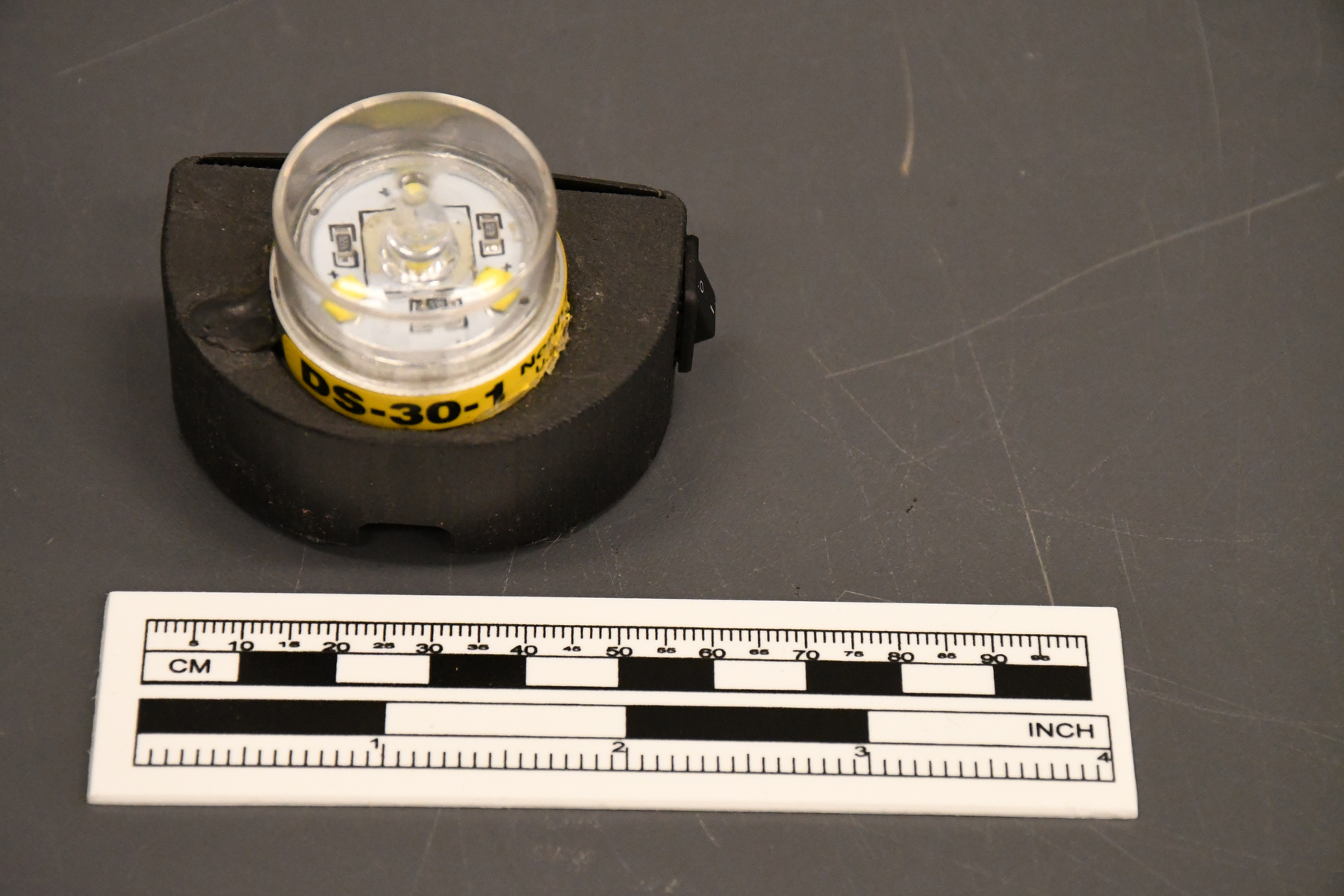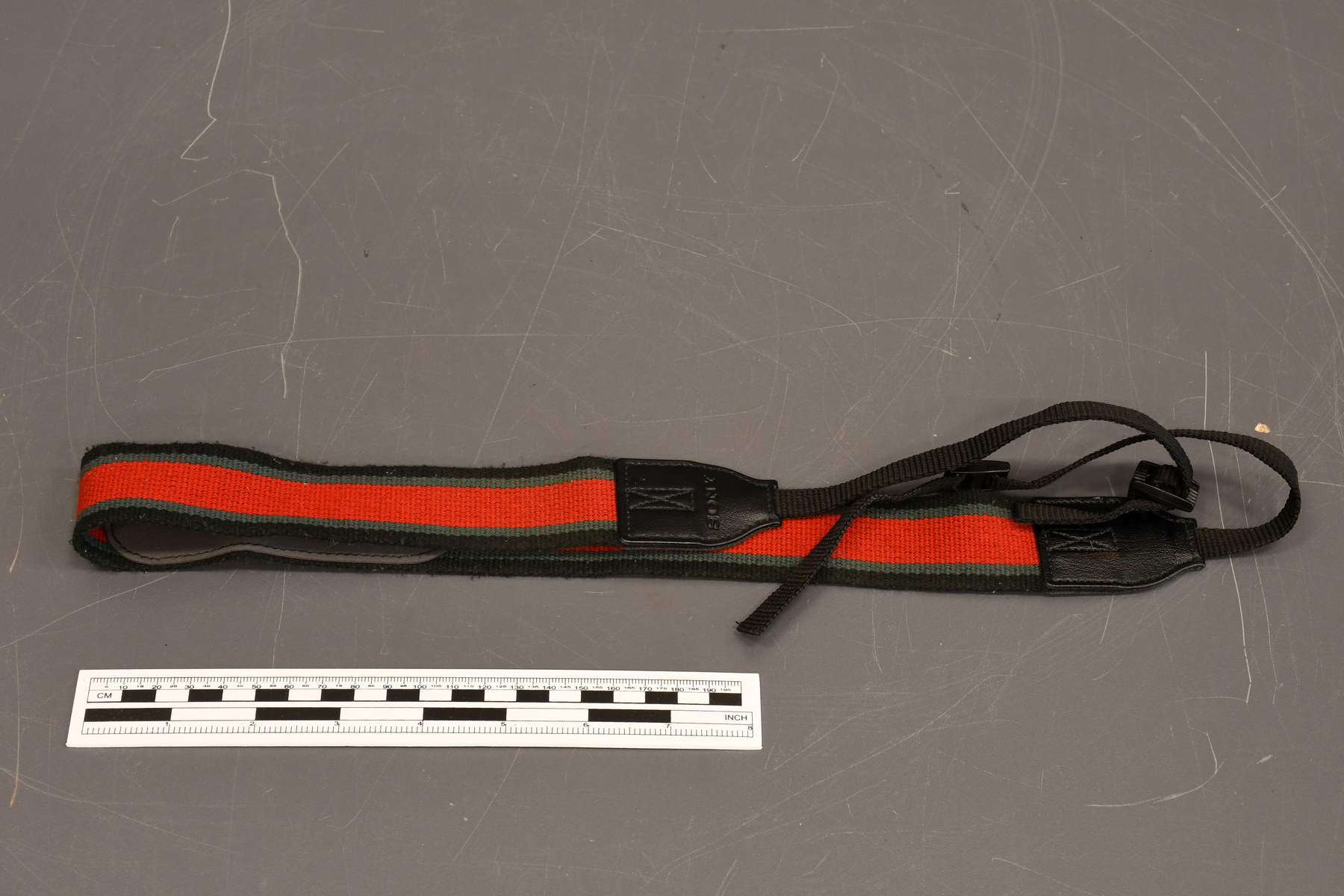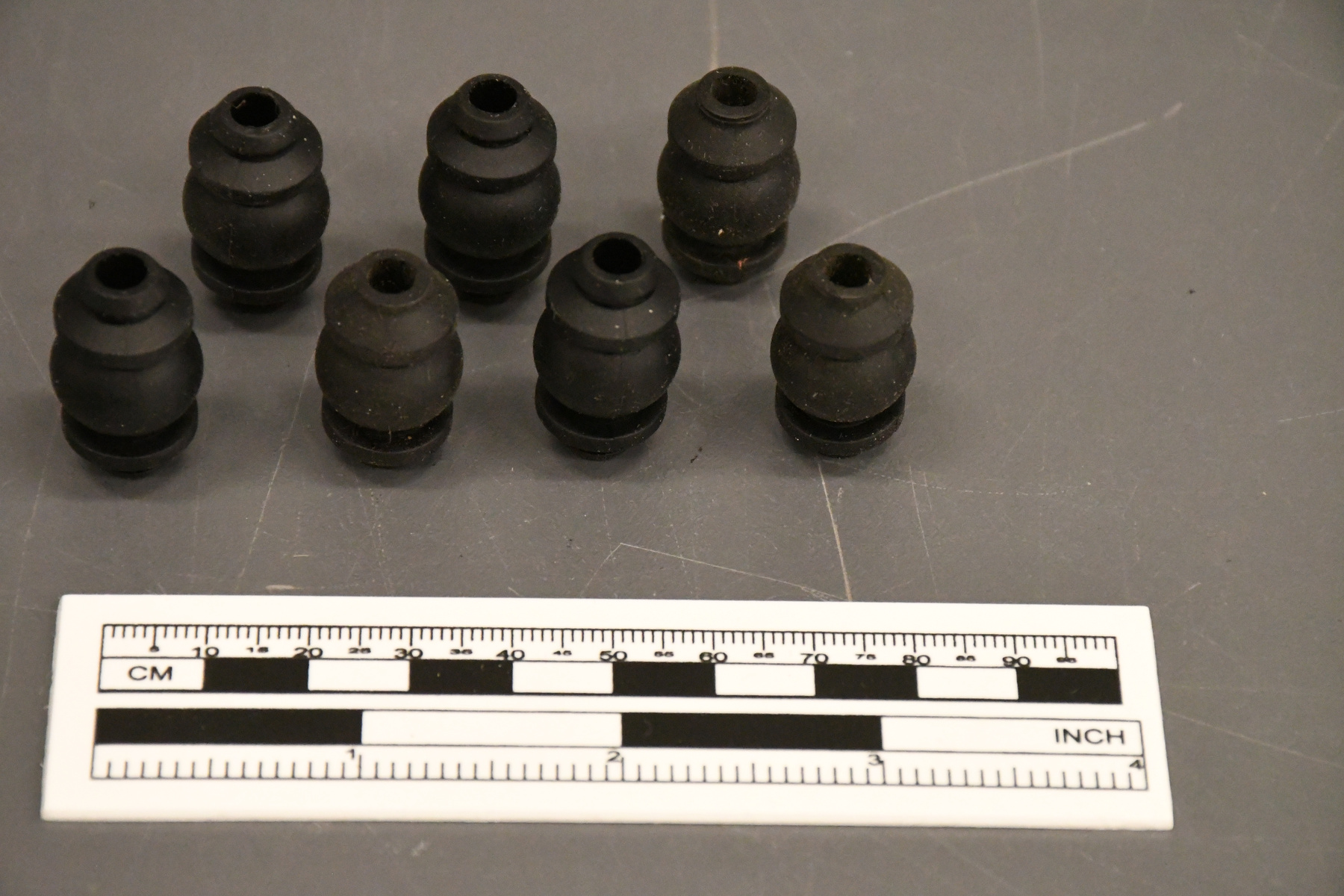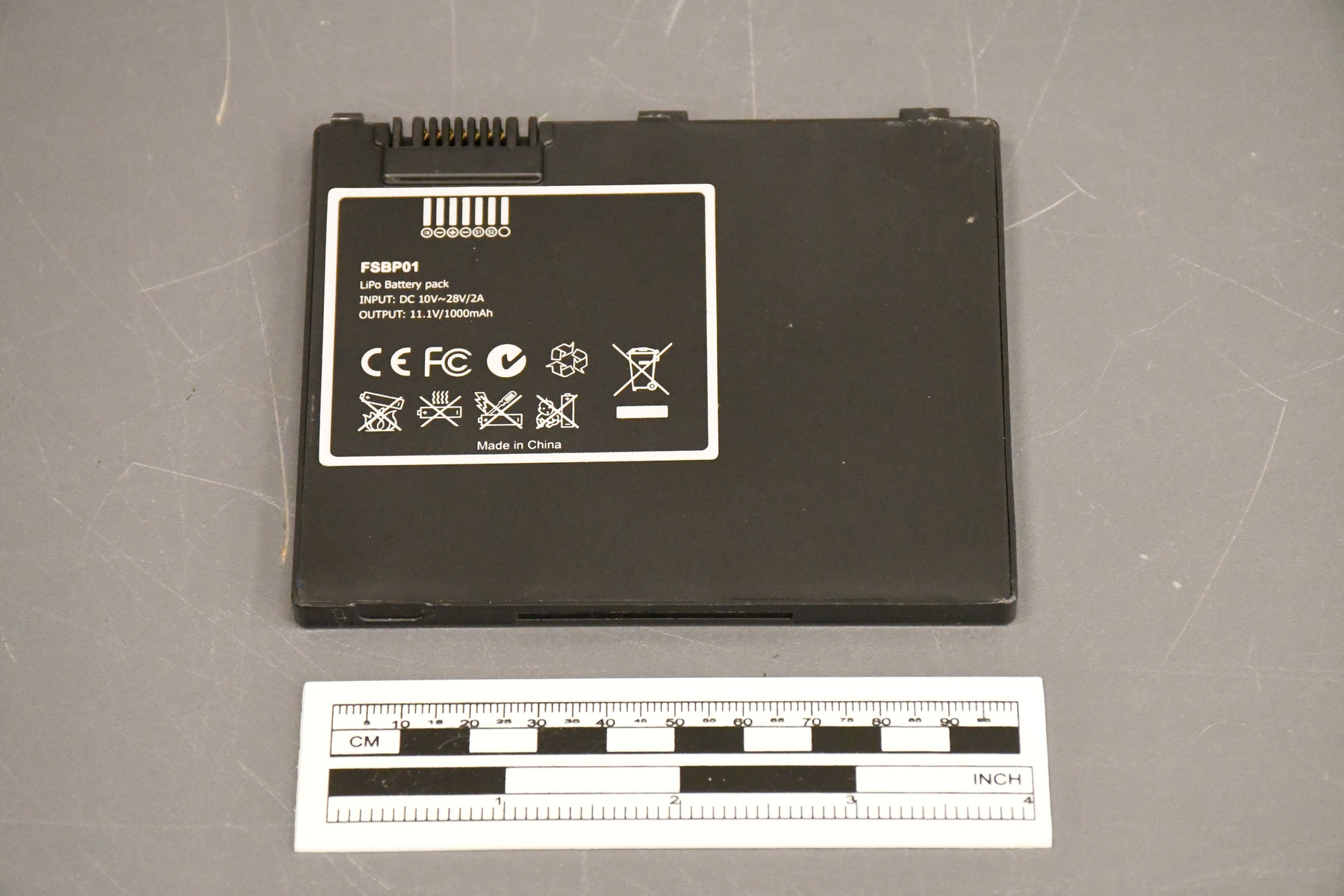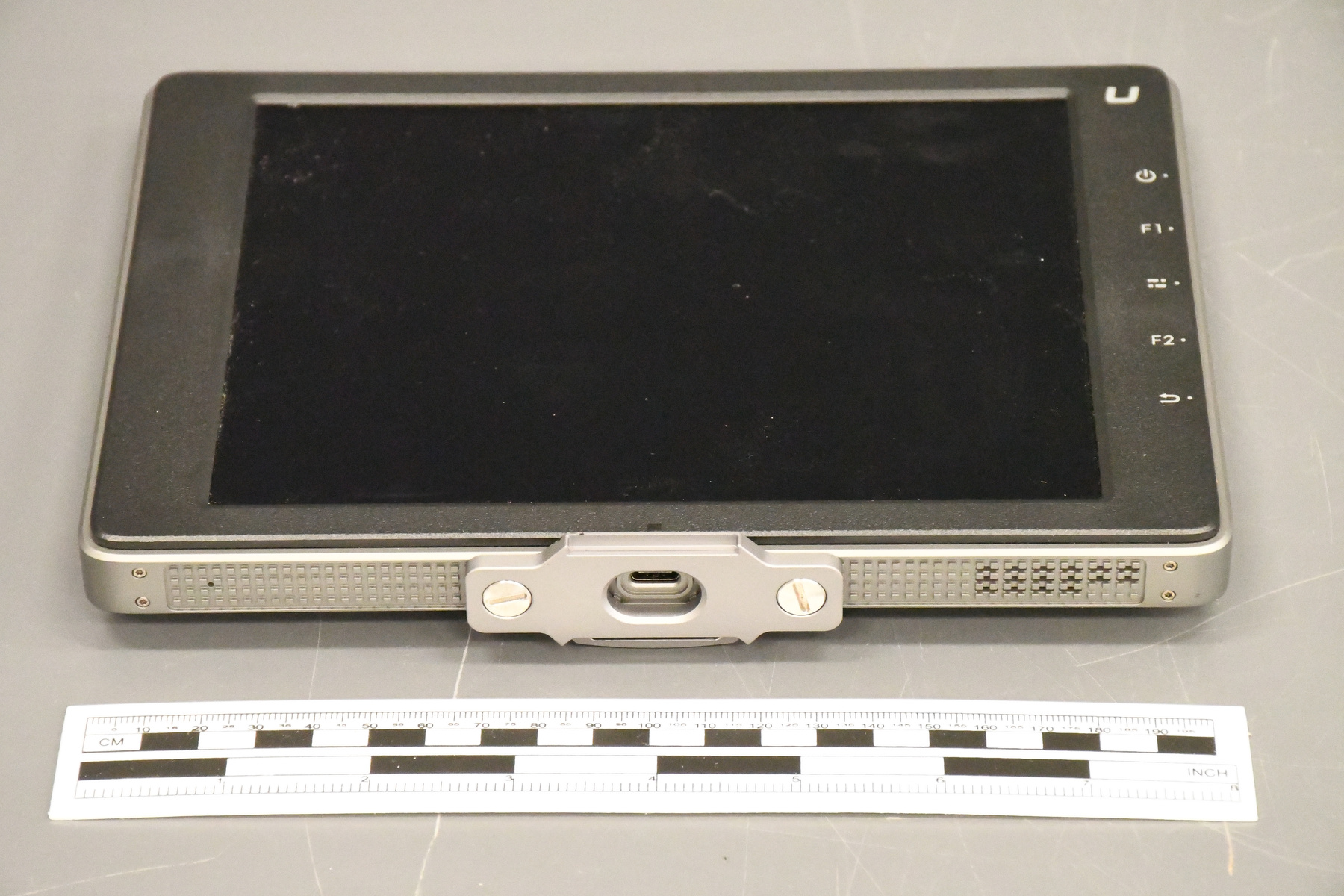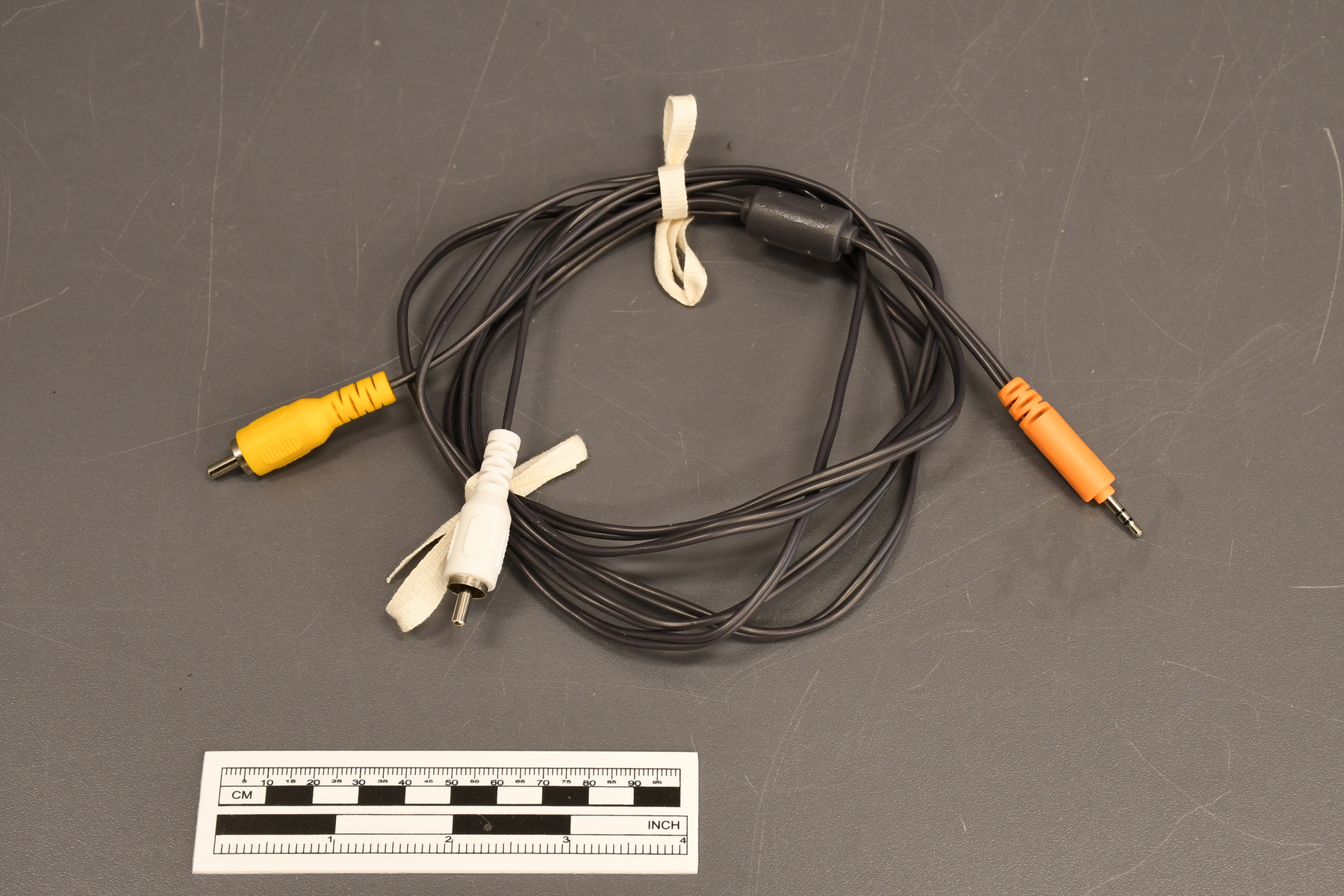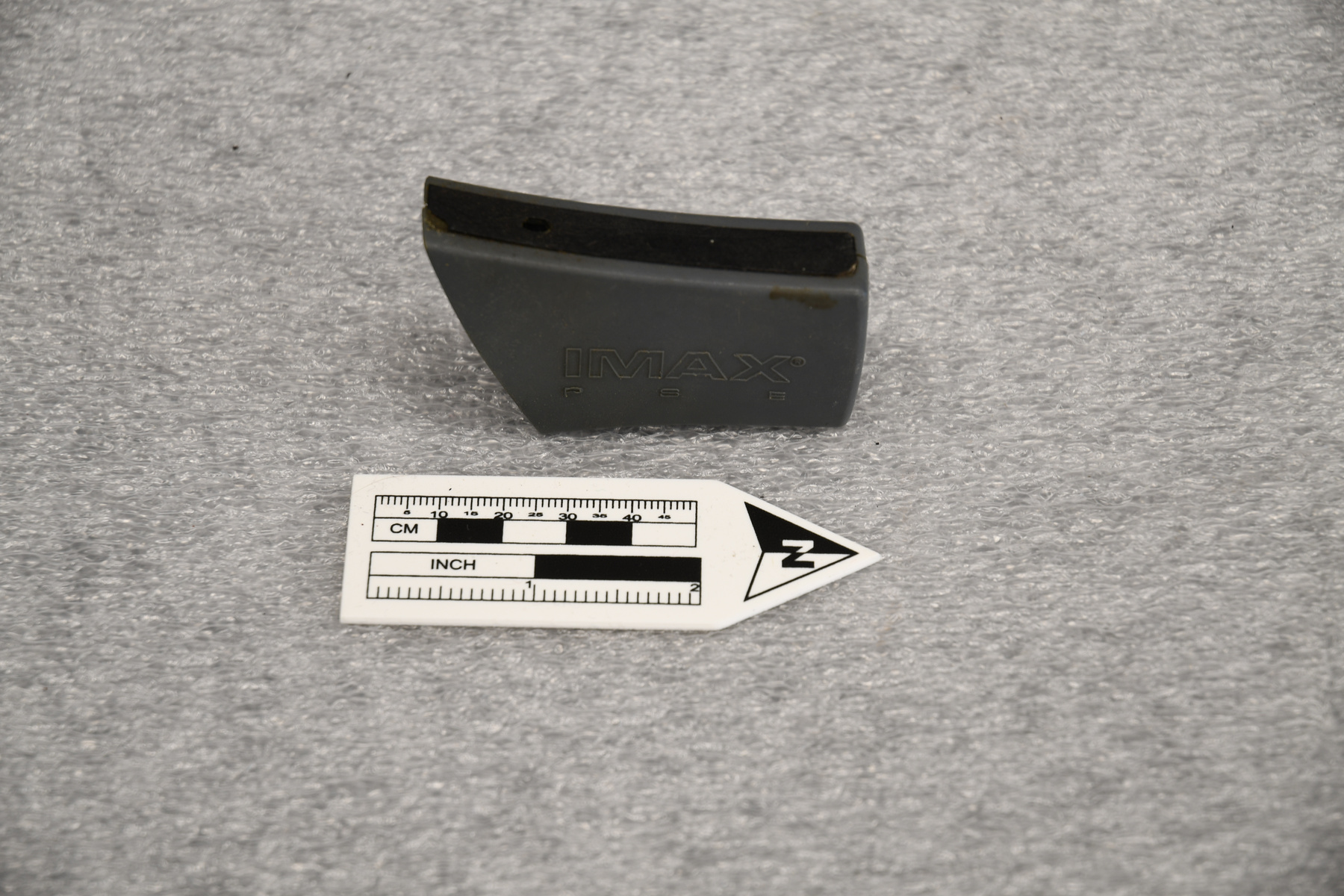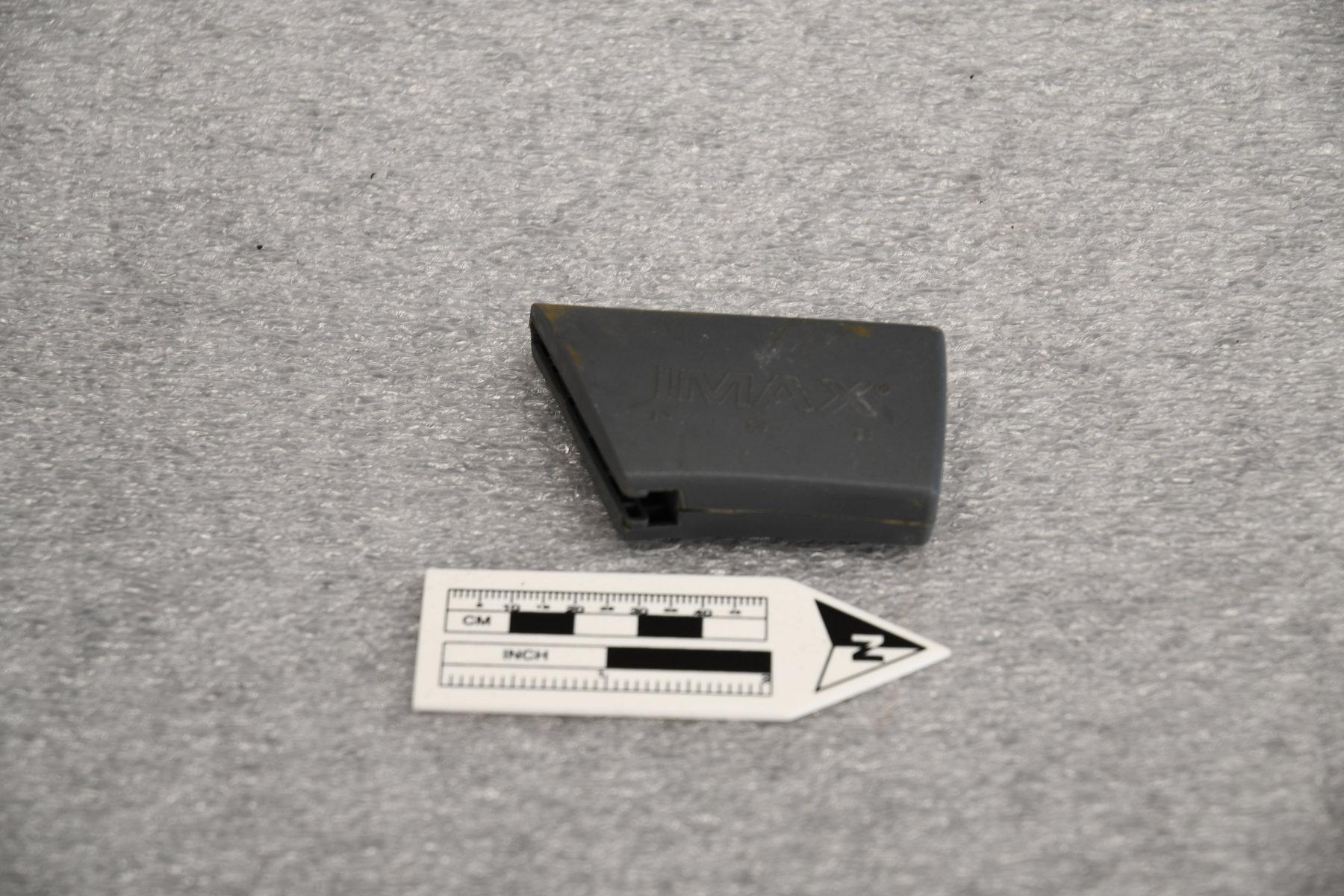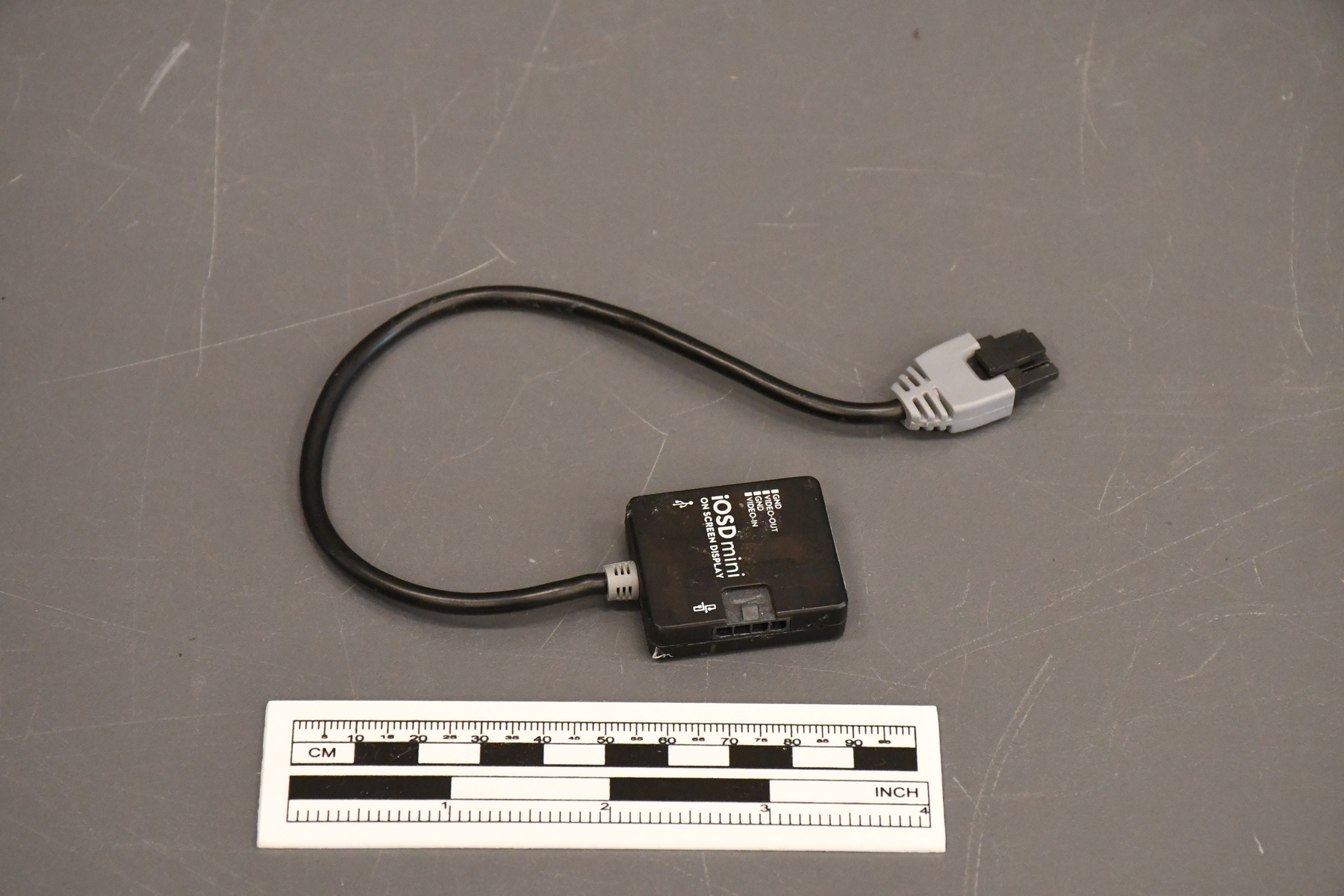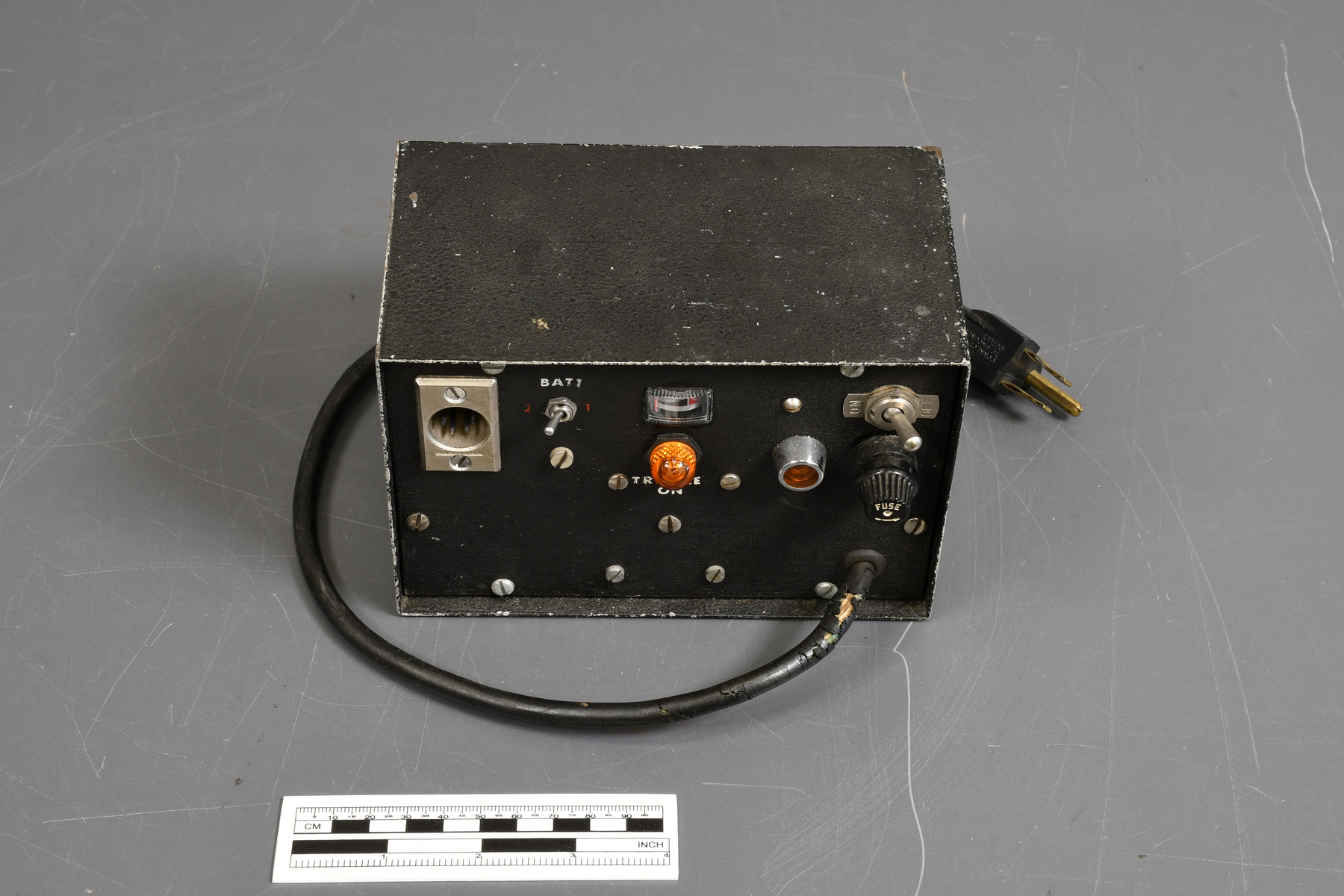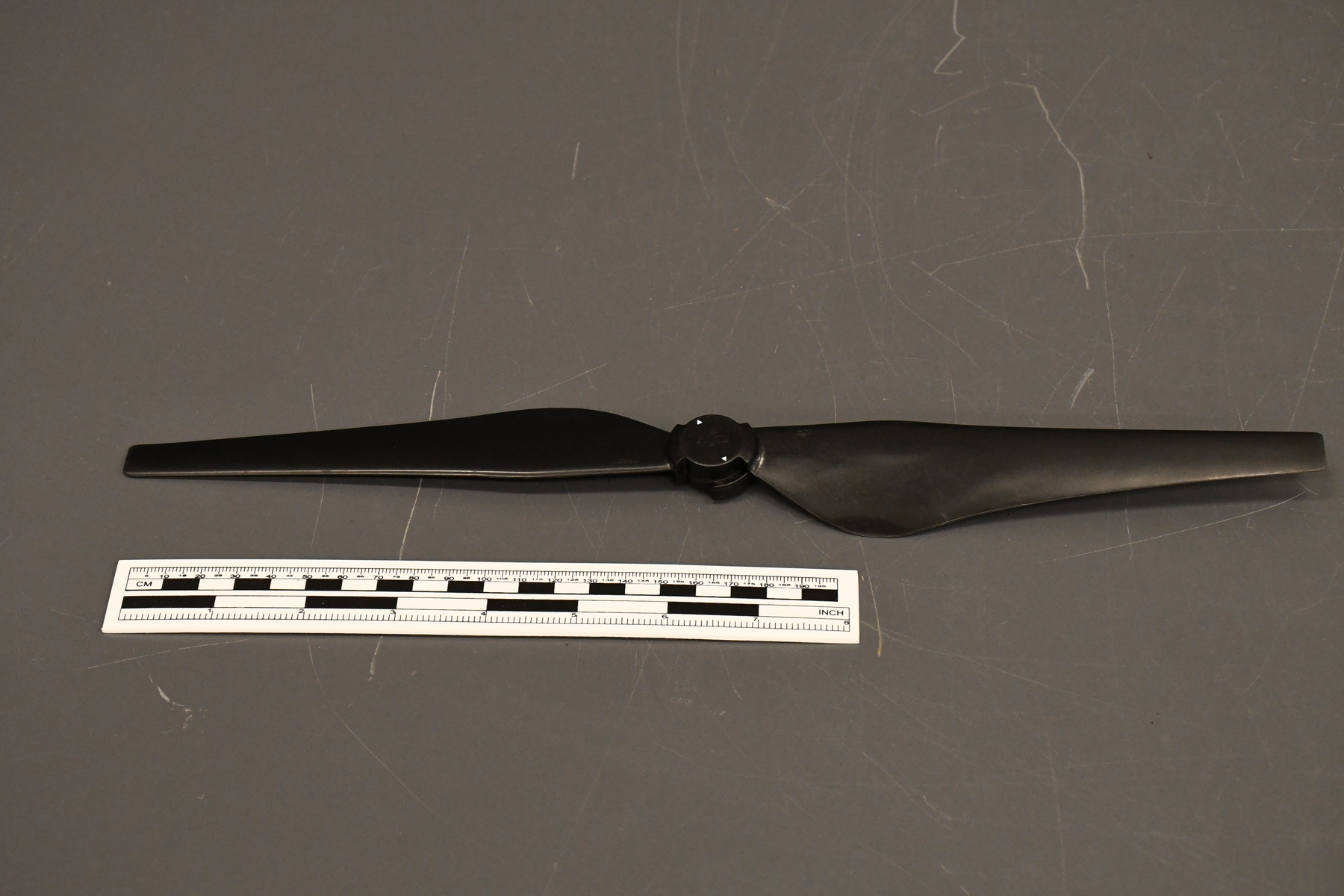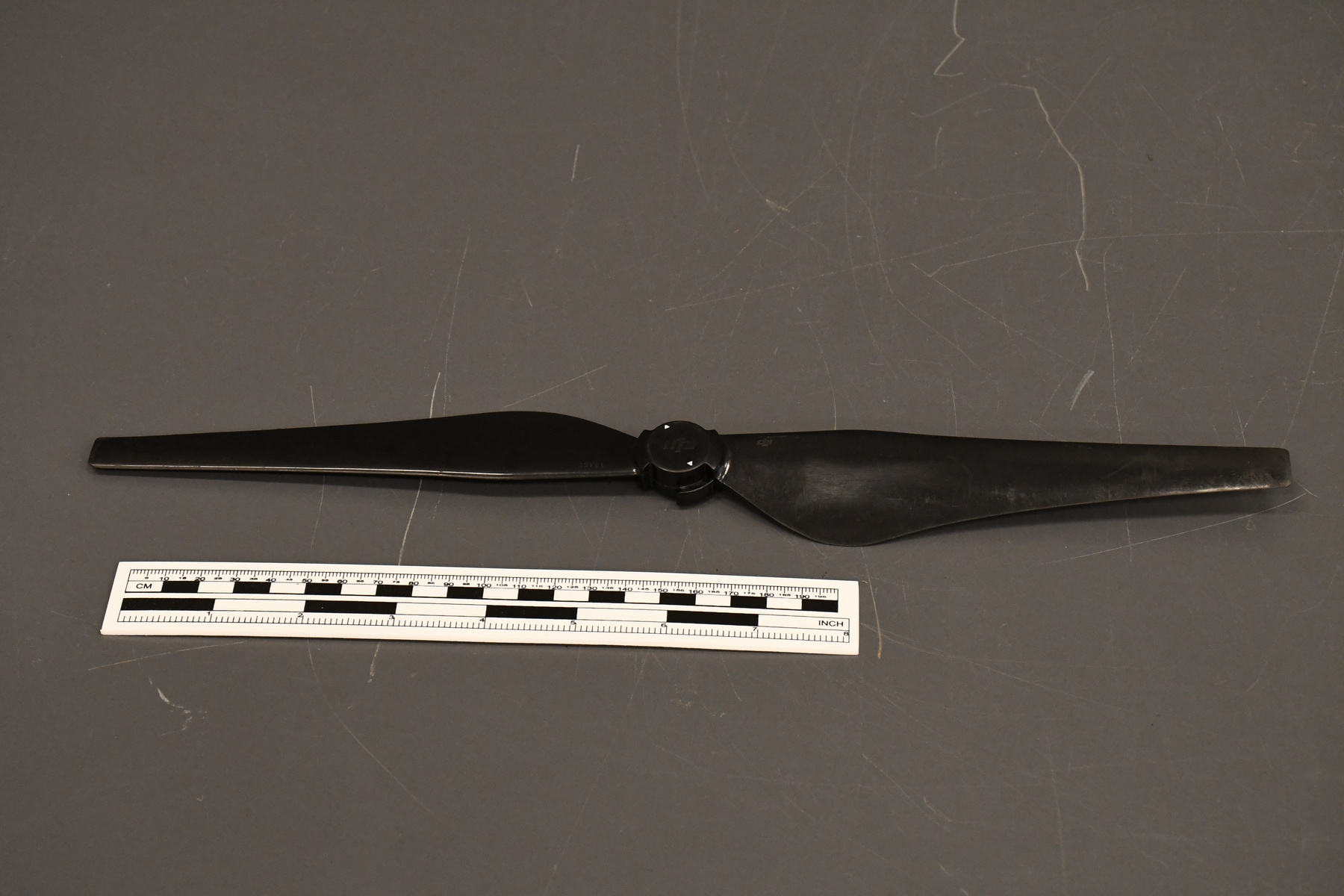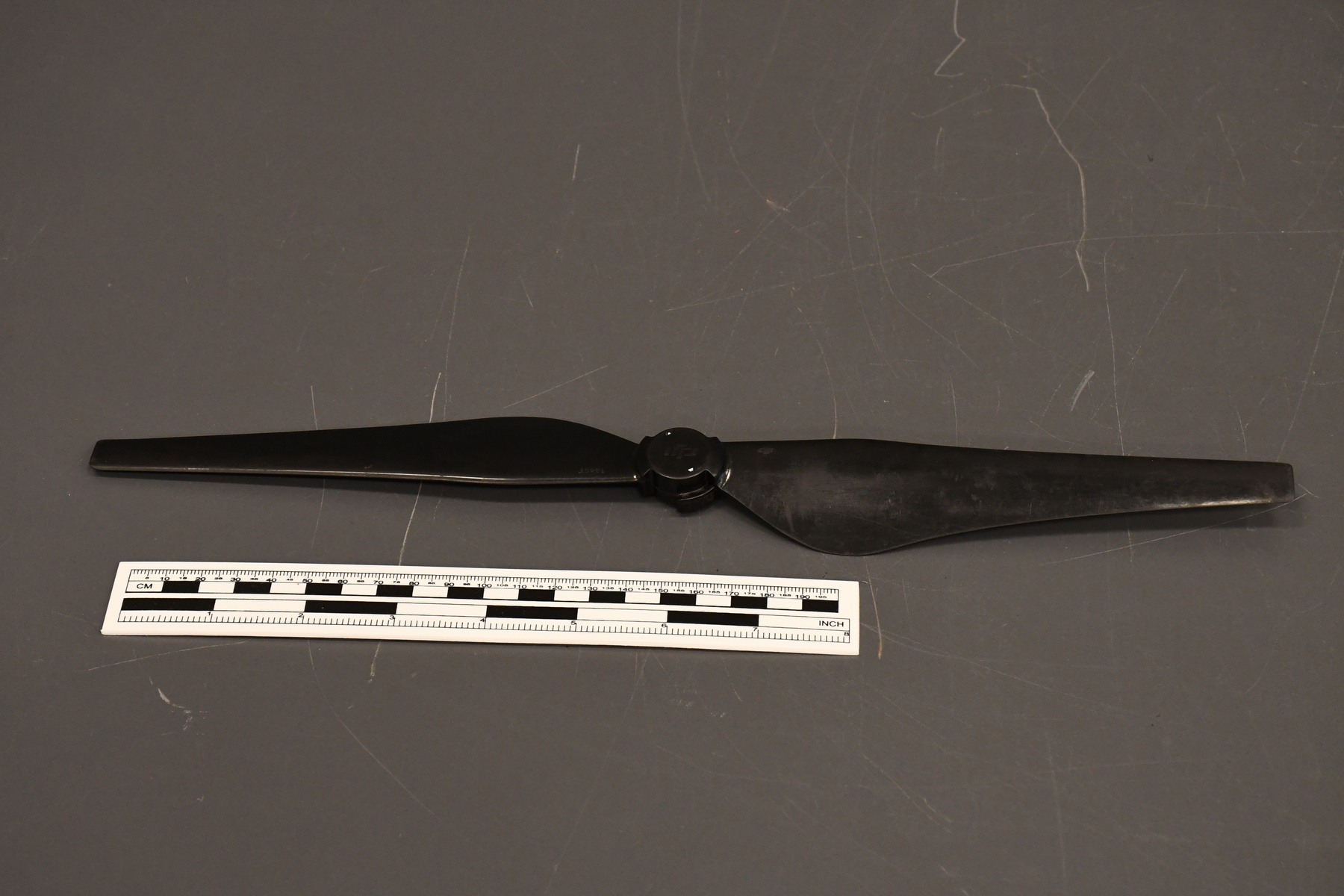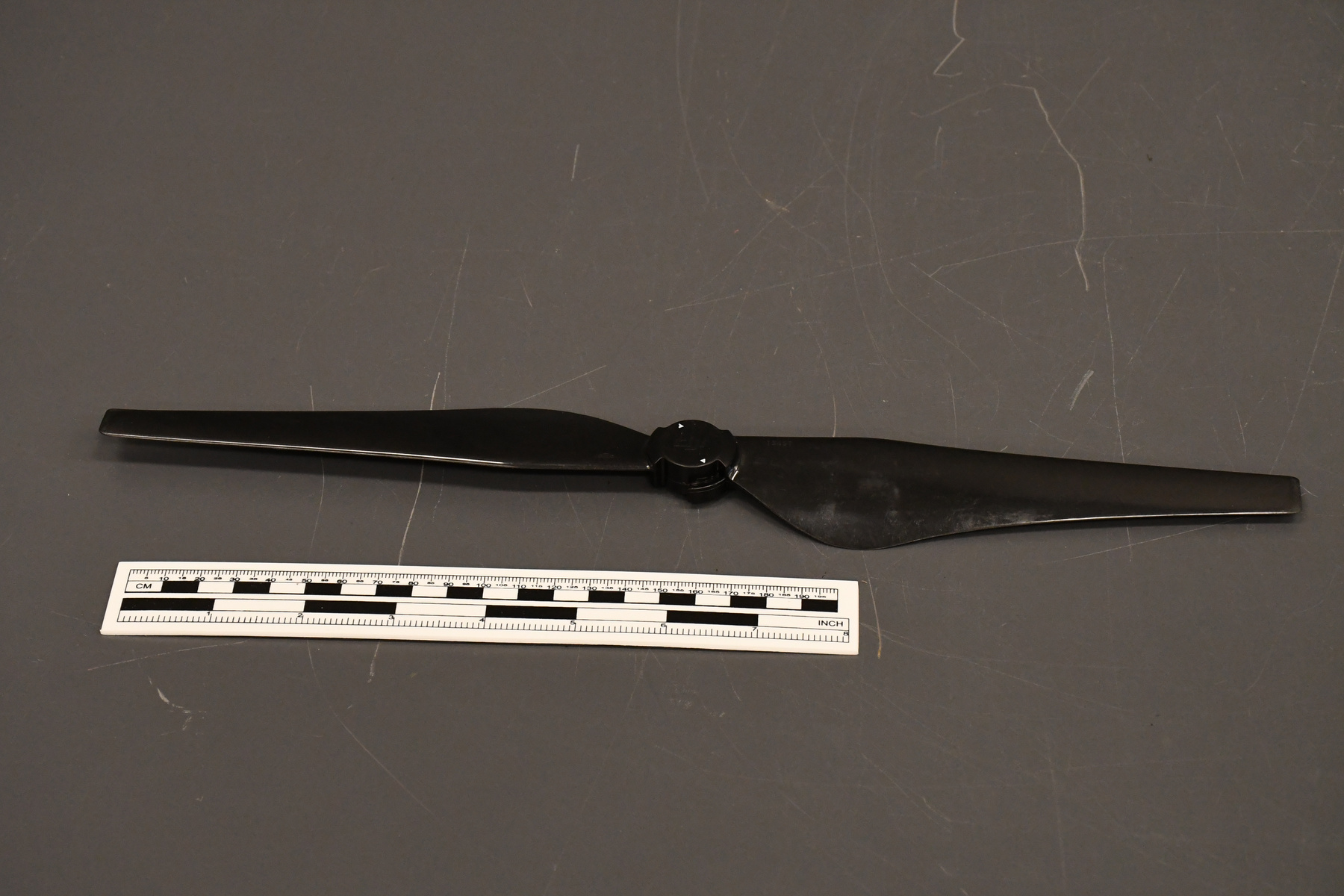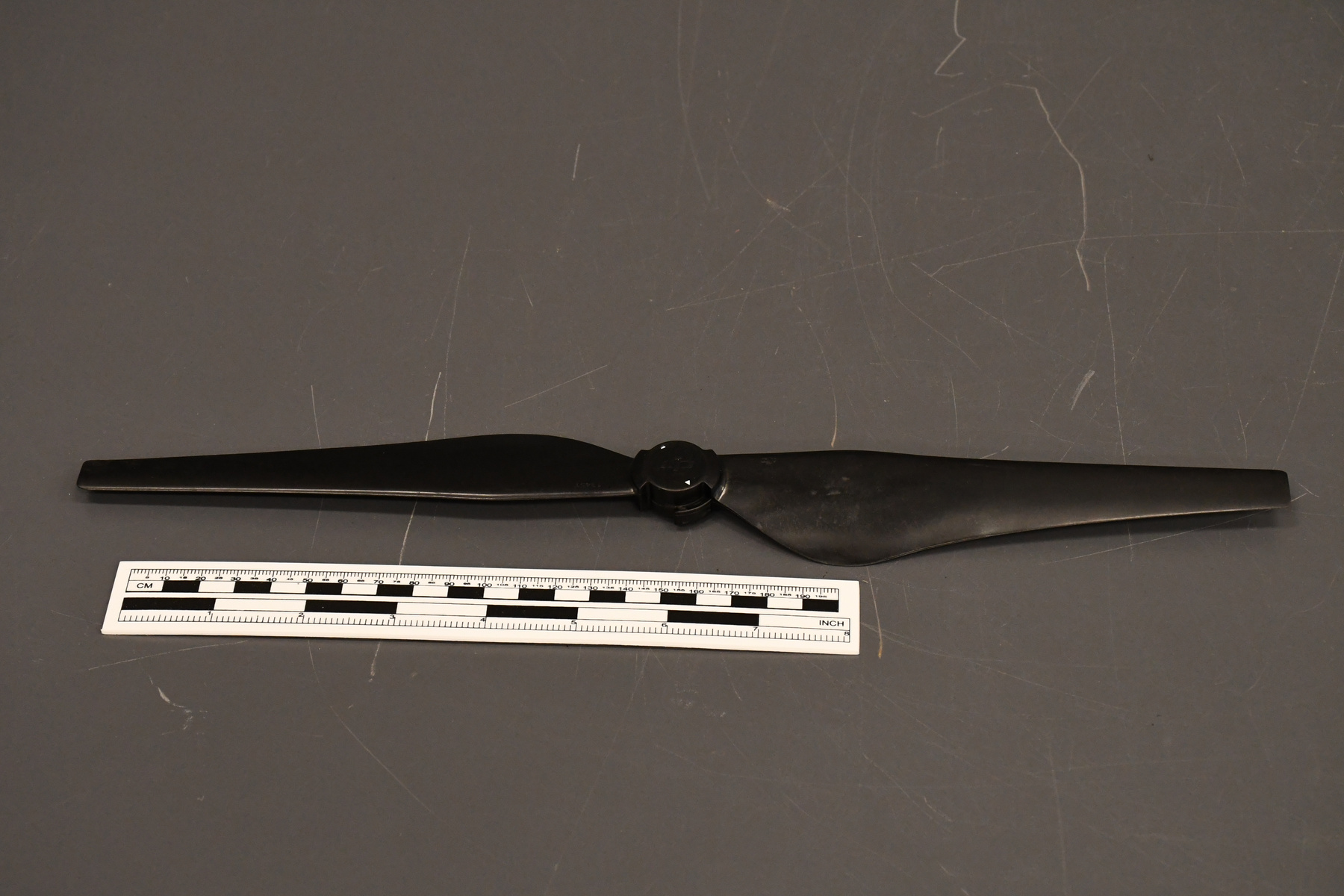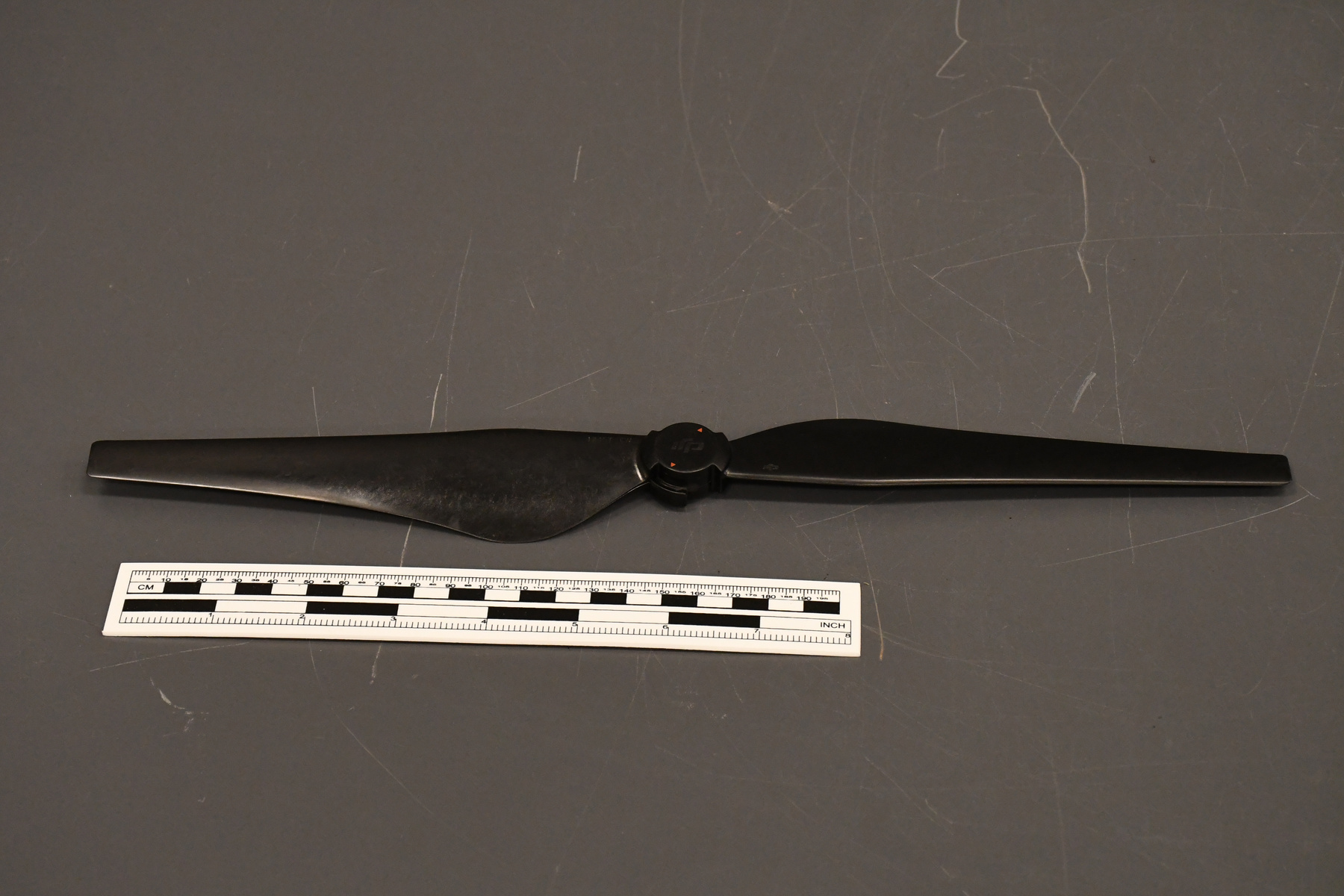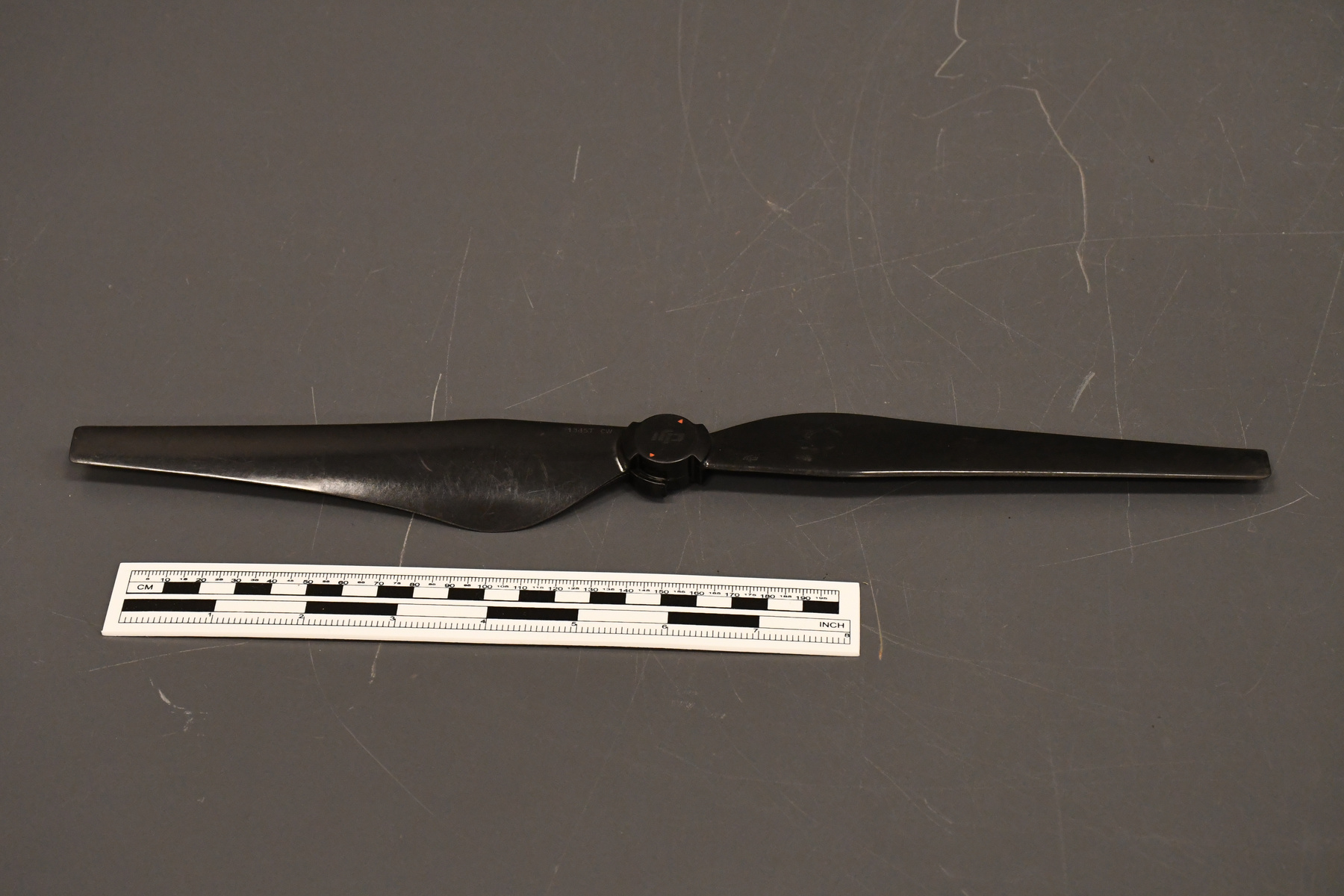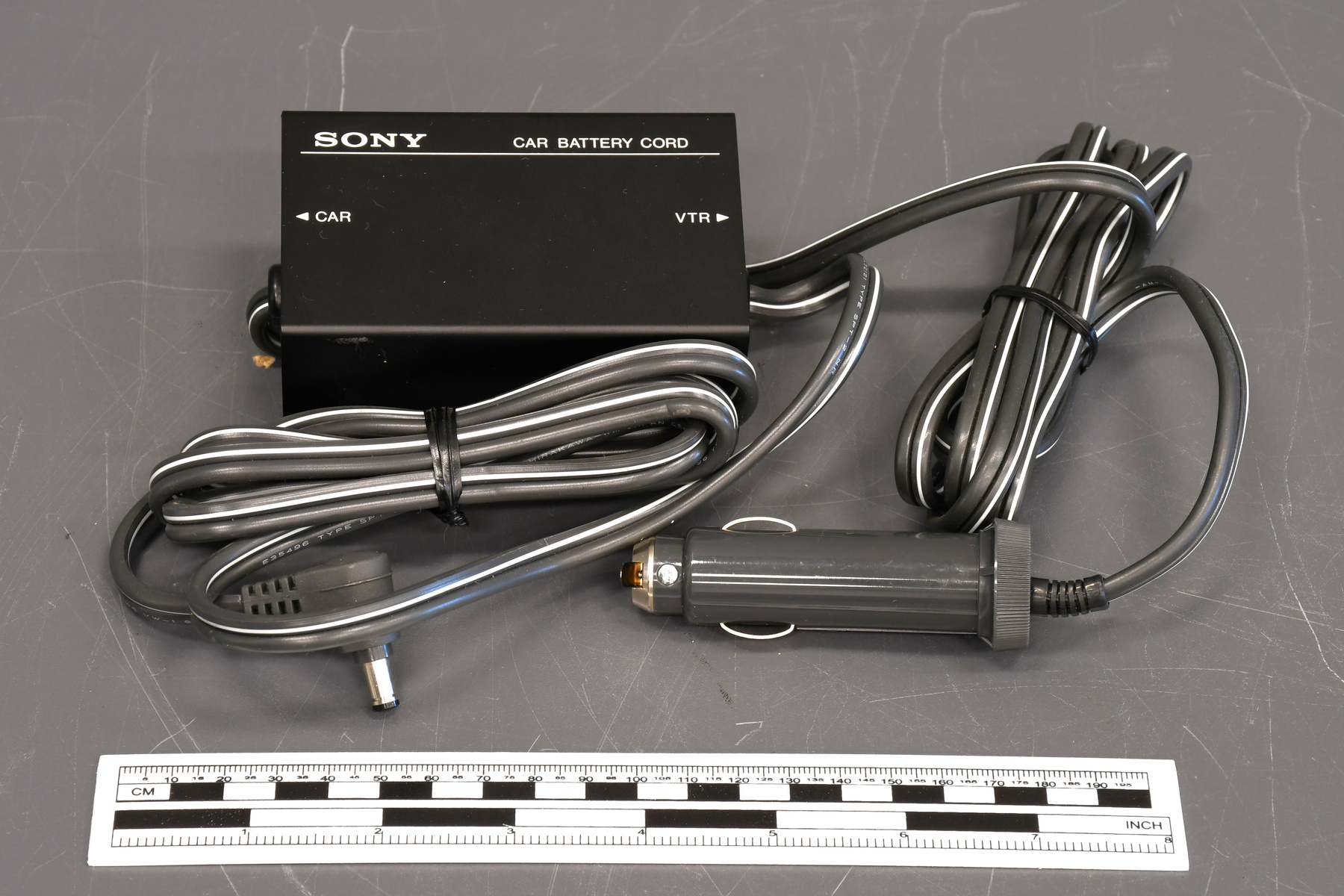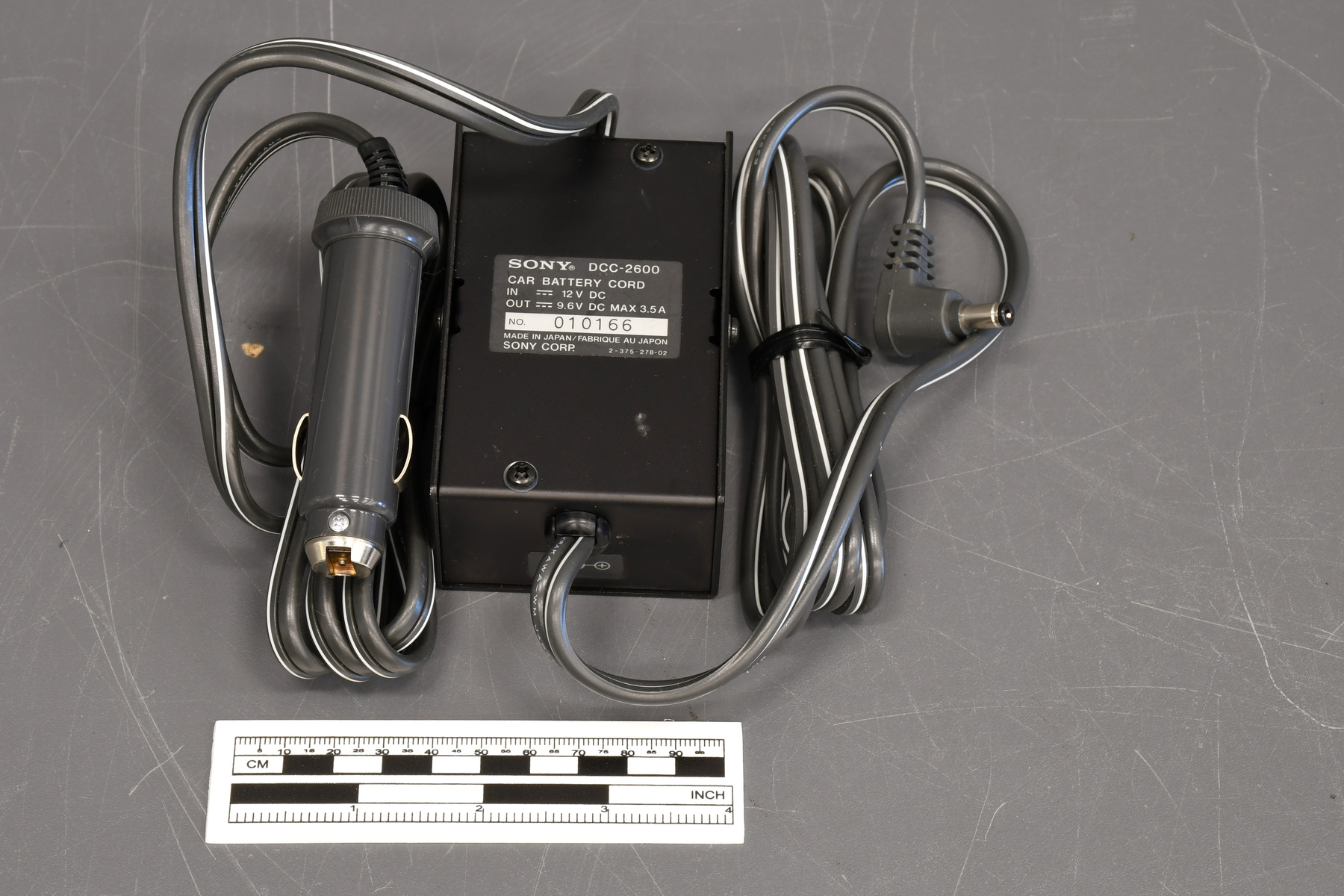Charger, battery
Use this image
Can I reuse this image without permission? Yes
Object images on the Ingenium Collection’s portal have the following Creative Commons license:
Copyright Ingenium / CC BY-NC-ND (Attribution-NonCommercial 4.0 International (CC BY-NC 4.0)
ATTRIBUTE THIS IMAGE
Ingenium,
2017.0382.003
Permalink:
Ingenium is releasing this image under the Creative Commons licensing framework, and encourages downloading and reuse for non-commercial purposes. Please acknowledge Ingenium and cite the artifact number.
DOWNLOAD IMAGEPURCHASE THIS IMAGE
This image is free for non-commercial use.
For commercial use, please consult our Reproduction Fees and contact us to purchase the image.
- OBJECT TYPE
- car
- DATE
- 1983–1985
- ARTIFACT NUMBER
- 2017.0382.003
- MANUFACTURER
- Sony Corp.
- MODEL
- DCC-2600
- LOCATION
- Tokyo, Japan
More Information
General Information
- Serial #
- 010166
- Part Number
- 3
- Total Parts
- 47
- AKA
- car battery cord
- Patents
- N/A
- General Description
- An artifact comprised of synthetic and metal elements/Un objet fait avec des éléments synthétiques et aussi en métal.
Dimensions
Note: These reflect the general size for storage and are not necessarily representative of the object's true dimensions.
- Length
- 21.5 cm
- Width
- 18.5 cm
- Height
- 4.0 cm
- Thickness
- N/A
- Weight
- N/A
- Diameter
- N/A
- Volume
- N/A
Lexicon
- Group
- Communications
- Category
- Television
- Sub-Category
- N/A
Manufacturer
- AKA
- Sony
- Country
- Japan
- State/Province
- Unknown
- City
- Tokyo
Context
- Country
- Canada
- State/Province
- Alberta
- Period
- 1983-1985
- Canada
-
First introduced in 1983, the Betamovie BMC-110 camcorder offered Canadians the opportunity to record moving images with a single unit. This particular camcorder was purchased in Alberta by the donor’s father. It was used to shoot family videos and commercials for the Holt tree Spade. This was the first generation of true beta video camera/recorders with integrated cassettes. The donor felt that this technology was easy to use and that it would help him preserve memories for the family and boost business for the sale of Tree spades. Like with many early forms of technology, this camera was very seldom used and by 1985, the donor had replaced it with a VHS camcorder for home use. Le Caméscope Betamovie BMC-110 était introduit en 1983. Il a permis au canadiens d'enregistrer des images mobiles avec une seule machine. Le père du donateur à acheter ce caméscope en Alberta avec le but de filmer des annonces pour la compagnie Holt tree Spade et aussi des vidéos familiales. Ce caméscope faisait partie de la première génération des caméscopes beta avec des cassettes intégrées. Le donateur trouvait que la technologie était facile à utiliser et qu'il pouvait aider à préserver moments et des souvenirs familiales. Il voyait aussi une autre avenue pour ce caméscope. Le donateur croyait qu'il pouvait augmenter les vents de Tree spades. Comme la plupart des versions de technologie dans leurs enfances, ce caméscope était rapidement surpassé avec des versions améliorer. Après 1985 le donateur a opté de remplacer le caméscope avec une version qui enregistrait sur un format VHS. - Function
-
This battery charger was used to recharge the battery for the Betamovie BMC-110 camcorder. Ce chargeur de batterie était utilisé pour alimenter les batteries du caméscope Betamovie BMC-110. - Technical
-
Betamovie was the brandname for consumer grade camcorders developed by Sony to use the Betamax format. The Betamovie BMC-110 was the first consumer grade camcorder to combine a video camera and a Beta format video recorder. It is an example of the first generation of consumer grade Beta Camcorders (fully integrated cassette/recorder/player), making the Betamovie BMC-110 a significant technological step from commercial to consumer video recording technologies. Previous cameras were joined to separate video recorders by a cable, which make the technology heavy and difficult to use. By combining the recorder and the camera, Sony made filming much easier, and subsequent filming equipment adopted this configuration. The BMC-110 was the North American NTSC model, while the BMC-100P was the European PAL equivalent. Betamovie était la marque de commerce pour les consommateurs des caméscopes fabriqué par Sony pour utiliser le format Betamax. Le Betamovie BMC-110 était le premier caméscope à combiner une caméra vidéo et un enregistreur vidéo en format Beta. Il est un exemple de la première génération des caméscopes Beta utilisé par le grand public qui était complètement intégré avec des cassettes, un enregistreur et un lecteur vidéo. Ceci a fait en sorte que le Betamovie BMC-110 à jouer un rôle technologique primordiale pour la transition des enregistrements vidéo graphiques entre la zone du commerce et celui des consommateurs. Précédemment, les caméras avaient besoin d'un enregistreur de vidéos séparé. Les deux étaient liés avec un câble, mais cela rendait la technologie pesante et difficile à utiliser. Sony a augmenté la facilité de filmer avec en créant une machine qui combinait un enregistreur et une caméra. La combinaison a aussi influencé l'équipement de l'industrie de film à adopter une configuration similaire. Le BMC-110 était le modèle NTSC du Nord d'Amérique et celui de l'Europe qui était l'équivalent PAL était nommée le BMC-100P. - Area Notes
-
Unknown
Details
- Markings
- On the front of the battery charger/Sur le devant du chargeur de batterie:"SONY, CAR BATTERY CORD/CAR, VTR", On the back of the battery charger/À l'arrière du chargeur de batterie:"SONY DCC-2600/CAR BATTERY CORD/IN 12V DC/OUT 9.6V, DC MAX 3.5A/NO.010166/MADE IN JAPAN/FABRIQUE AU JAPON/SONY CORP.,2-375-278-02".
- Missing
- Appears complete/L'objet a toutes ces pièces.
- Finish
- A battery charger that has a body made of black synthetic material that is in the form of a rectangle. It has white lettering on both its front and back. A grey cable extends from both the top and bottom of the body of the charger. Both cables are made of synthetic material. The top cable has two metal arms and a metal nose that are used to secure the charger into the lighter port of an automobile. A caution label is also visible on this part of the adapter. The bottom cable has an adapter piece made of metal that is bent at a ninety-degree angle that also has a cylindrical head. Un chargeur de batterie qui a un corps fait en forme de rectangle avec du matériel synthétique de couleur noire. Il a un lettrage blanc sur sont devant et sont dos. Un câble gris ressort de sa tête et sont dessous. Les deux câbles sont faits avec du matériel synthétique. Le câble qui ressort de la tête a deux bras en métal et un nez fait avec le même matériel qui sont utilisés pour l'insérer dans un allumoir d'auto. Une étiquette de mis en garde est aussi visible sur cet adaptateur. Celui qui sort en dessous du corps du chargeur de batterie a un morceau adaptateur qui est fait en métal et il est plié a un angle de quatre-vingt-dix degrés avec une tête cylindrique.
- Decoration
- N/A
CITE THIS OBJECT
If you choose to share our information about this collection object, please cite:
Sony Corp., Charger, battery, circa 1983–1985, Artifact no. 2017.0382, Ingenium – Canada’s Museums of Science and Innovation, http://collection.ingeniumcanada.org/en/item/2017.0382.003/
FEEDBACK
Submit a question or comment about this artifact.
More Like This

